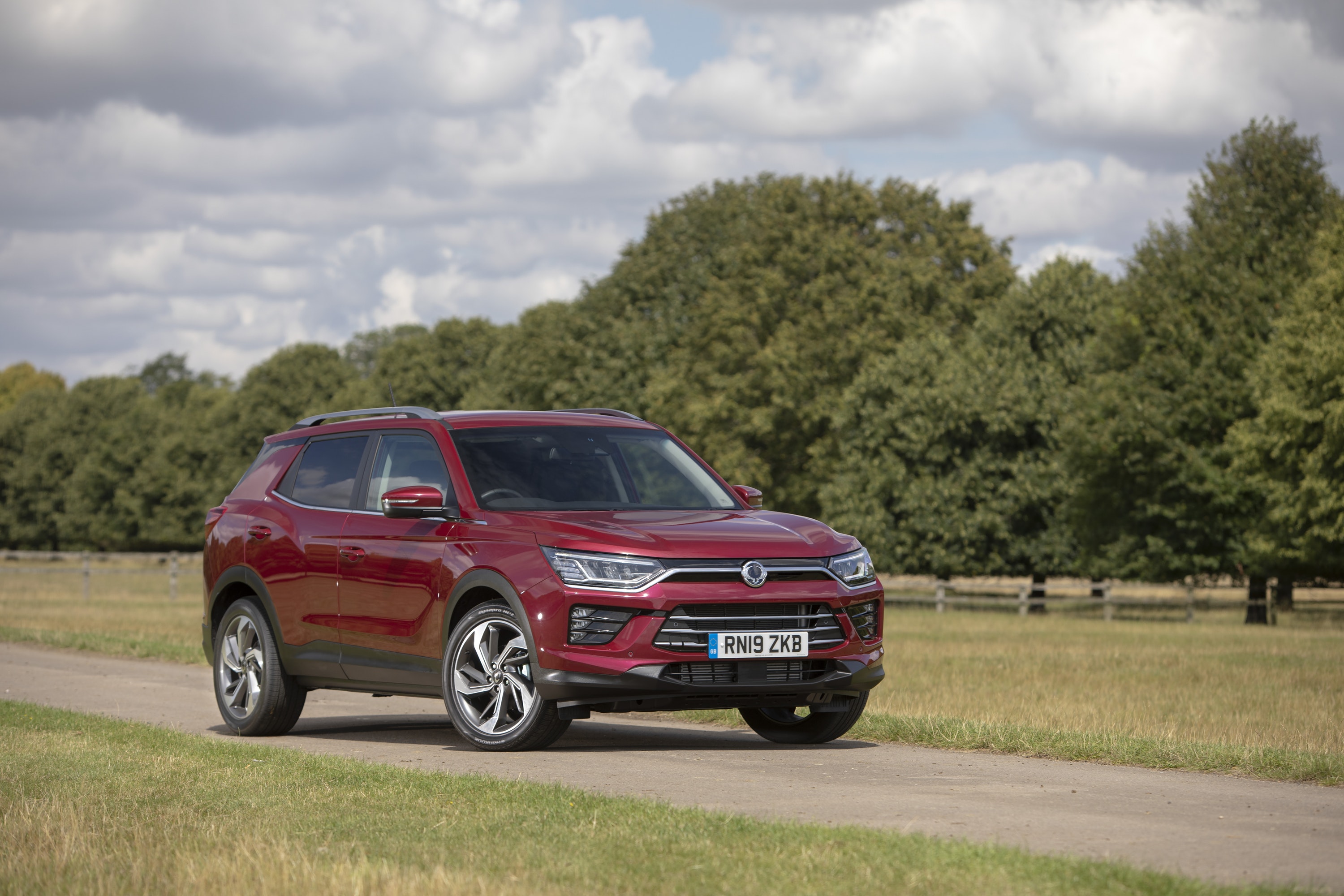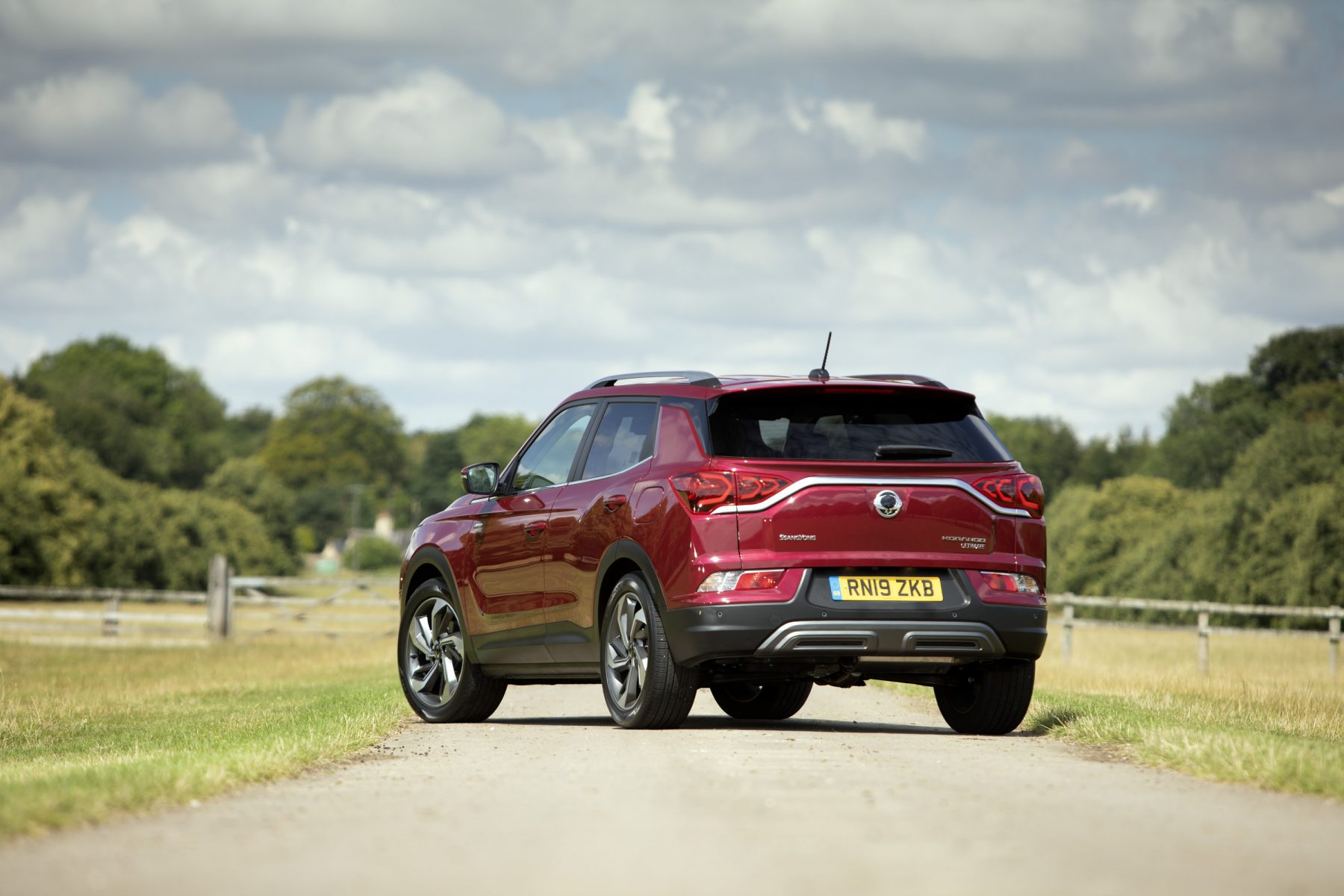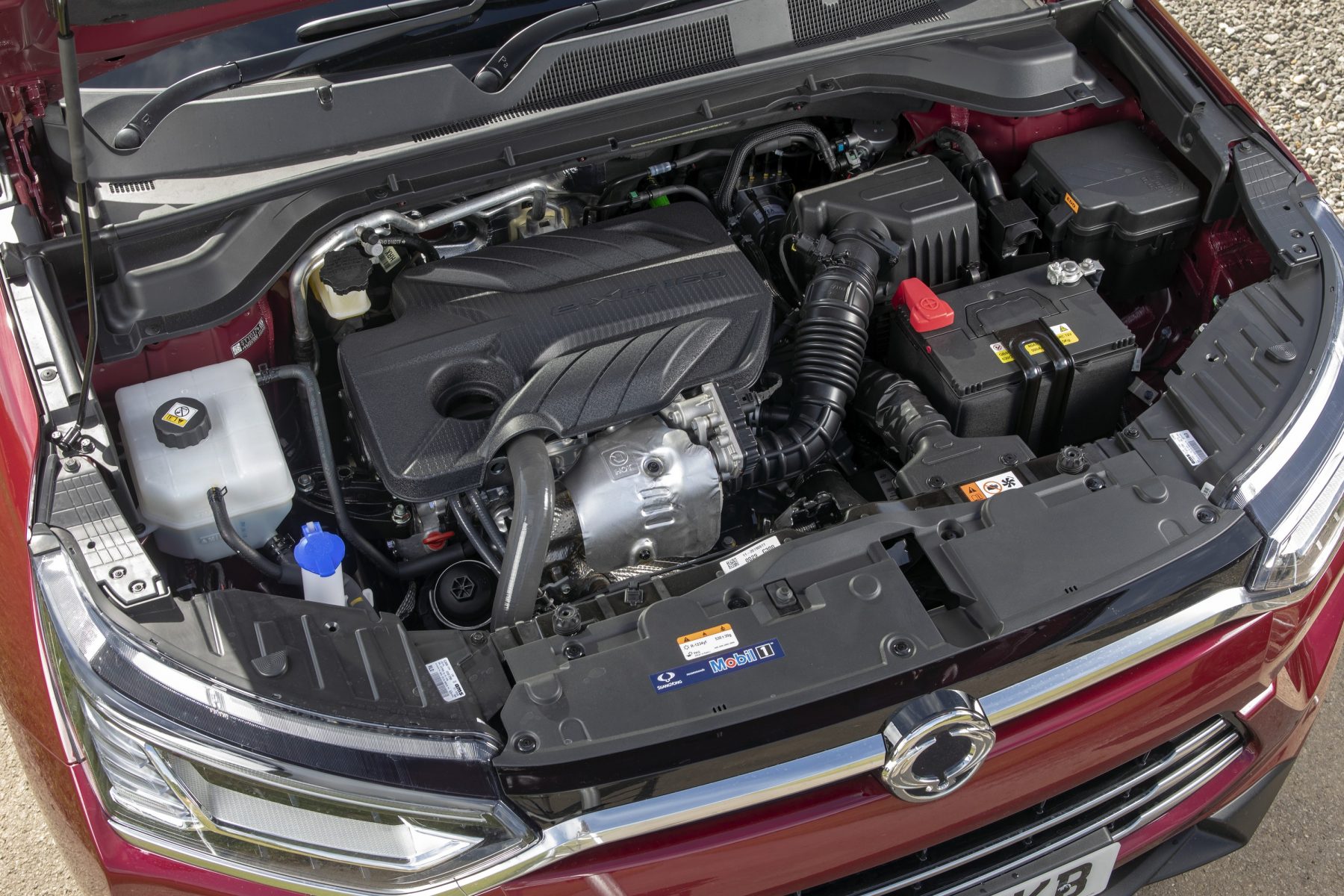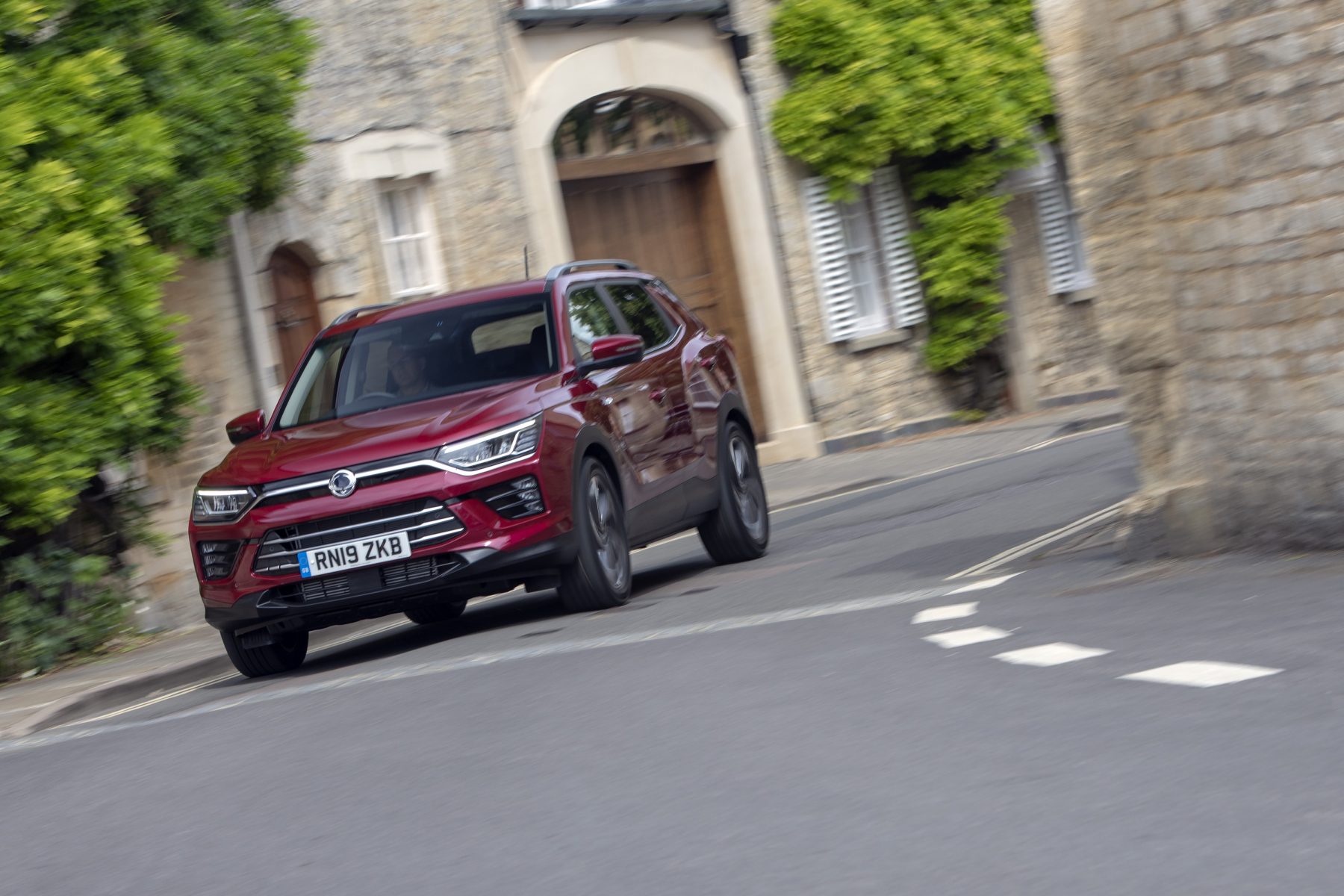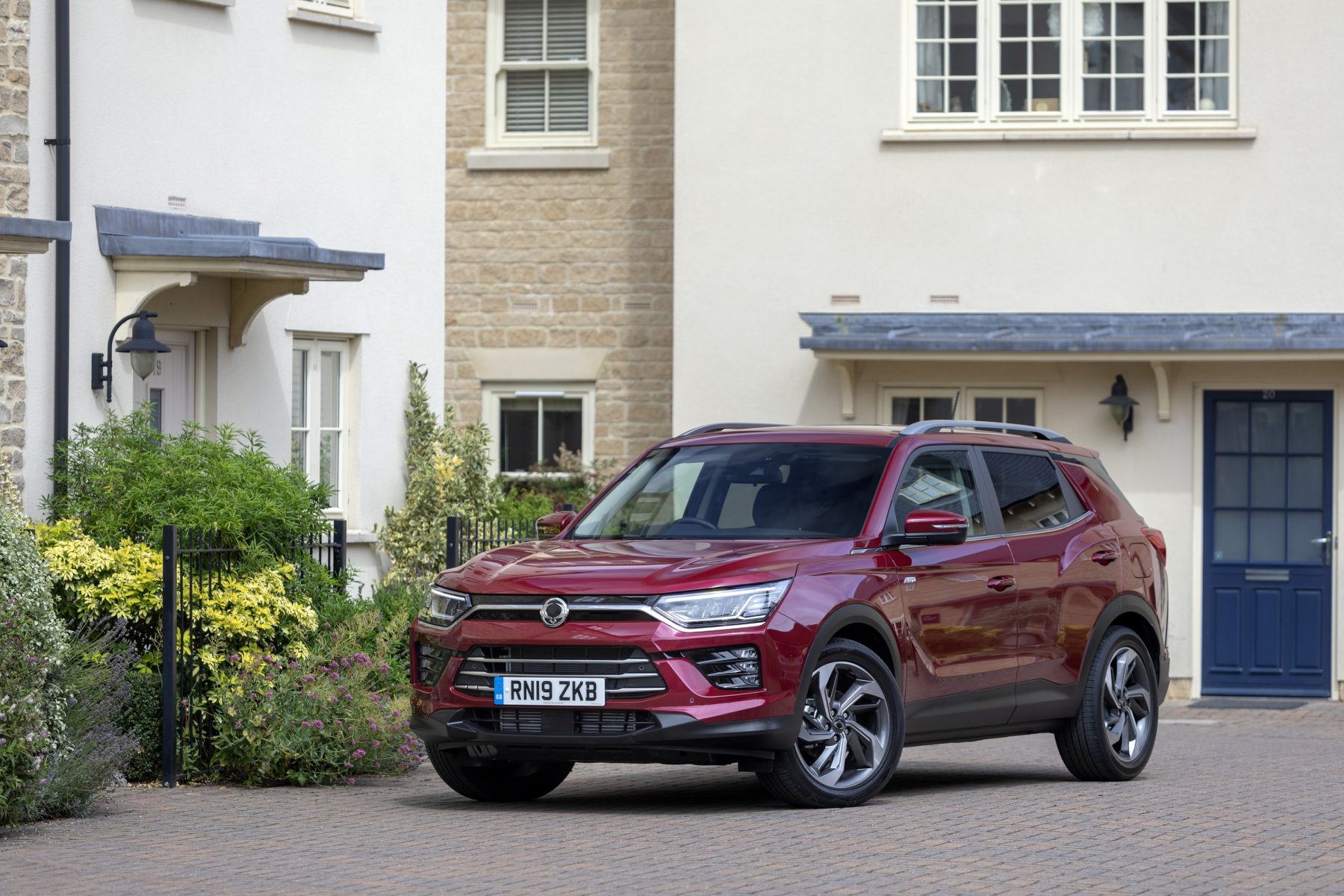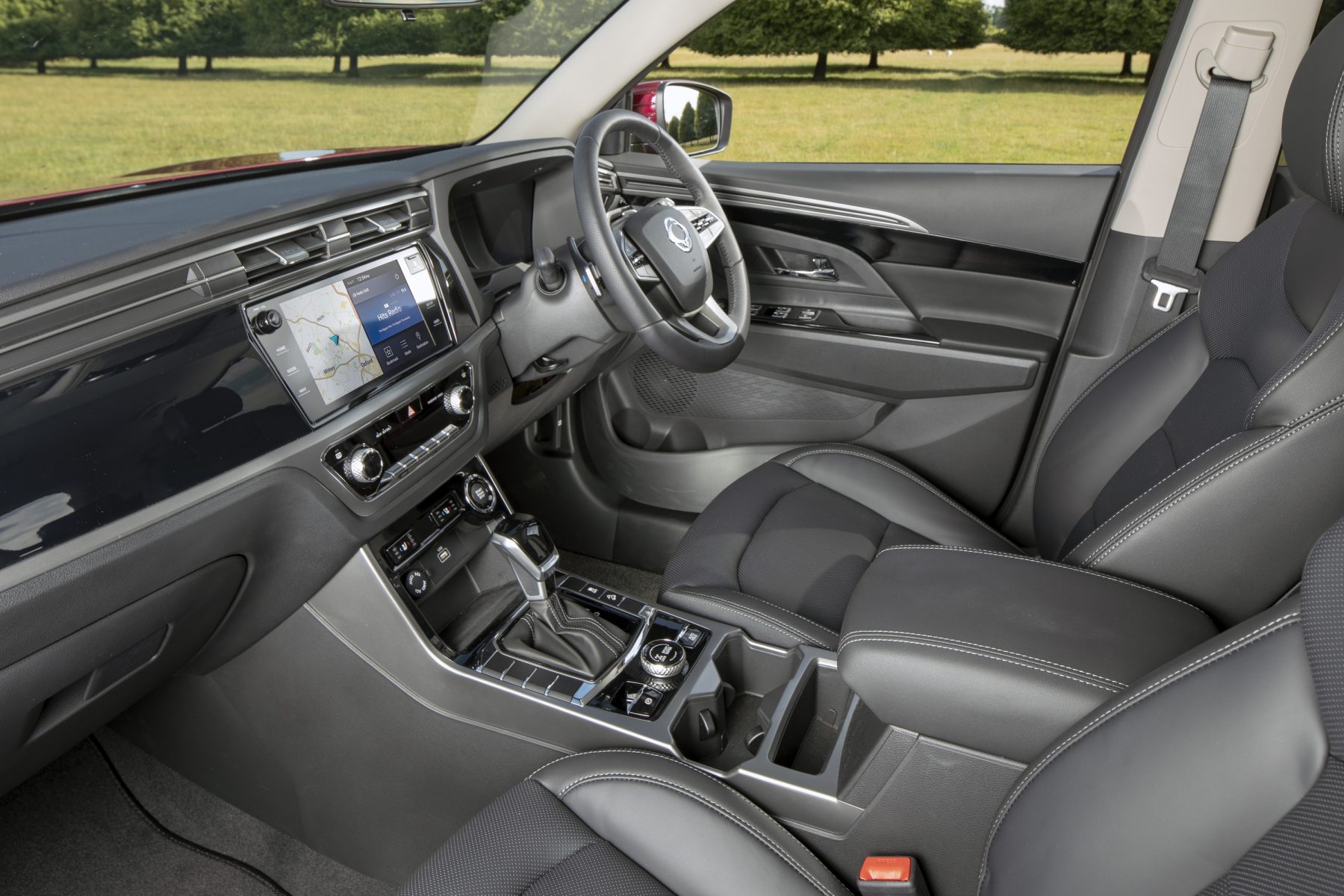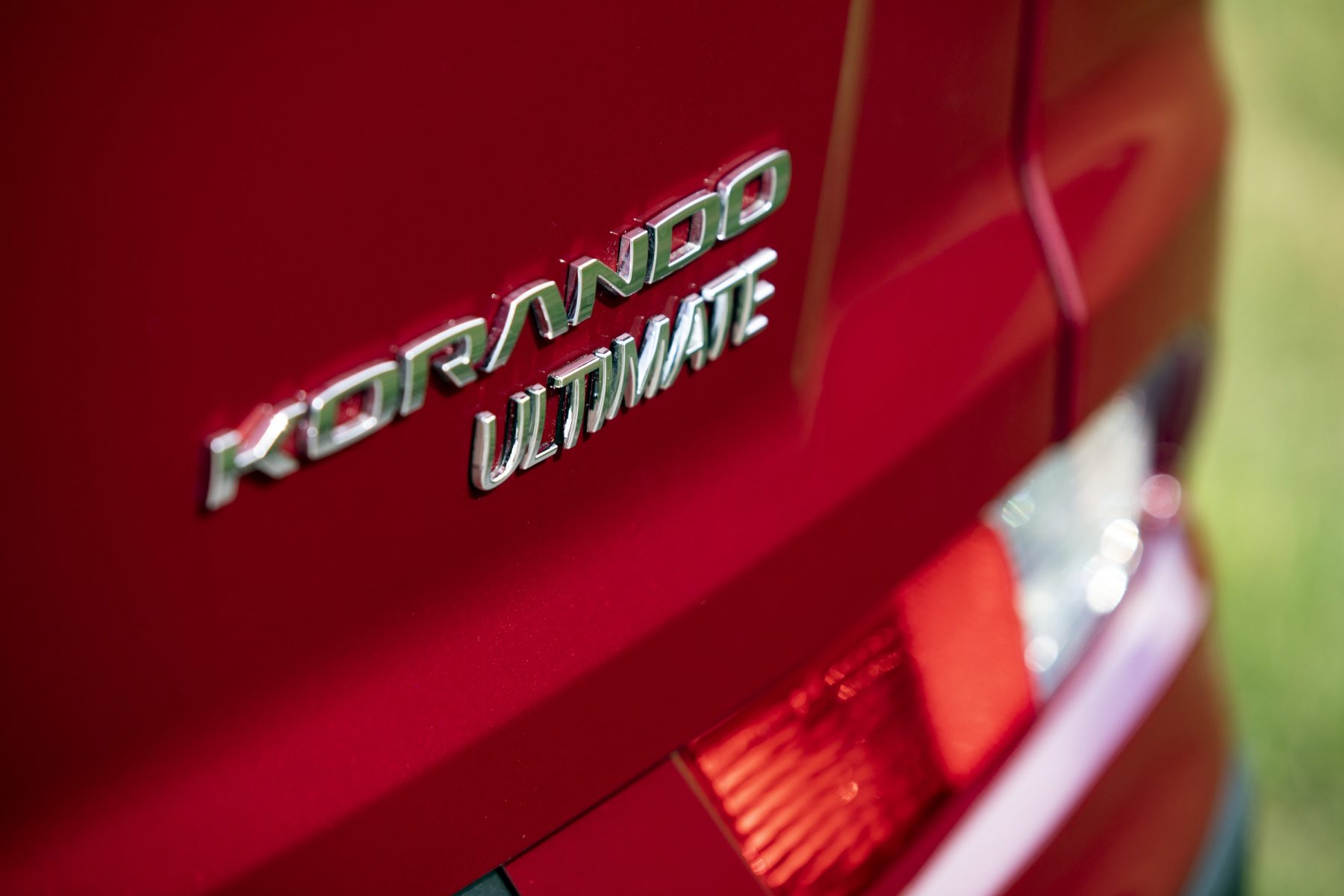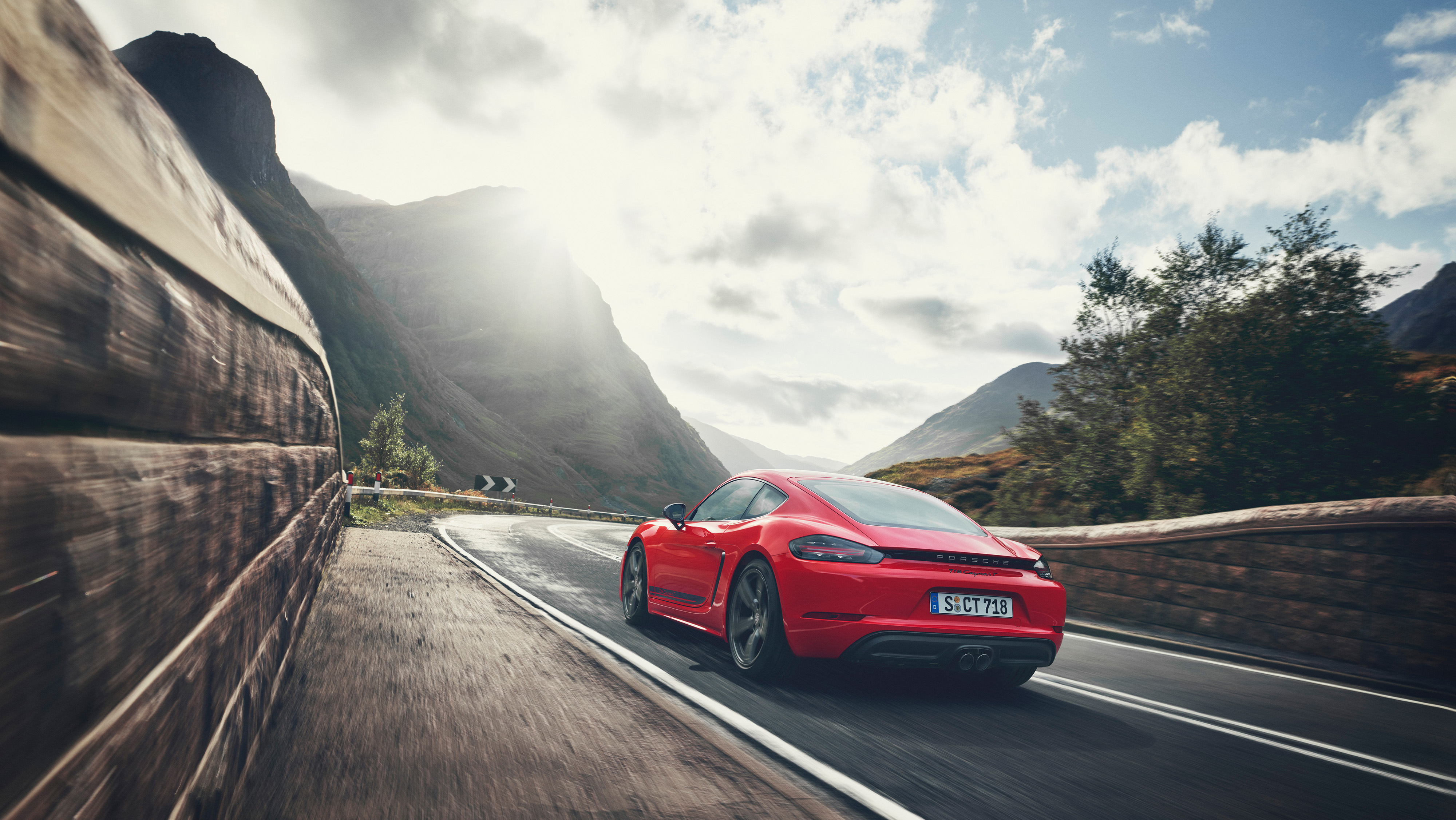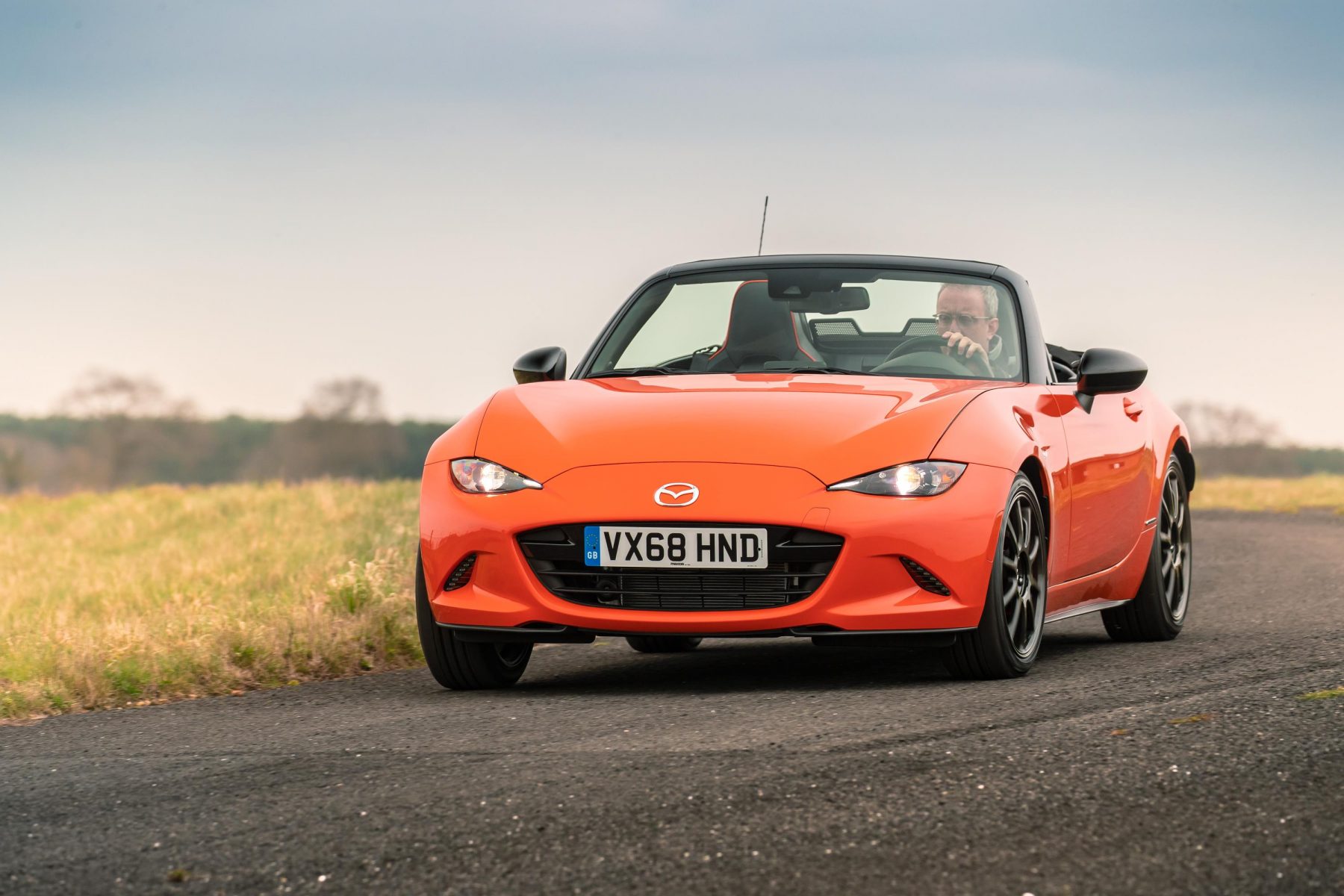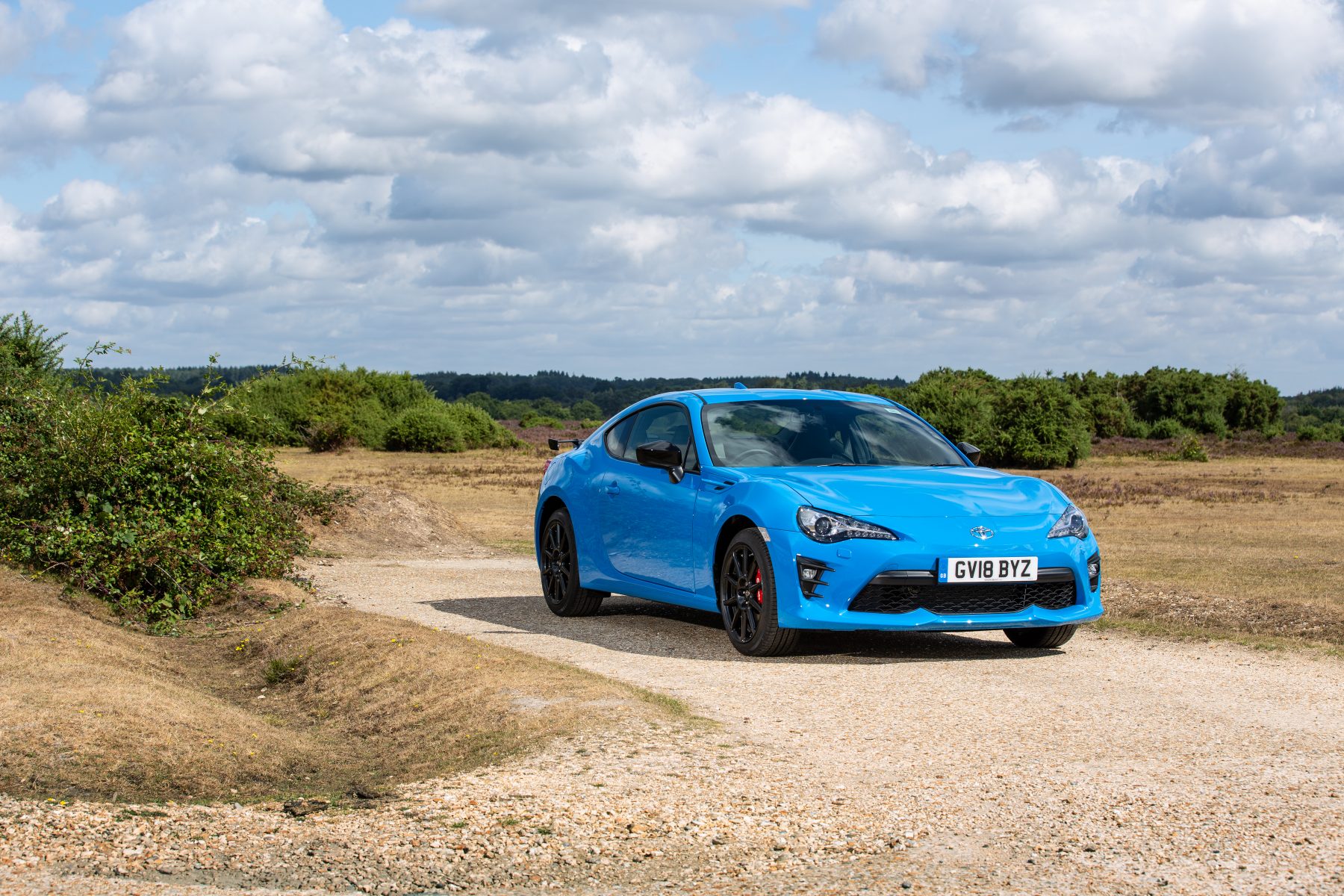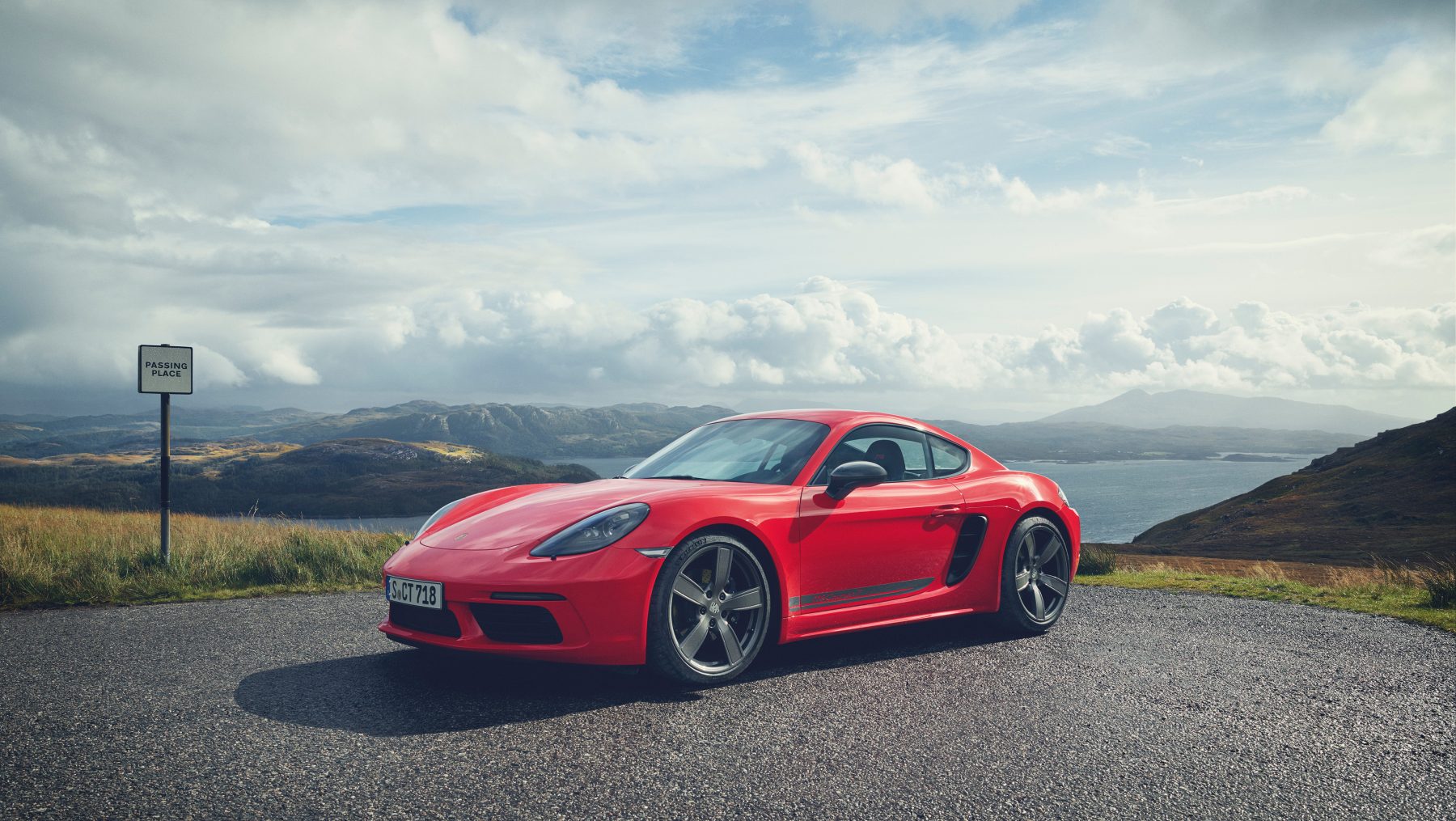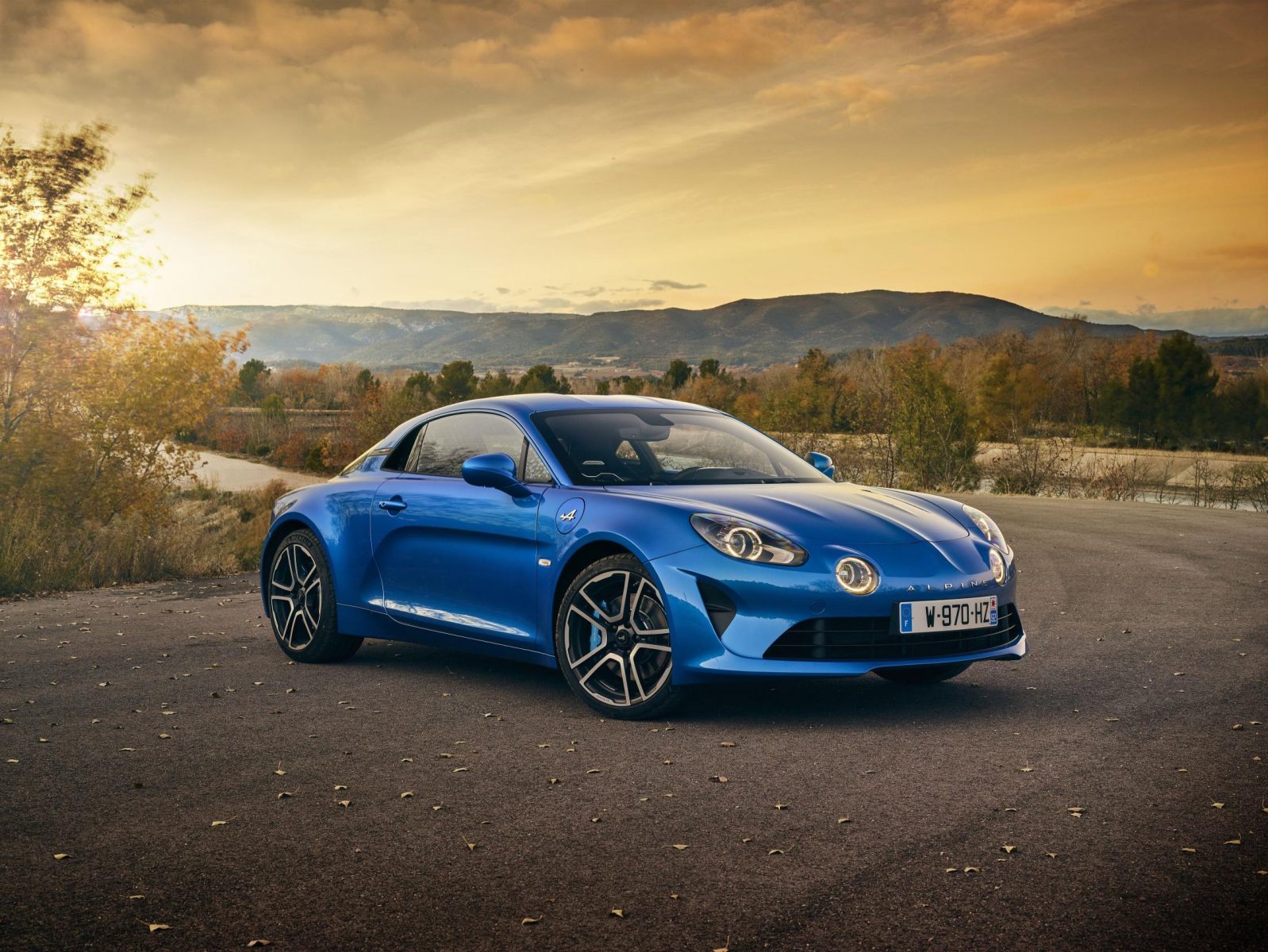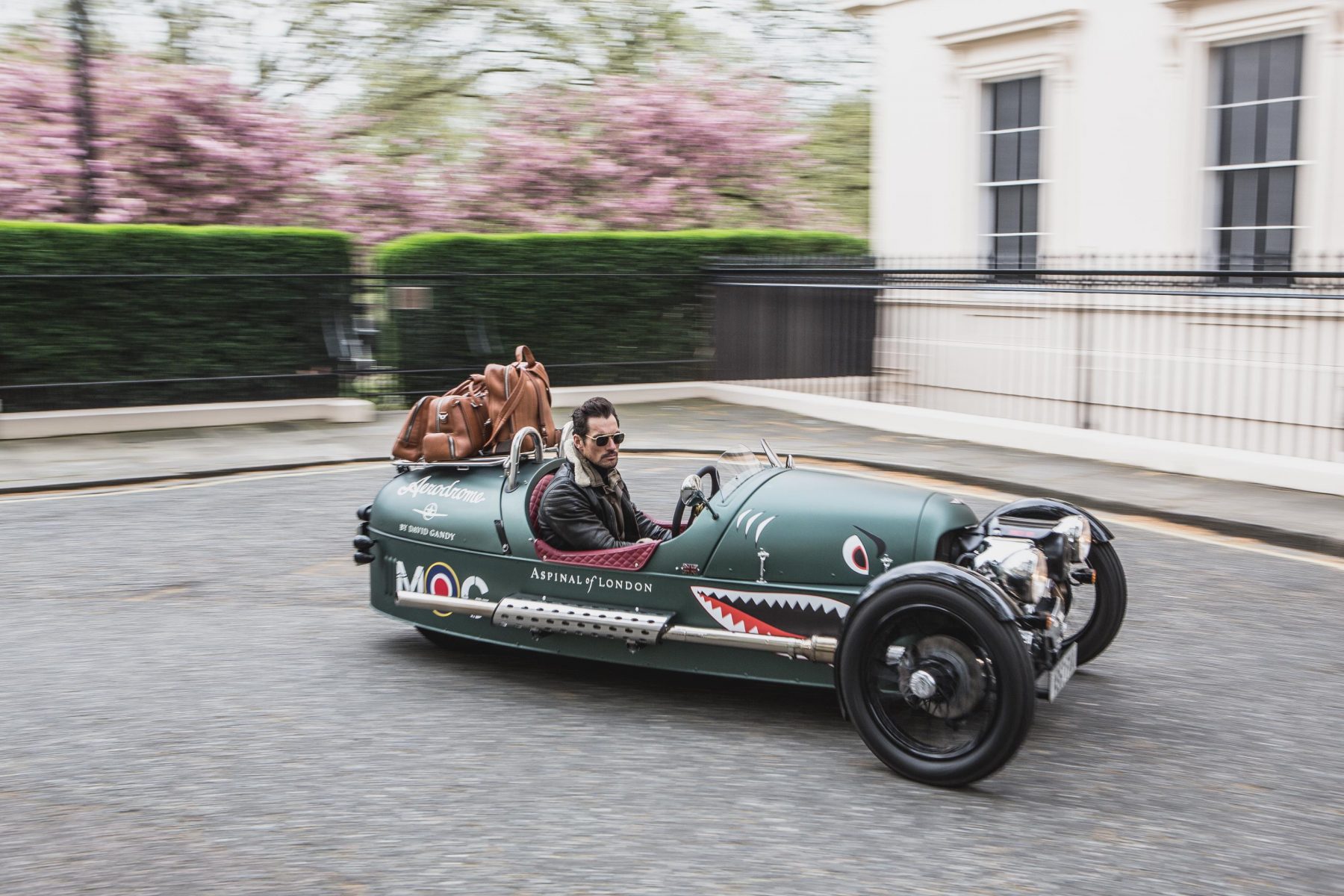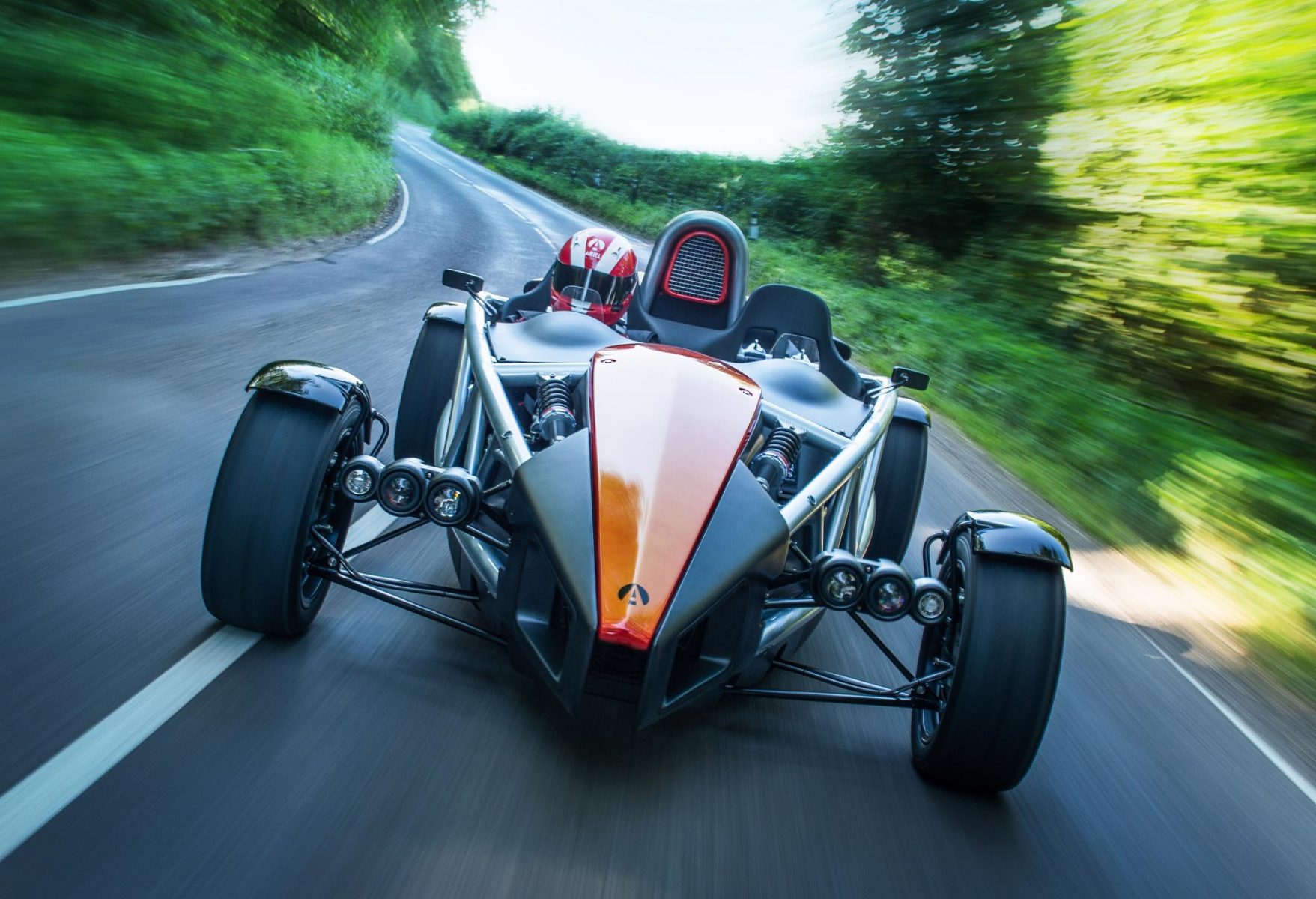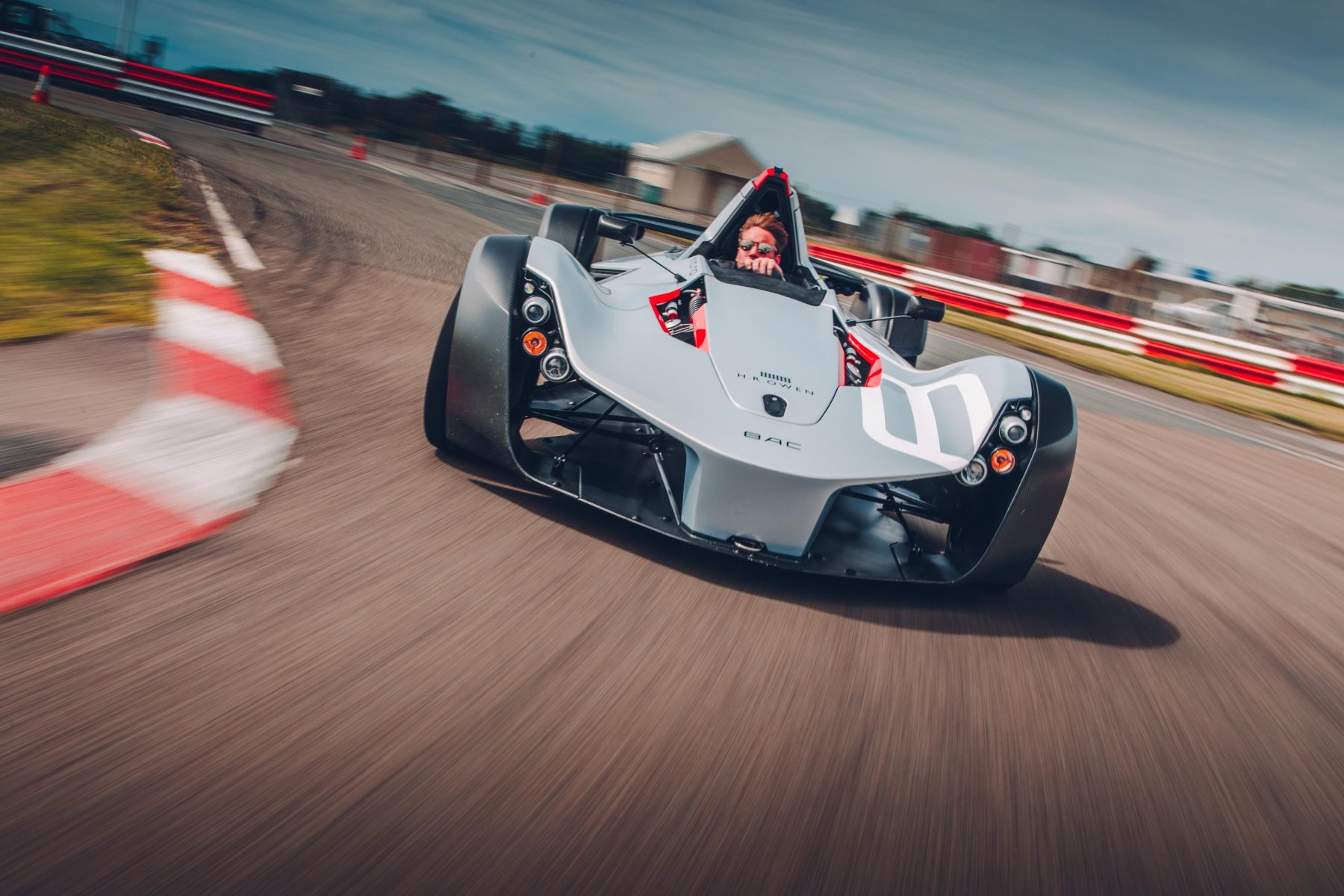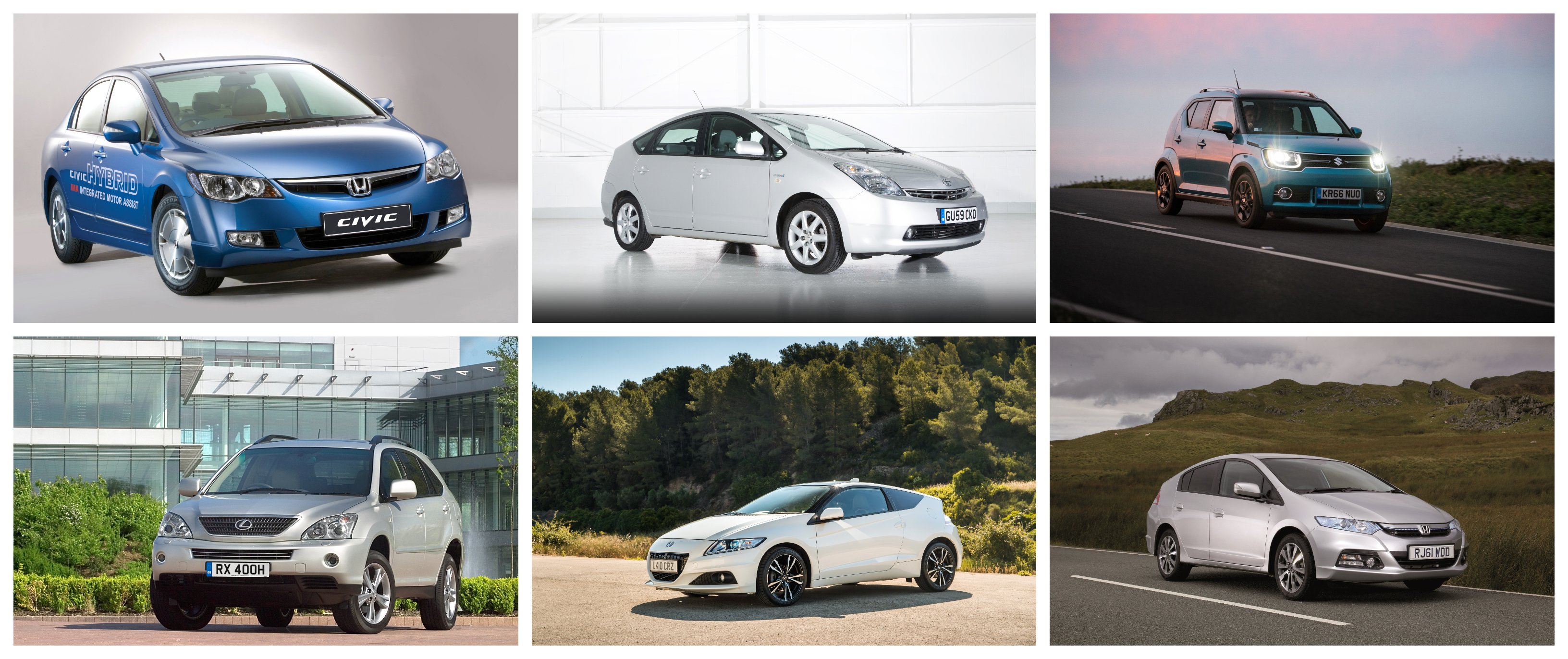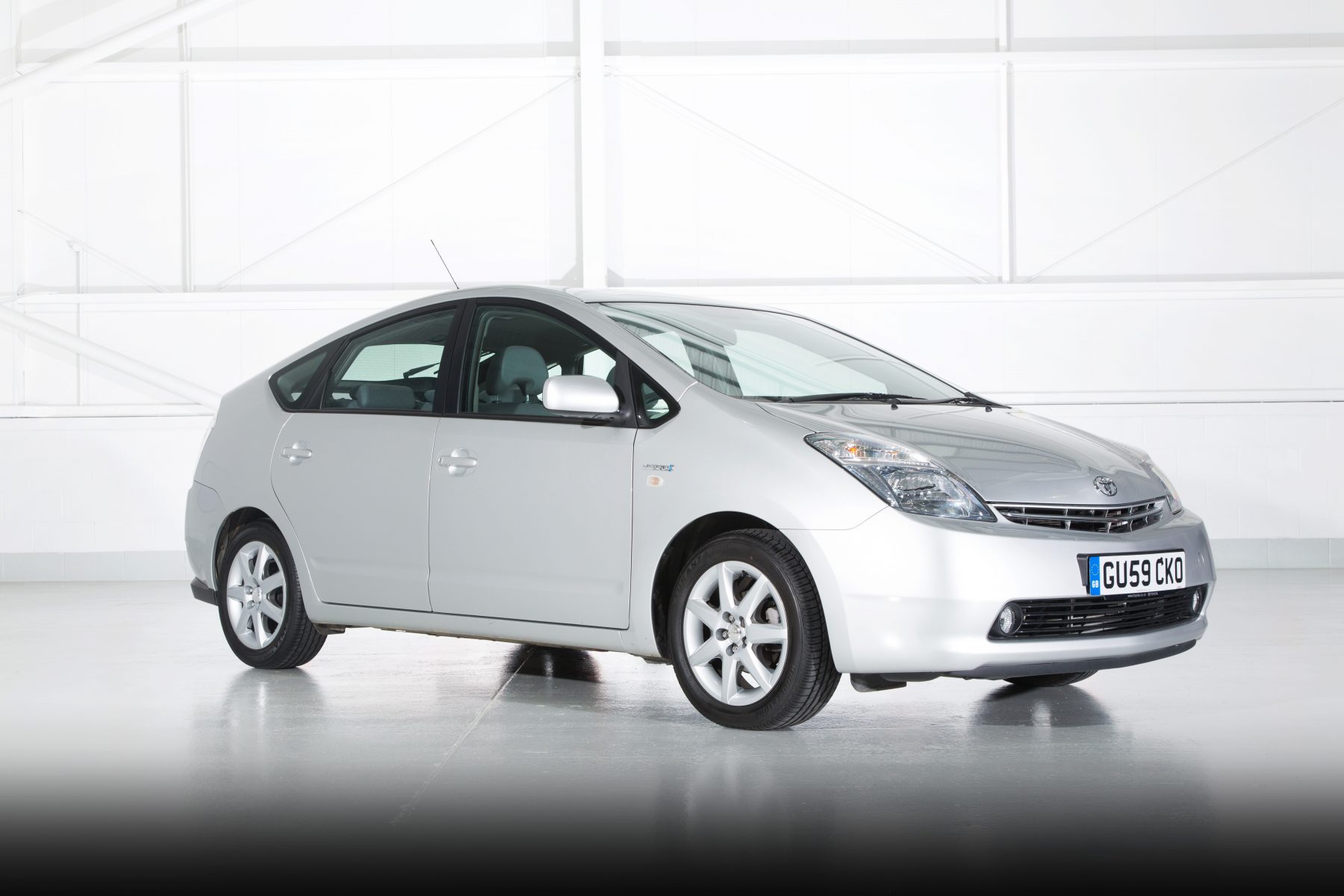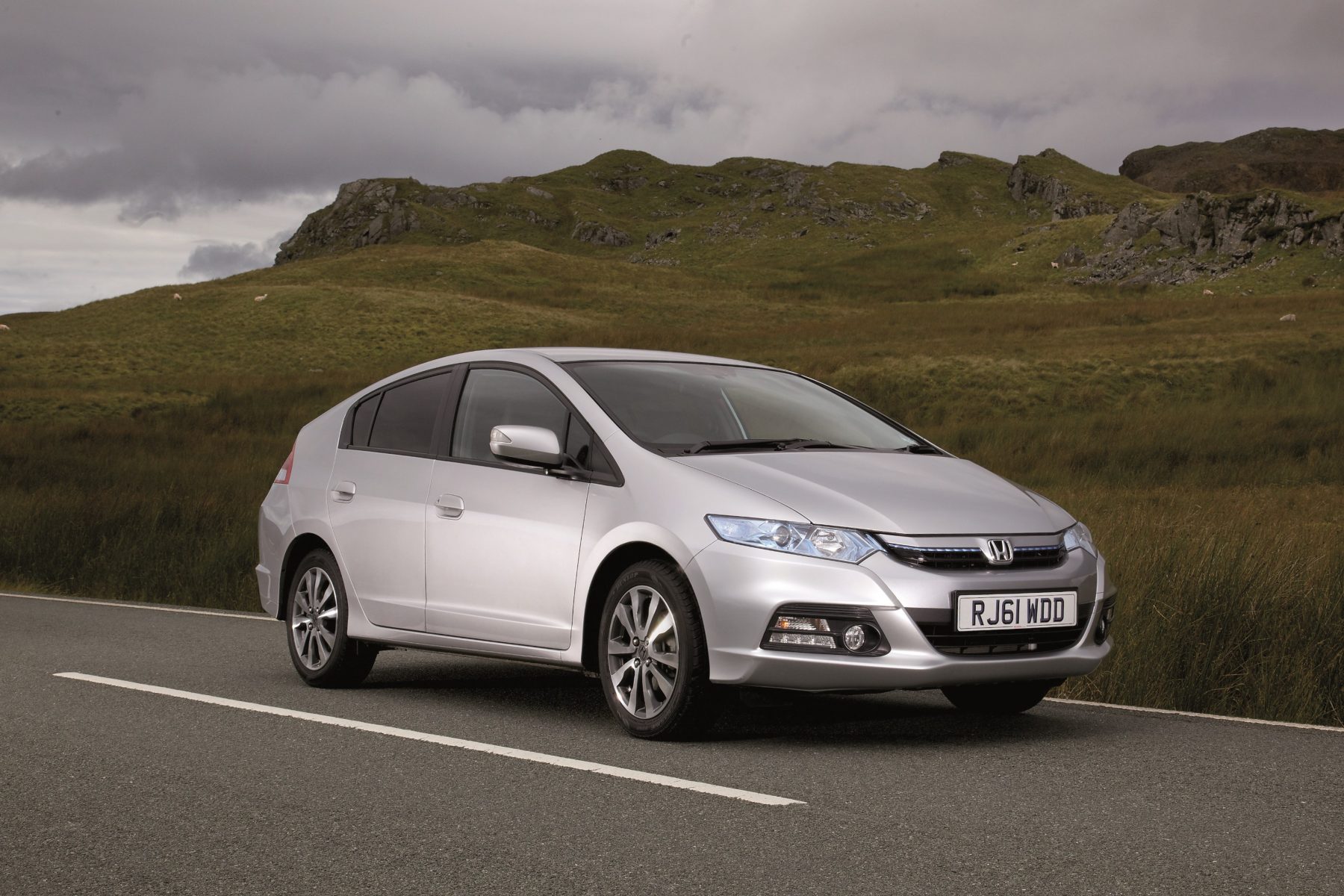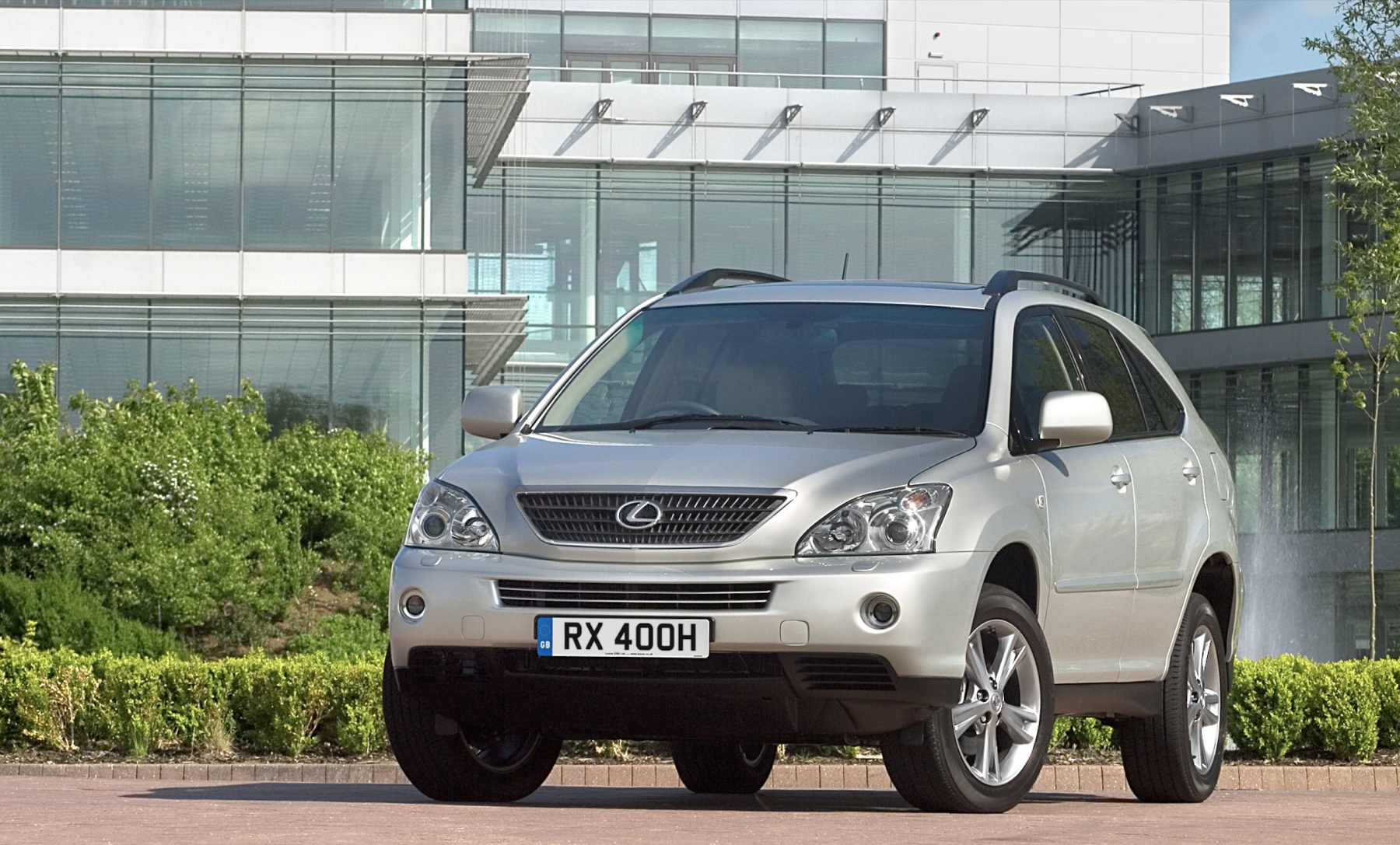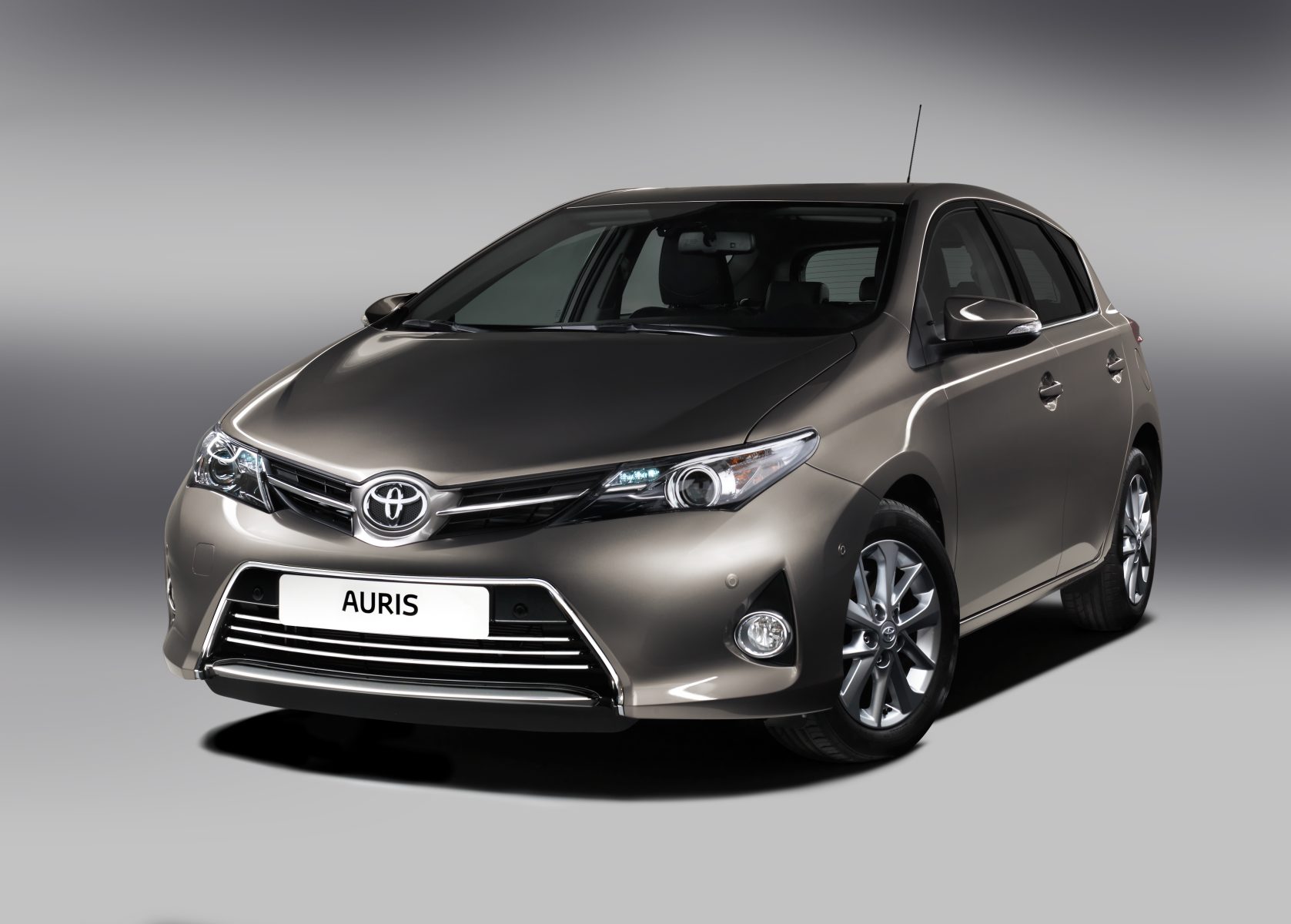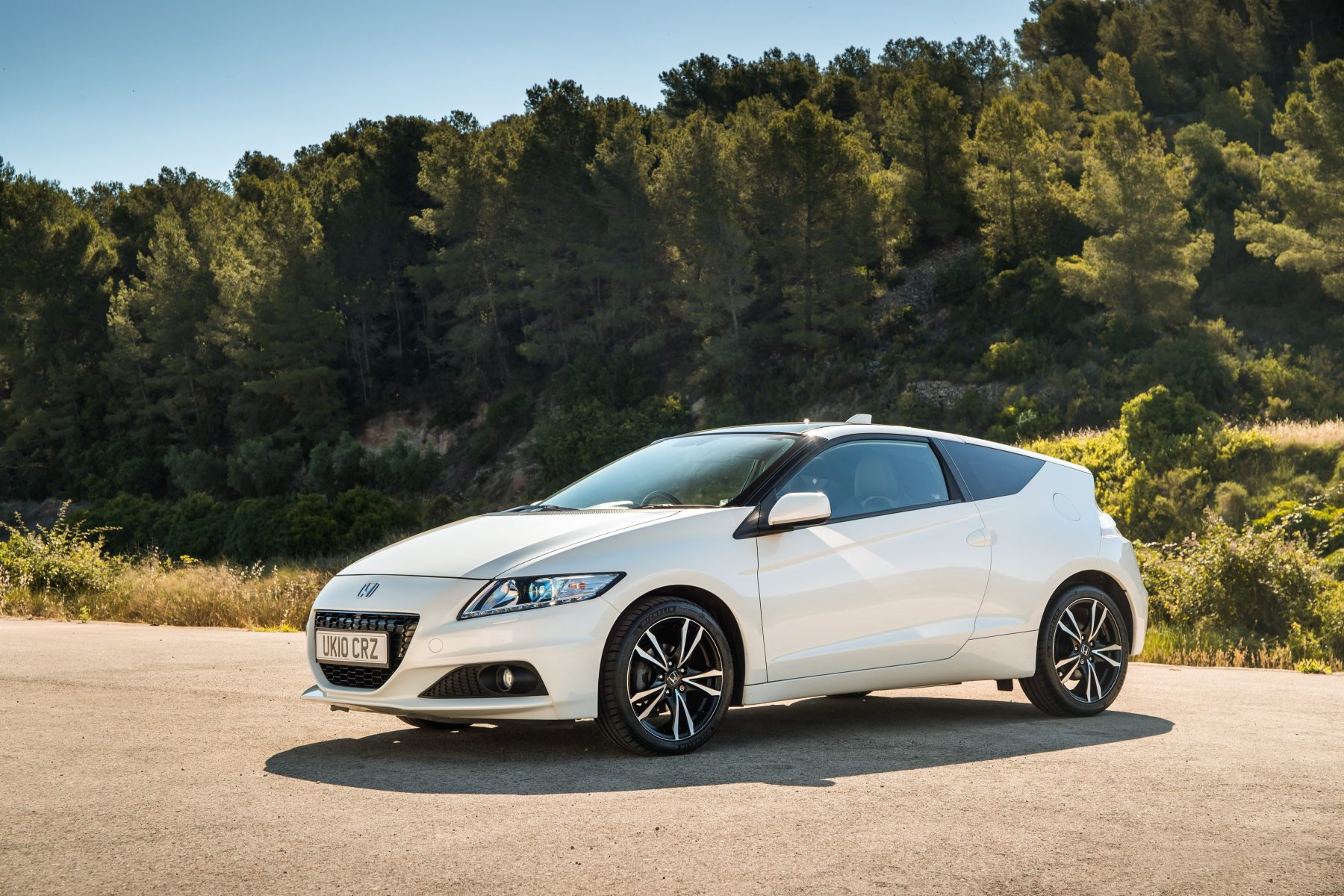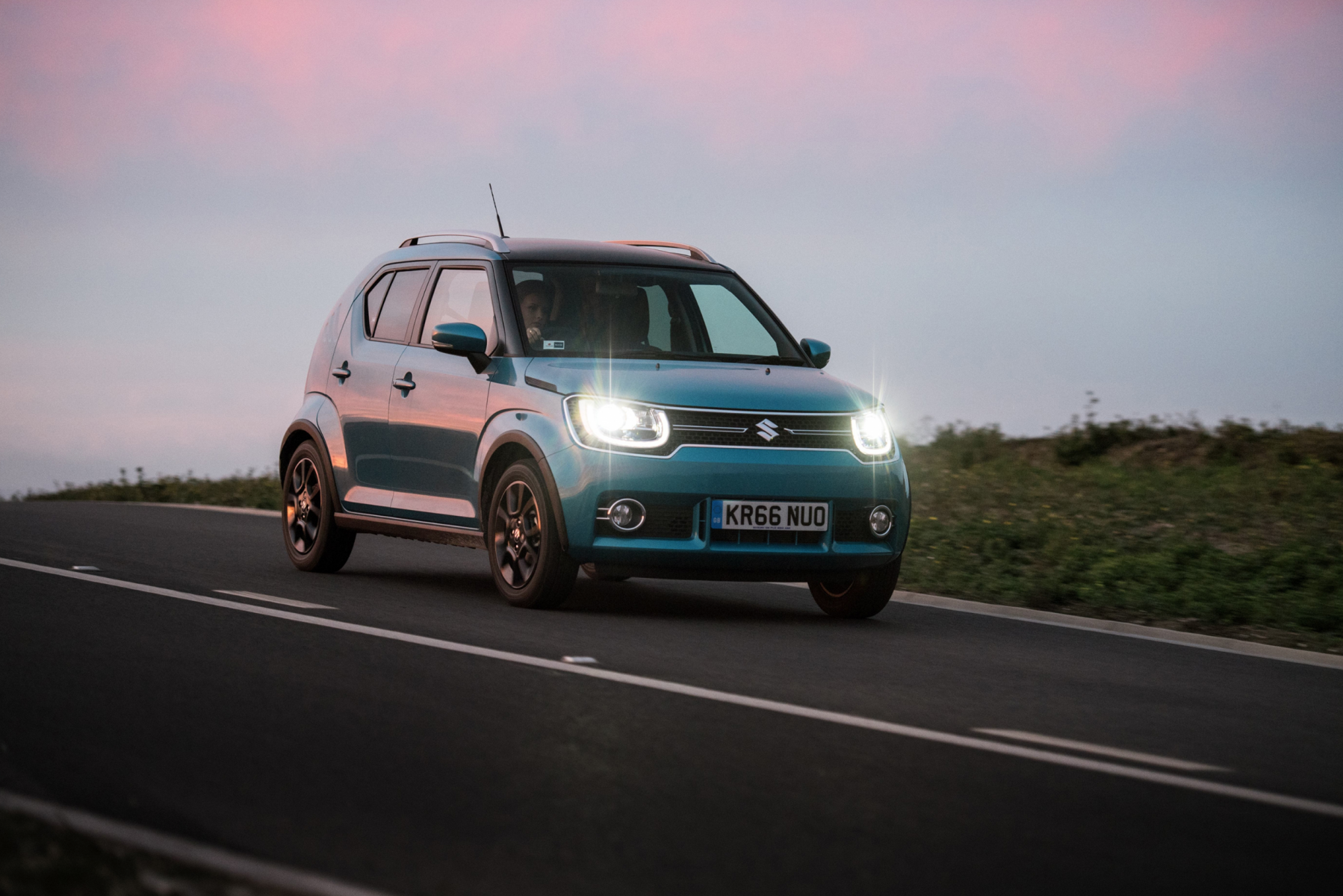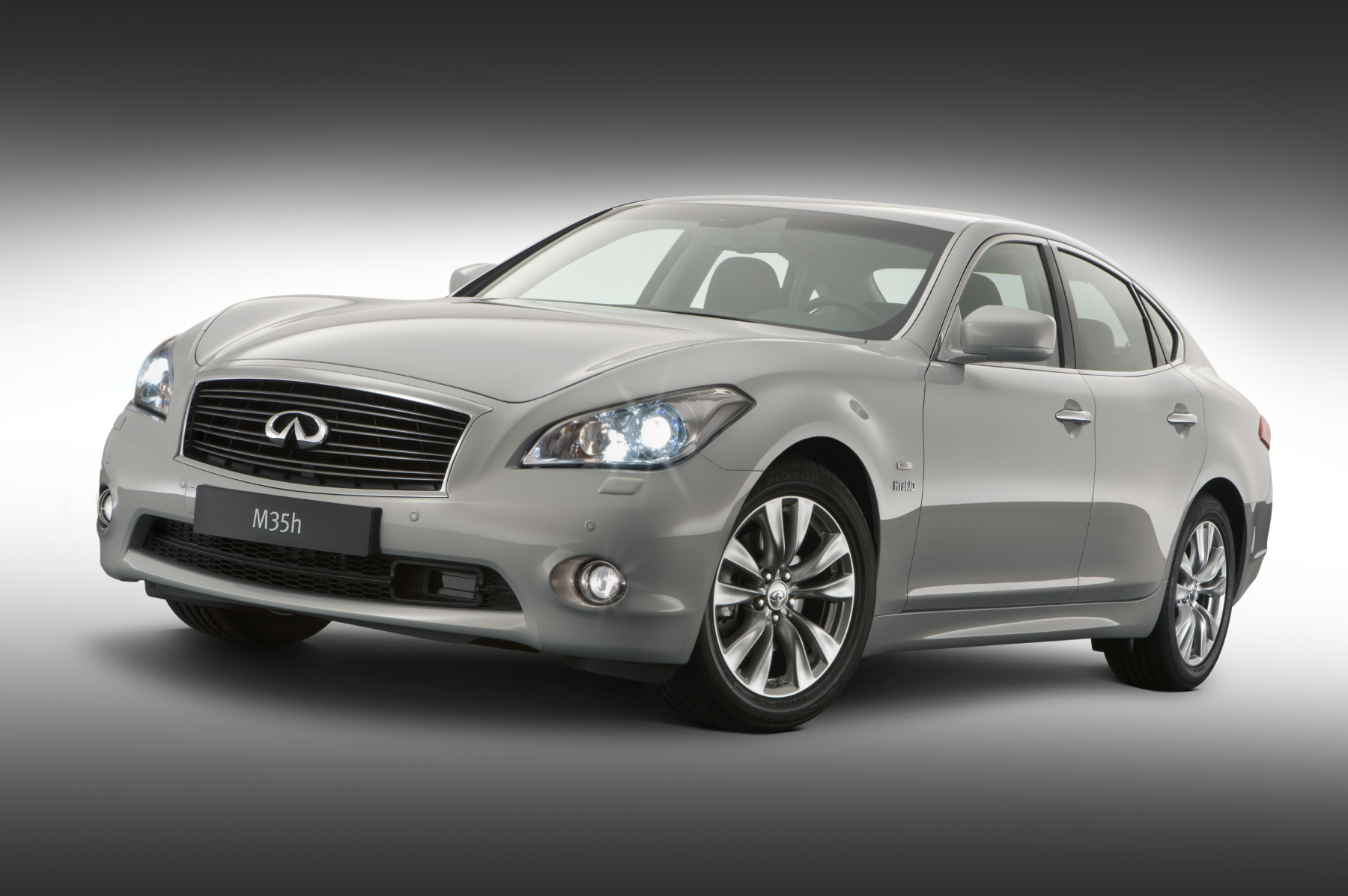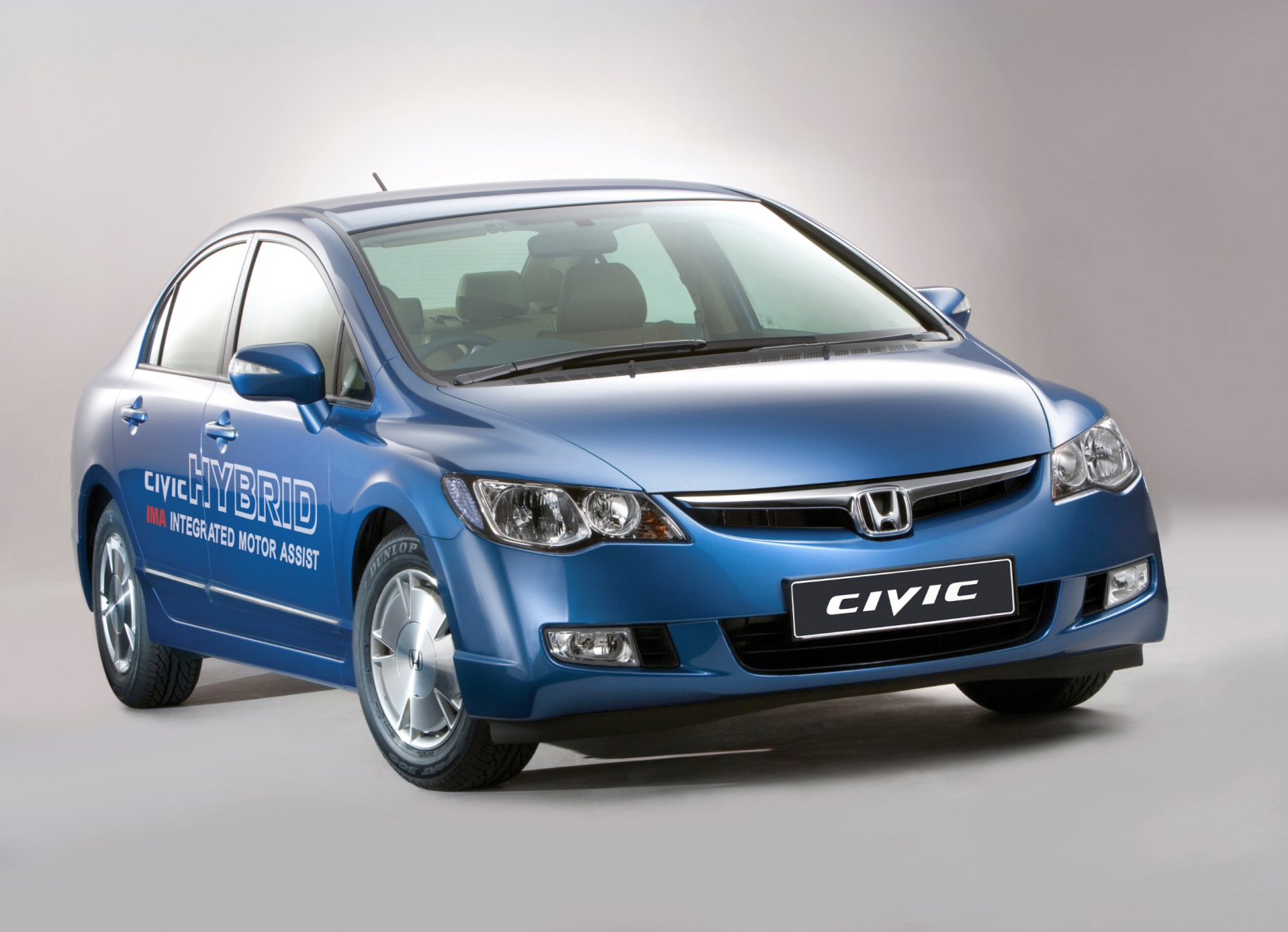What is it?
For 40 years, the Vauxhall Astra has been a mainstay of the British car market. Since the first iteration was introduced in 1979, more than 3 million units have been sold and seven generations have elapsed – making it one of Britain’s favourite models.
Now, Vauxhall has revealed the mid-generation facelift for the seventh generation, and with it is offered with a series of new updates to bring up to scratch against the likes of the latest Ford Focus, Hyundai i30 and new Kia Ceed. But can the Astra maintain a high level of popularity with the British public in refreshed guise? We get behind the wheel to find out…
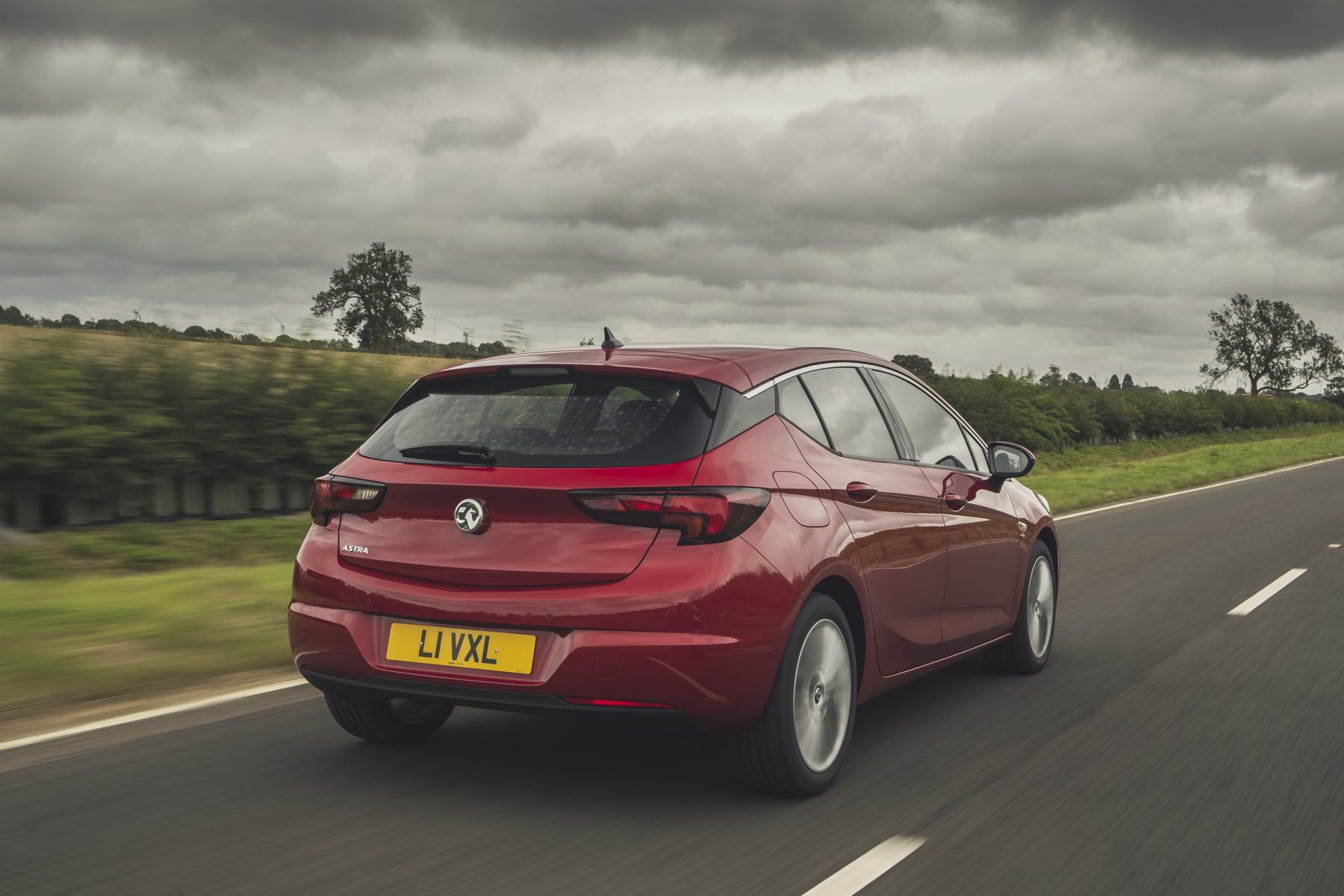
What’s new?
Surprisingly for a mid-life facelift, there’s quite a lot new here. Vauxhall, now under the stewardship of French giants PSA Group, has added a completely new range of engines and transmissions to suit. The firm has also been hard at work in the wind tunnel, claiming to make this Astra the most aerodynamically efficient model in its class – with the estate Sports Tourer said to be even sleeker. Chassis tweaks have been made to the Astra for improved comfort and damping control over bumps.
There has also been a cull of the trim levels, with Vauxhall now offering seven specifications for people to choose from. But with that comes new features, such as infotainment touchscreens as standard across the line-up, while wireless charging, a digital instrument display and ergonomic sports seats fitted to the top-end models.
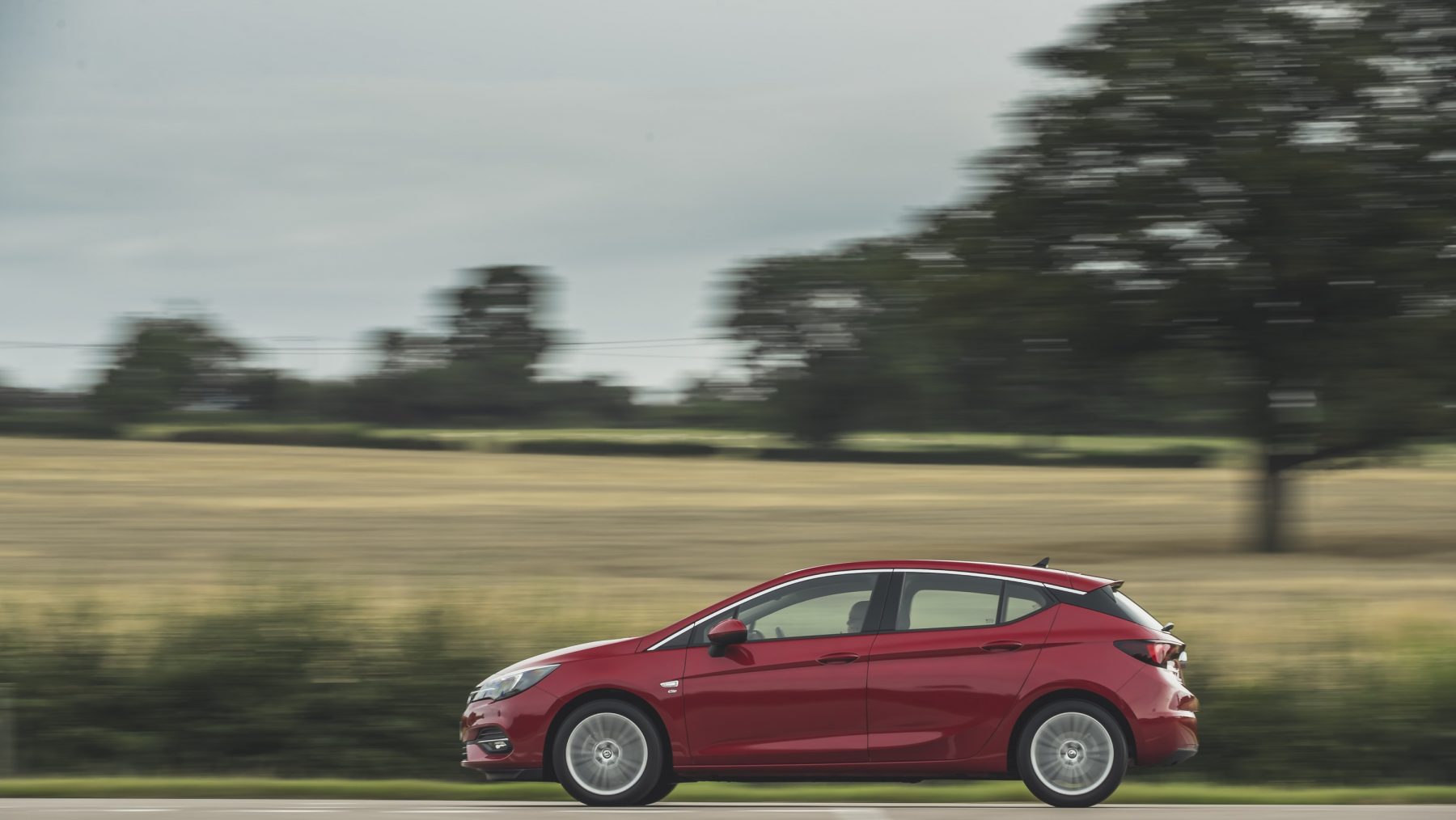
What’s under the bonnet?
As previously mentioned, the refreshed Astra comes with a series of new engines – three to be precise. There are two petrol blocks – measuring 1.2- and 1.4-litres in size – and a single diesel unit, a 1.5-litre. All three engines are three-cylinder units.
We tried the highest output petrol, the 143bhp 1.2-litre, which also develops 225Nm of torque. Alongside a six-speed manual transmission, the Astra can get from 0-60mph in 8.8 seconds and reach a top speed of 137mph.
With this combination on board, the hatchback feels more than fast enough and nice to use. You can rev the engine quite highly before needing to change gear and it feels well-refined. Through the WLTP cycle, it’s claimed that this Astra can return up to 54.3mpg and just 99g/km CO2.
Here’s Vauxhall’s facelifted Astra. Nice to drive and the new equipment is very handy indeed pic.twitter.com/ncQ70bwtTF
— Jack Healy (@jack_healy19) August 30, 2019
What’s it like to drive?
Chassis changes are telling, as the Astra felt stable and composed on the bumpy test route weaving through the Leicestershire countryside. A few bumps were transferred into the cabin, but they were few and far between, while wind and road noise is well-concealed. Having only driven on 17-inch alloys, we can confirm that it feels well-damped with these alloys fitted.
There is a lack of feel due to the electronic steering, but it’s direct and only goes to understeer when really pushed. When cruising, the Astra settles down very well and will remain a favourite for those needing a cossetted hatchback for long distances. Despite the sloping roofline and smaller rear windows, all-round visibility is good, while it’s easy to get comfortable with a height and reach-adjustable steering column and well-bolstered seats with adjustable lumbar support.
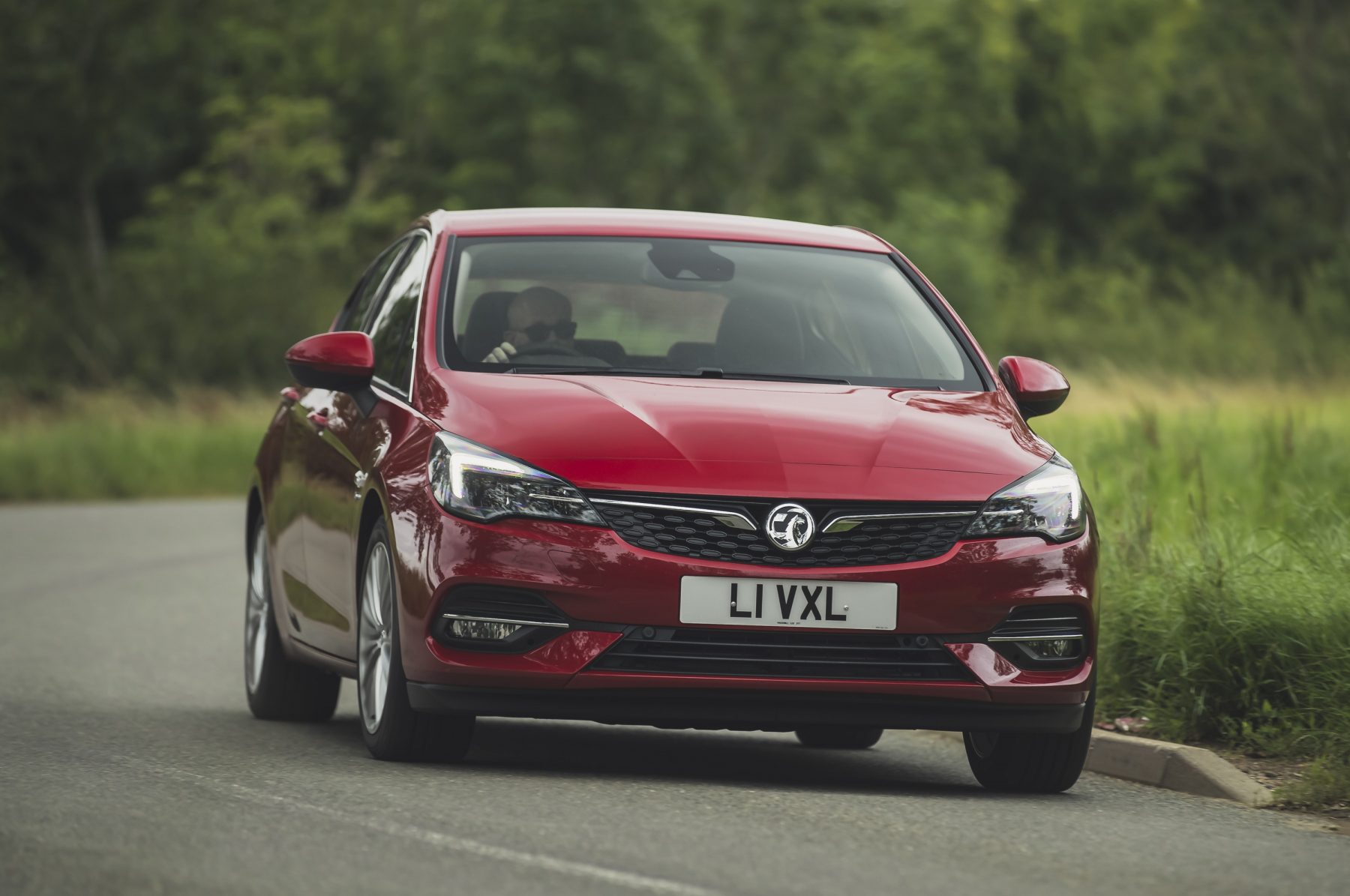
How does it look?
With the facelift comes a new fascia, which features more prominent chrome detailing and a new grille for a sportier look. And that new front-end is the start of a much sleeker vehicle, with this Astra the smoothest-looking yet. All of these design changes, including special flaps behind the grille to direct airflow, have all been added to improve fuel efficiency.
Vauxhall also continues to offer the Astra with the class-exclusive Matrix LED headlights, with the units featuring a signature design. LED daytime running lights are fitted as standard. The rear is almost identical to before. It’s certainly not an ugly car and we’d say it looks smarter – although we think the Sports Tourer estate version is the better looking of the two body types.
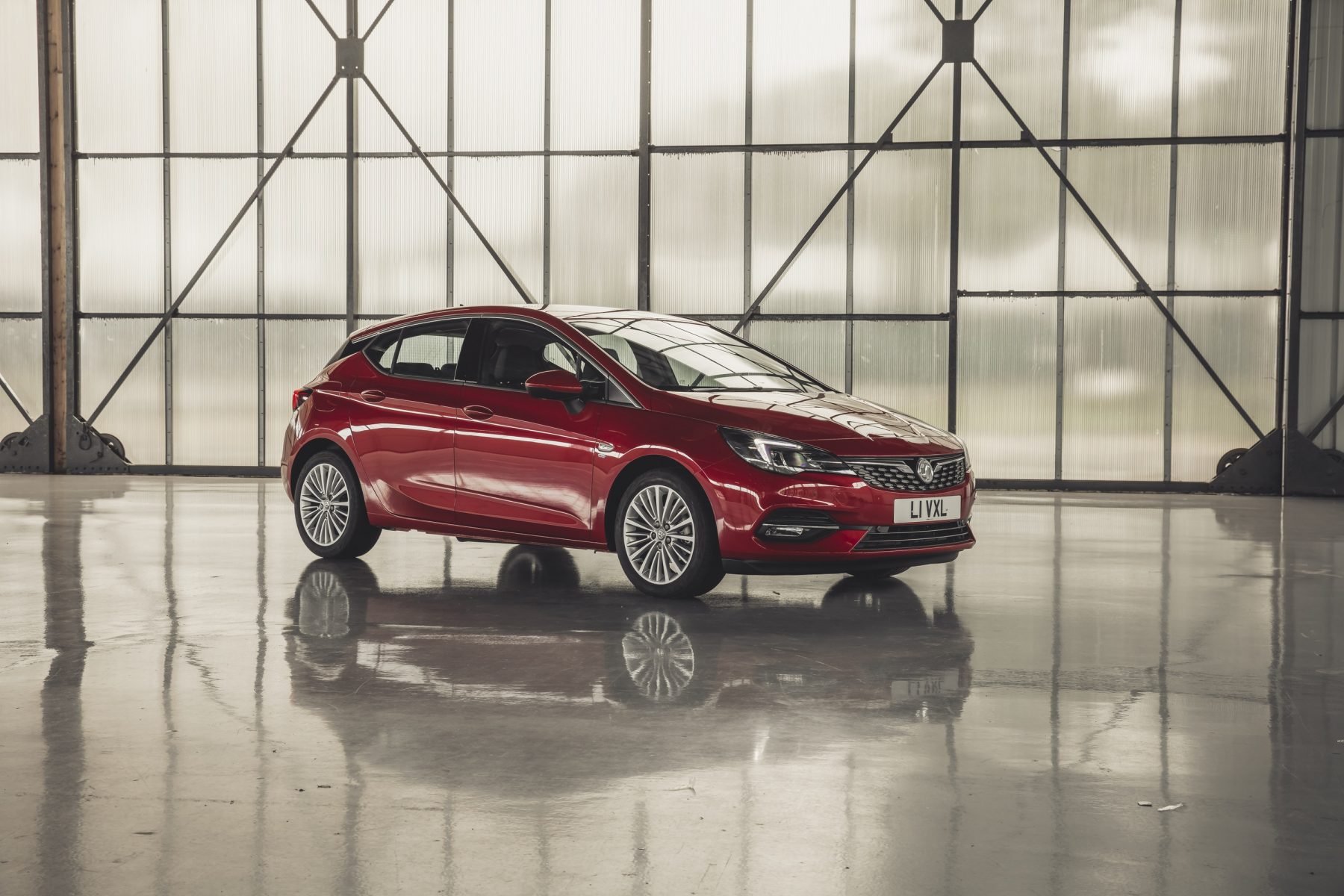
What’s it like inside?
Vauxhall has incorporated a series of new features into the cabin and has decluttered the dashboard considerably. It’s well put together and solidly built, with scratchy plastics few and far between. It isn’t the most exciting cabin in the world, but it does the job more than well enough. The Elite Nav model we tested also came with leather upholstery throughout, with the front sports seats being very comfortable.
The facelifted Astra is also rather spacious, with even taller drivers allowing for lots of legroom in the rear. The 370-litre boot space is also well-shaped and the boot lip isn’t too high either, making it easy to load and unload.
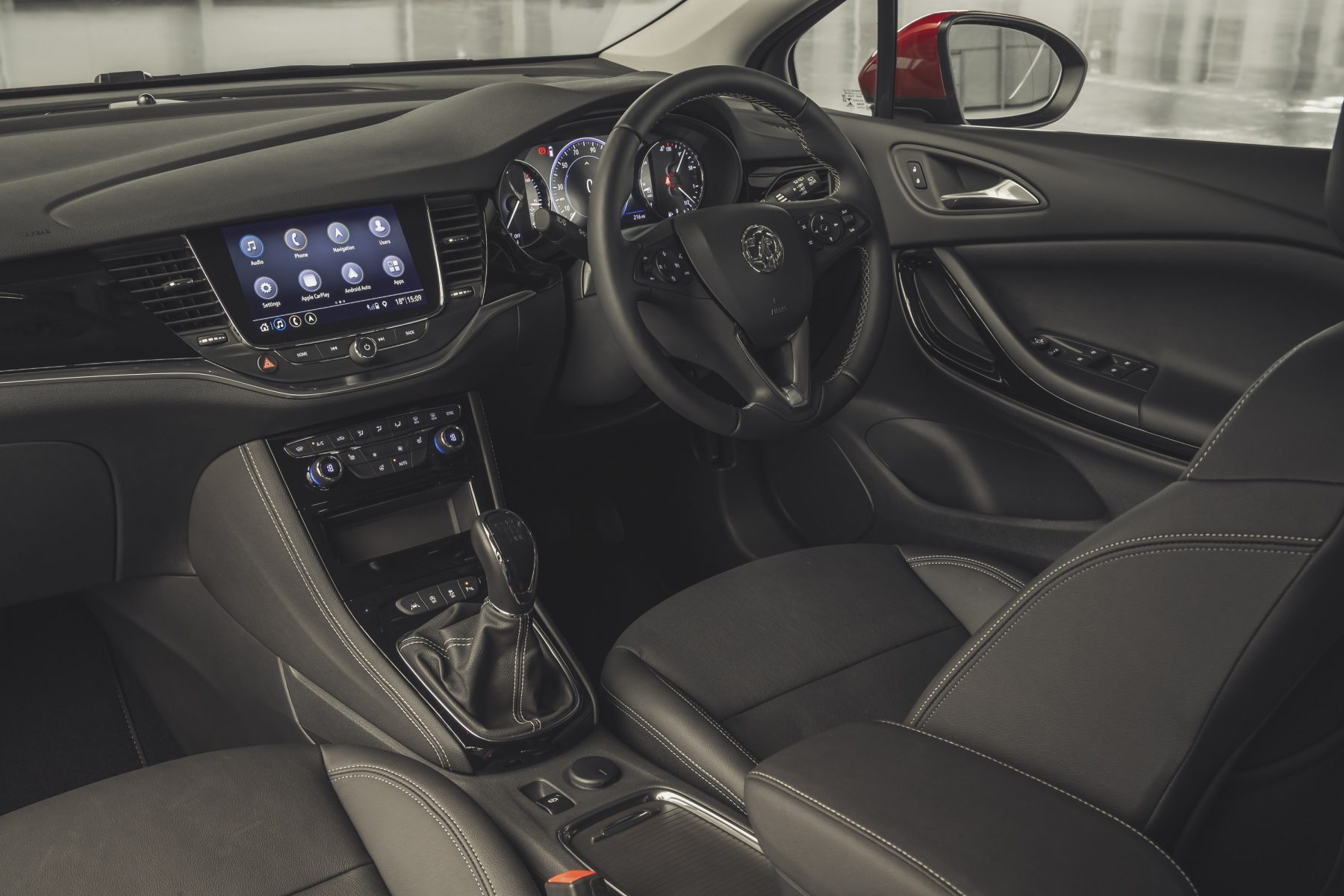
What’s the spec like?
With the refreshed model, Vauxhall has ensured that entry-level options come with a good standard of equipment. Starting from £18,885, the base SE model features 16-alloy wheels, a seven-inch touchscreen infotainment system, smartphone mirroring, air conditioning, Bluetooth and cruise control – covering all the essentials.
In the Elite Nav trim we tried, Vauxhall also includes 17-inch alloys, an eight-inch touchscreen, climate control, leather seats and steering wheel with heating function, front camera system, LED headlights and an eight-inch digital instrument cluster. Prices for that start from £23,955. Our test car also came with front and rear parking sensors – an option box we’d definitely tick – and a heated windscreen, with a few other additions besides, taking the total cost to £26,210.
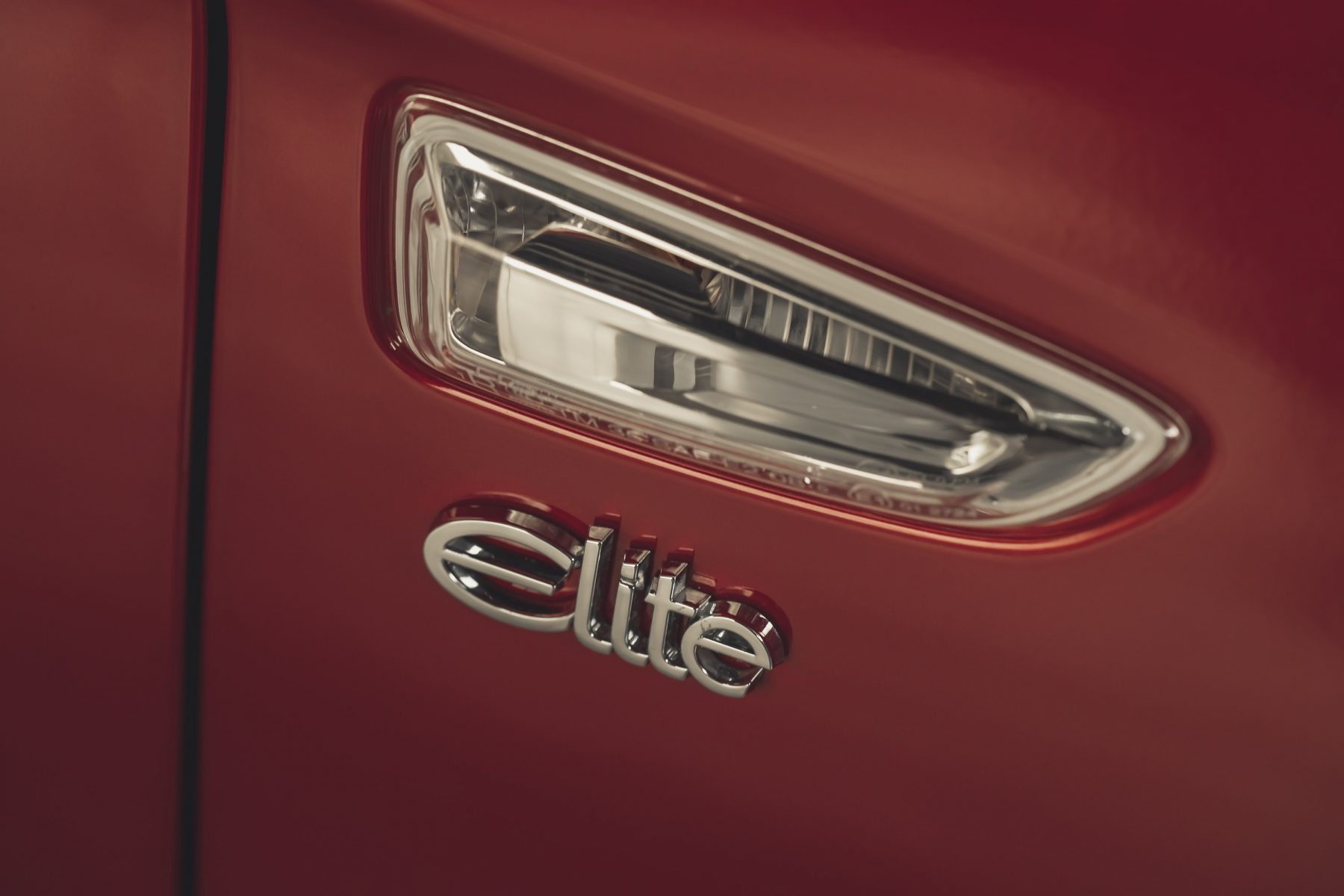
Verdict
With the new range of engines and equipment, Vauxhall has done an impressive job with this mid-life refresh for the Astra. It may not be as complete as the rival Ford Focus, but it manages to be comfortable, nice to drive and spacious – all the things a typical hatchback buyer needs.
The automatic transmission on the diesel is a major let down though, so we’d recommend going for the manual gearbox if you’re going to plum for the more efficient engine.
This mid-life update is a good step up for the Astra, and on the whole, makes it a more appealing package. It’s likely to remain incredibly popular with its core market and continue to be a strong contender in the large hatchback segment.
Facts at a glance
- Model: Vauxhall Astra Elite Nav
- Price: £26,210
- Engine: 1.2-litre petrol
- Power (bhp): 143
- Torque (Nm): 225
- Max speed (mph): 137
- 0-60mph: 8.8 seconds
- MPG: 54.3
- Emissions (g/km): 99

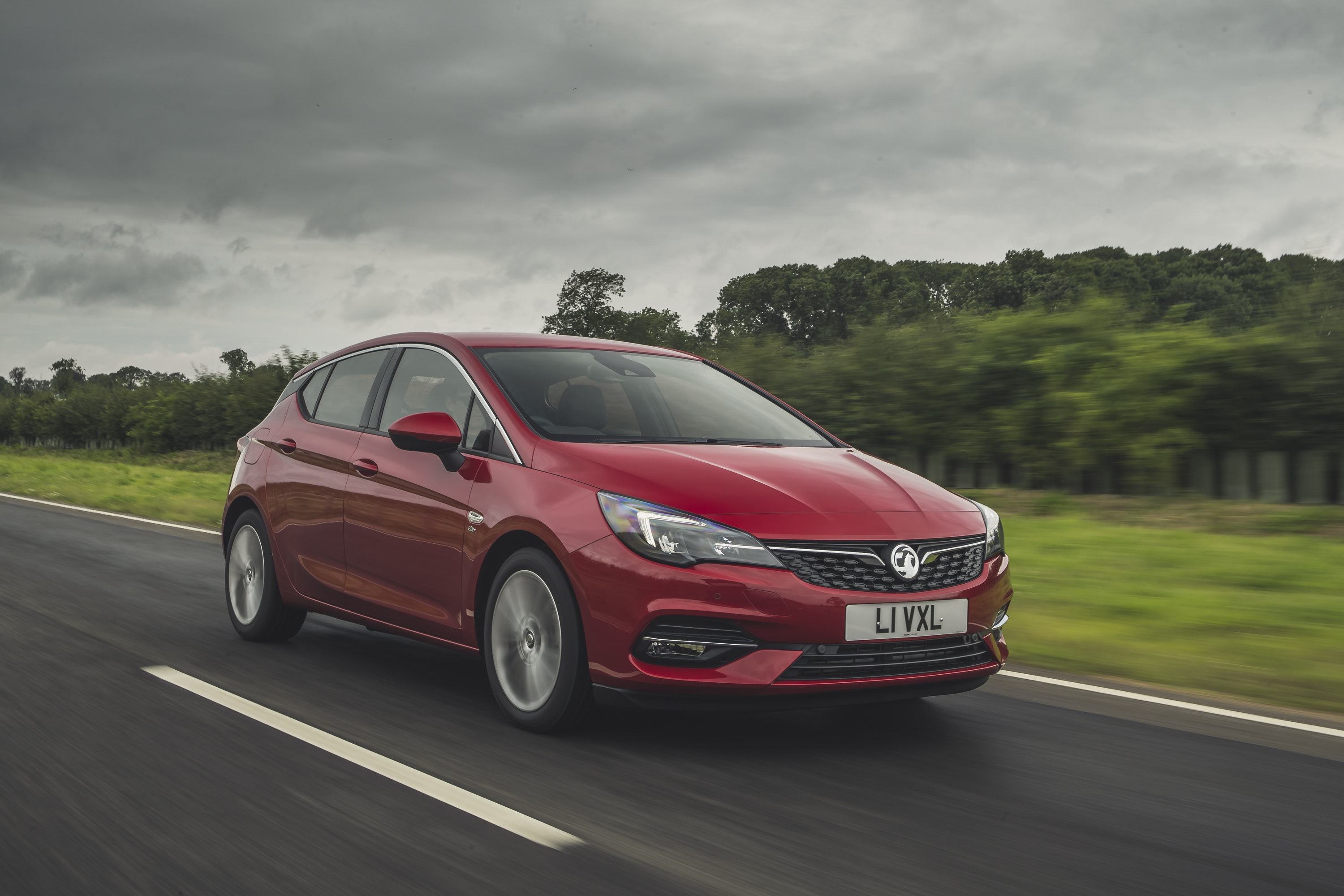
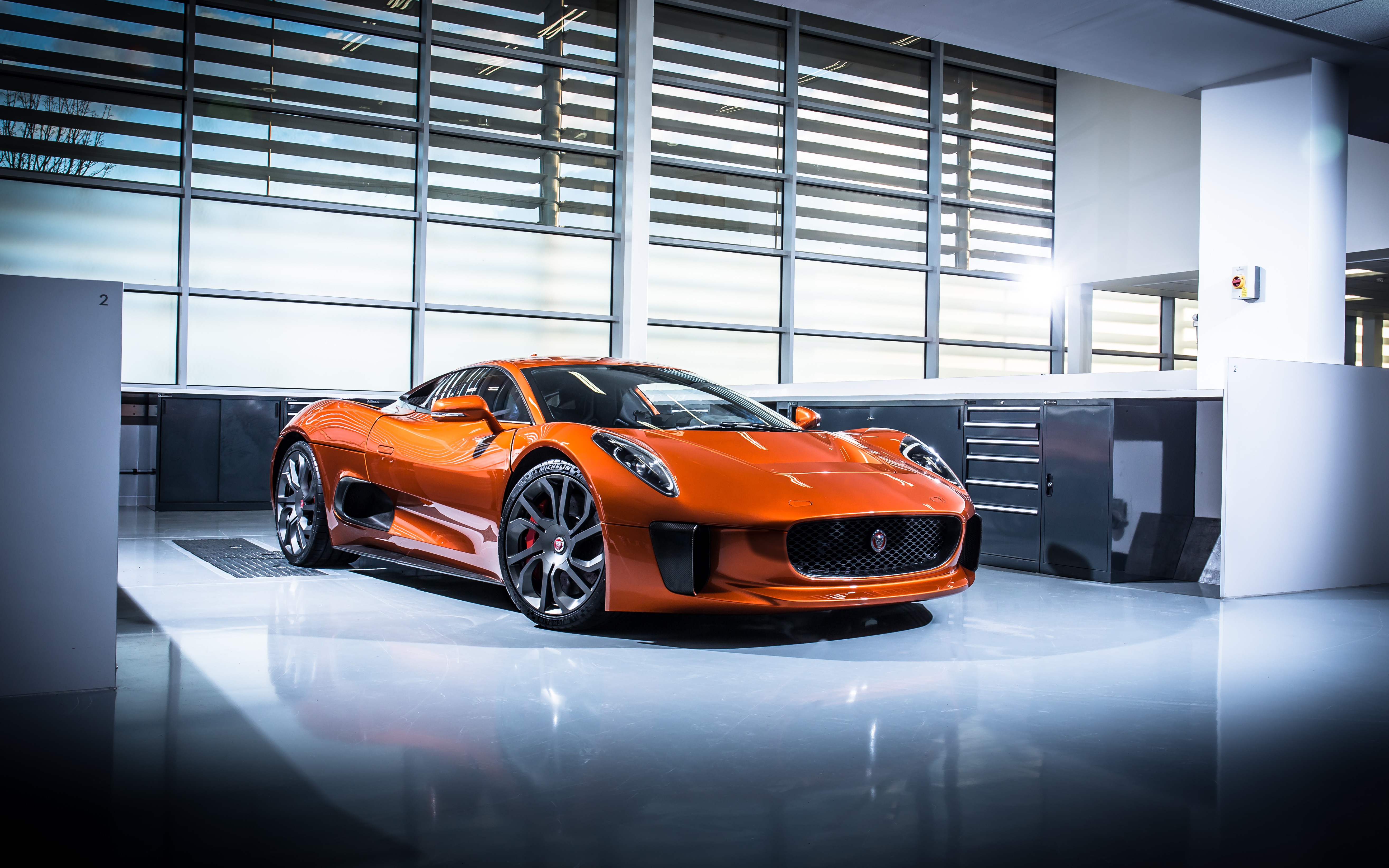
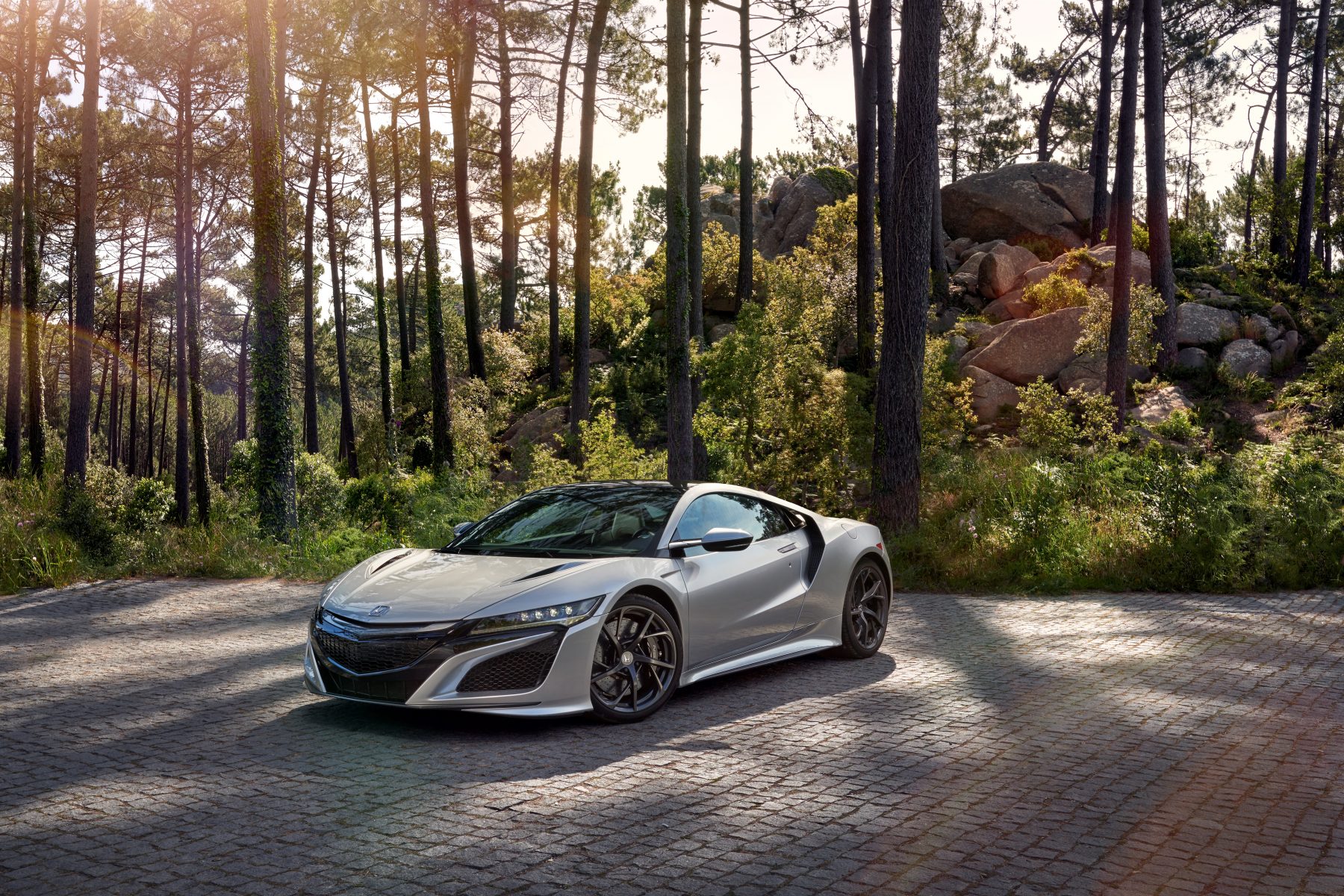
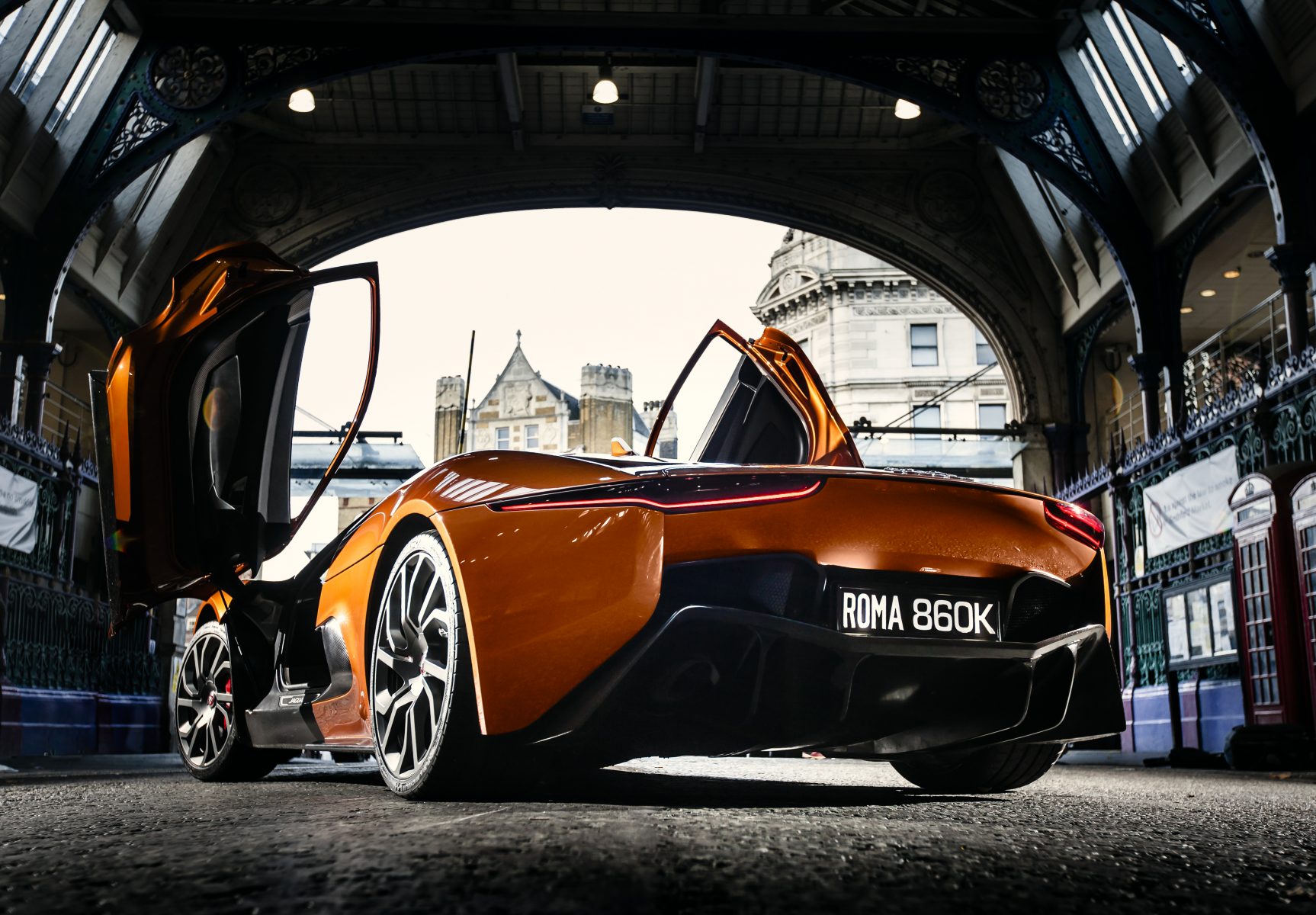
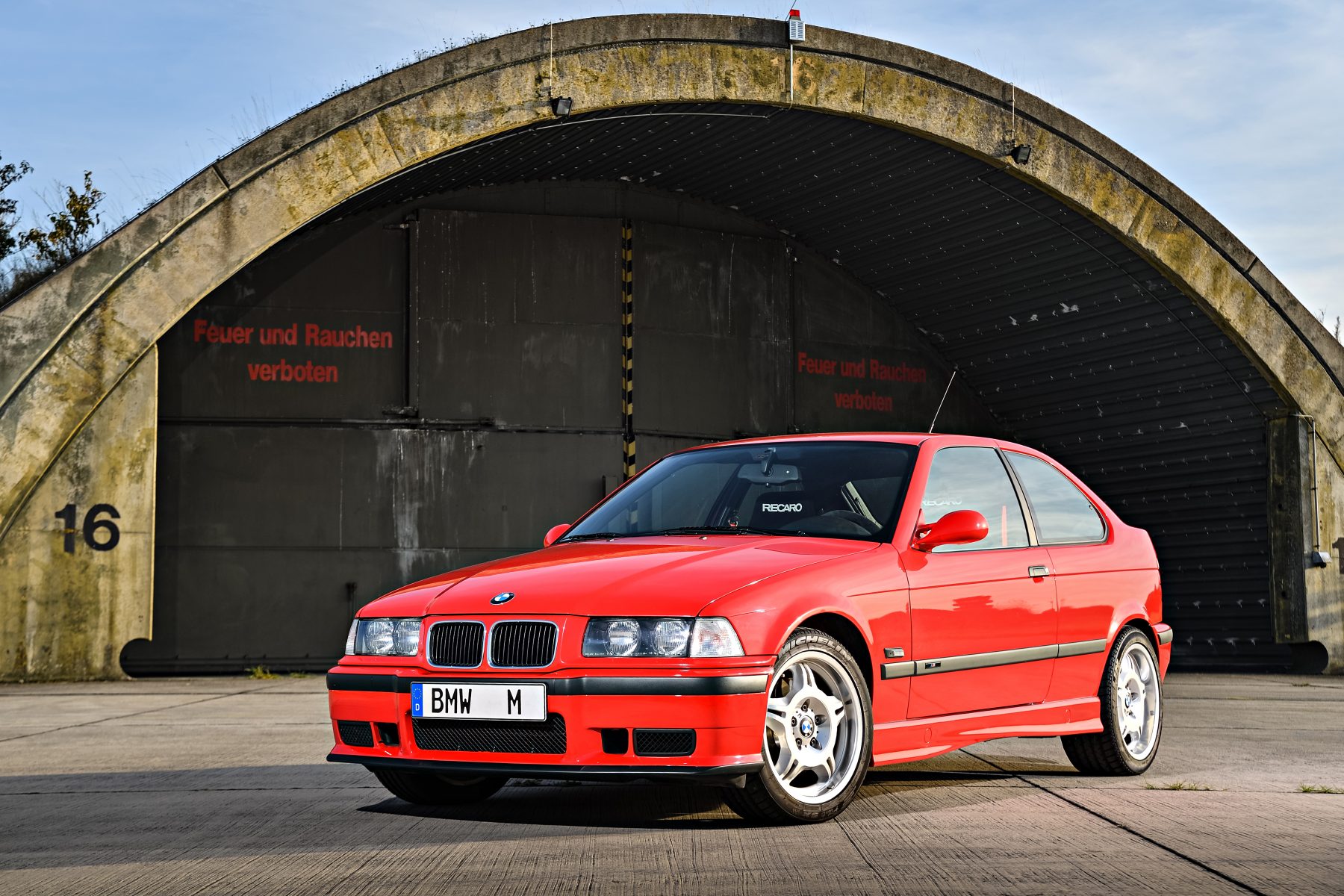 In an attempt to attract younger buyers into the showroom, BMW thought of producing an M version of the ‘90s 3 Series Compact. The German firm even built a prototype featuring the E36 M3’s 317bhp straight-six engine – although the production model was likely to receive a less powerful six-cylinder – and a 150kg drop in weight. Sadly, it was never to be.
In an attempt to attract younger buyers into the showroom, BMW thought of producing an M version of the ‘90s 3 Series Compact. The German firm even built a prototype featuring the E36 M3’s 317bhp straight-six engine – although the production model was likely to receive a less powerful six-cylinder – and a 150kg drop in weight. Sadly, it was never to be.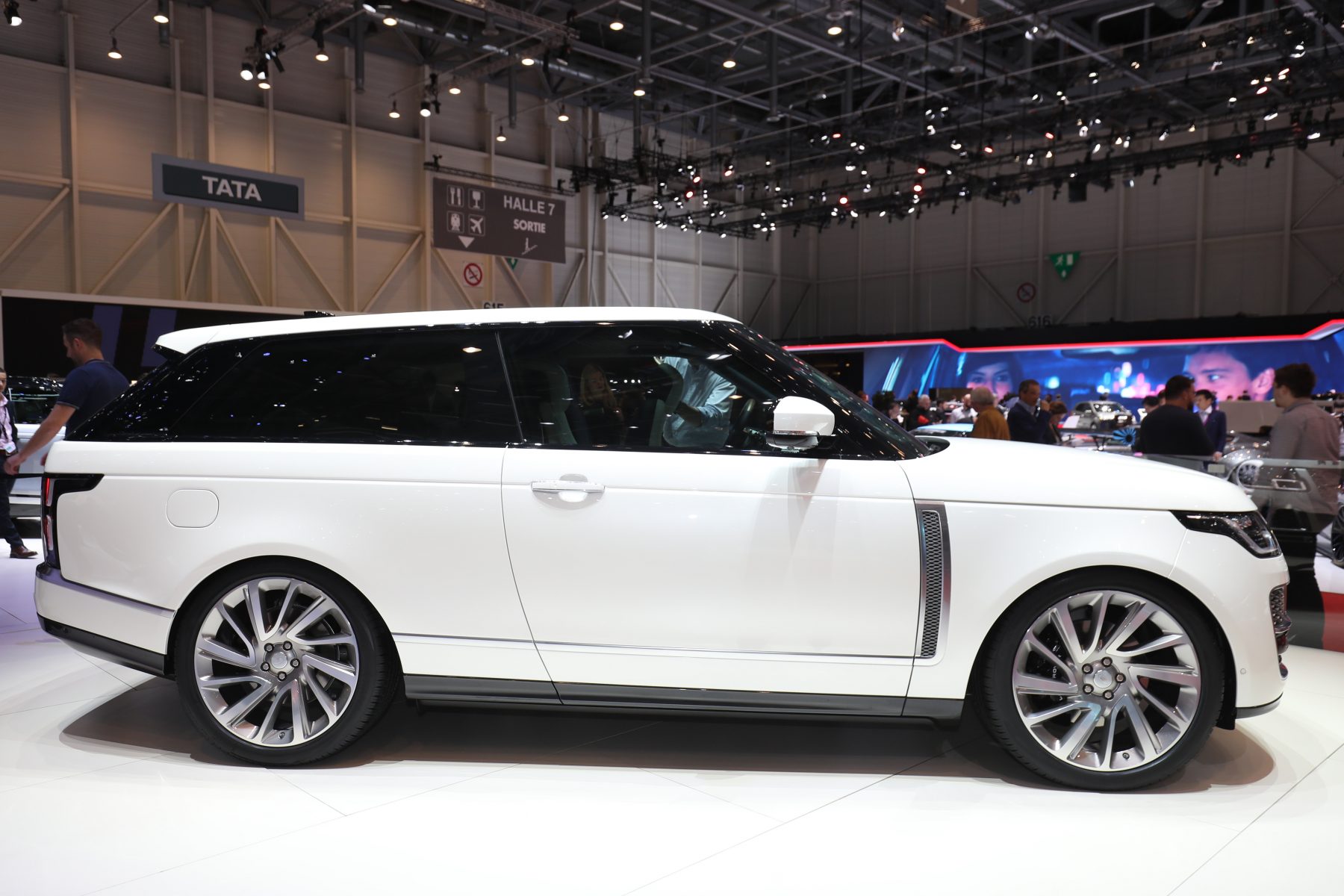 This niche two-door luxury SUV was very much set for production. Land Rover was going to make 999 examples, each costing around £240,000, until the manufacturer informed customers that it had decided not to go ahead with the model earlier this year.
This niche two-door luxury SUV was very much set for production. Land Rover was going to make 999 examples, each costing around £240,000, until the manufacturer informed customers that it had decided not to go ahead with the model earlier this year.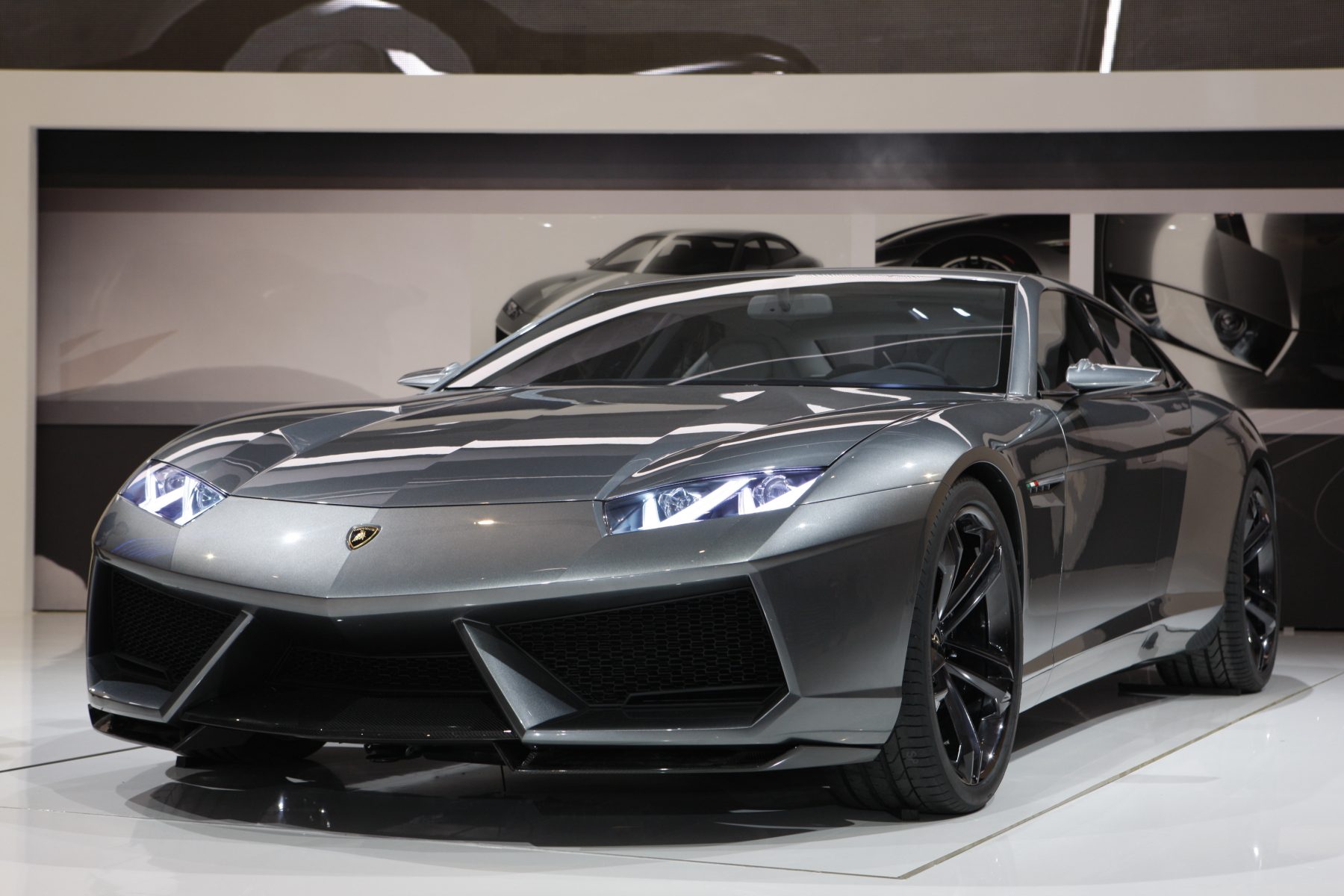
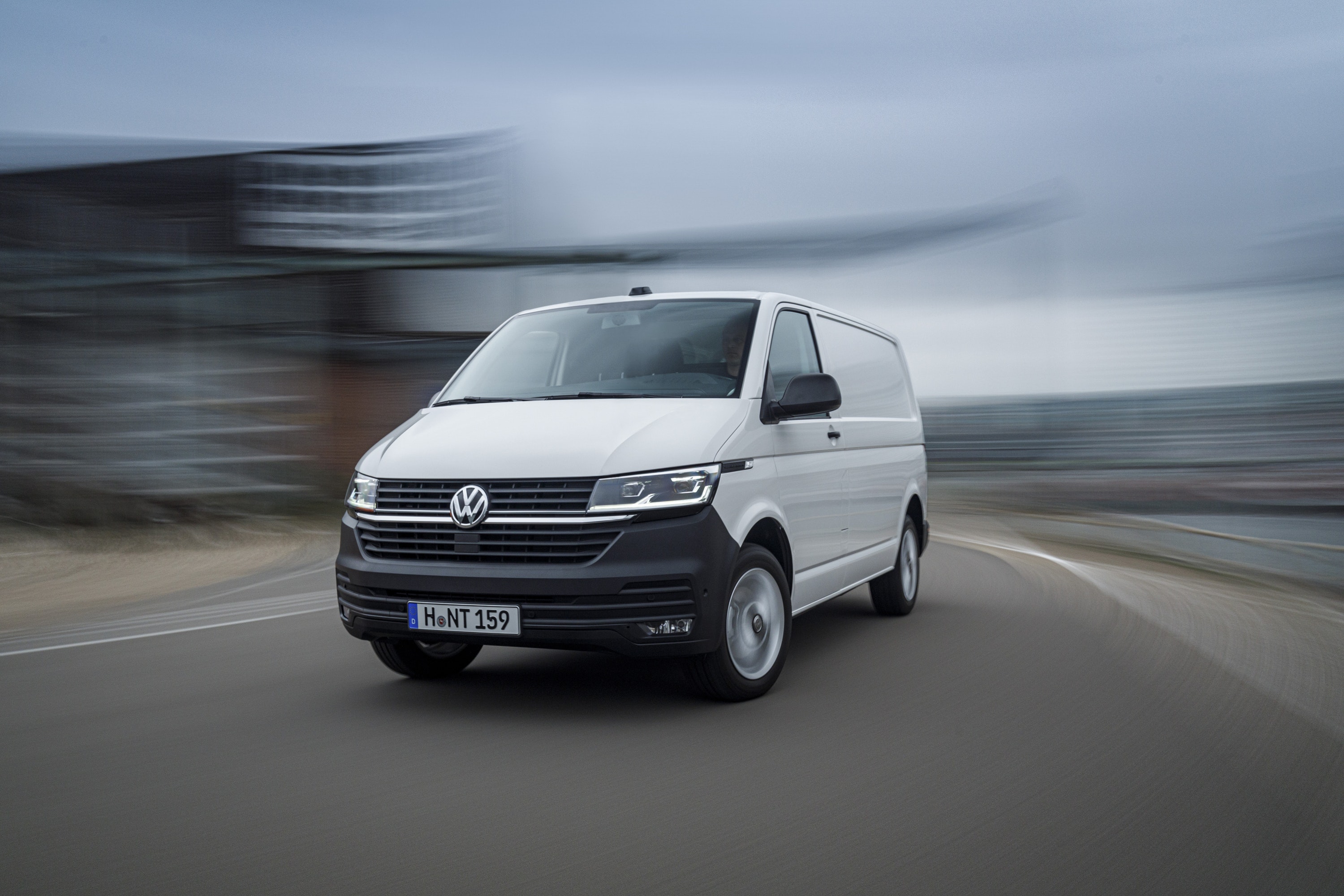
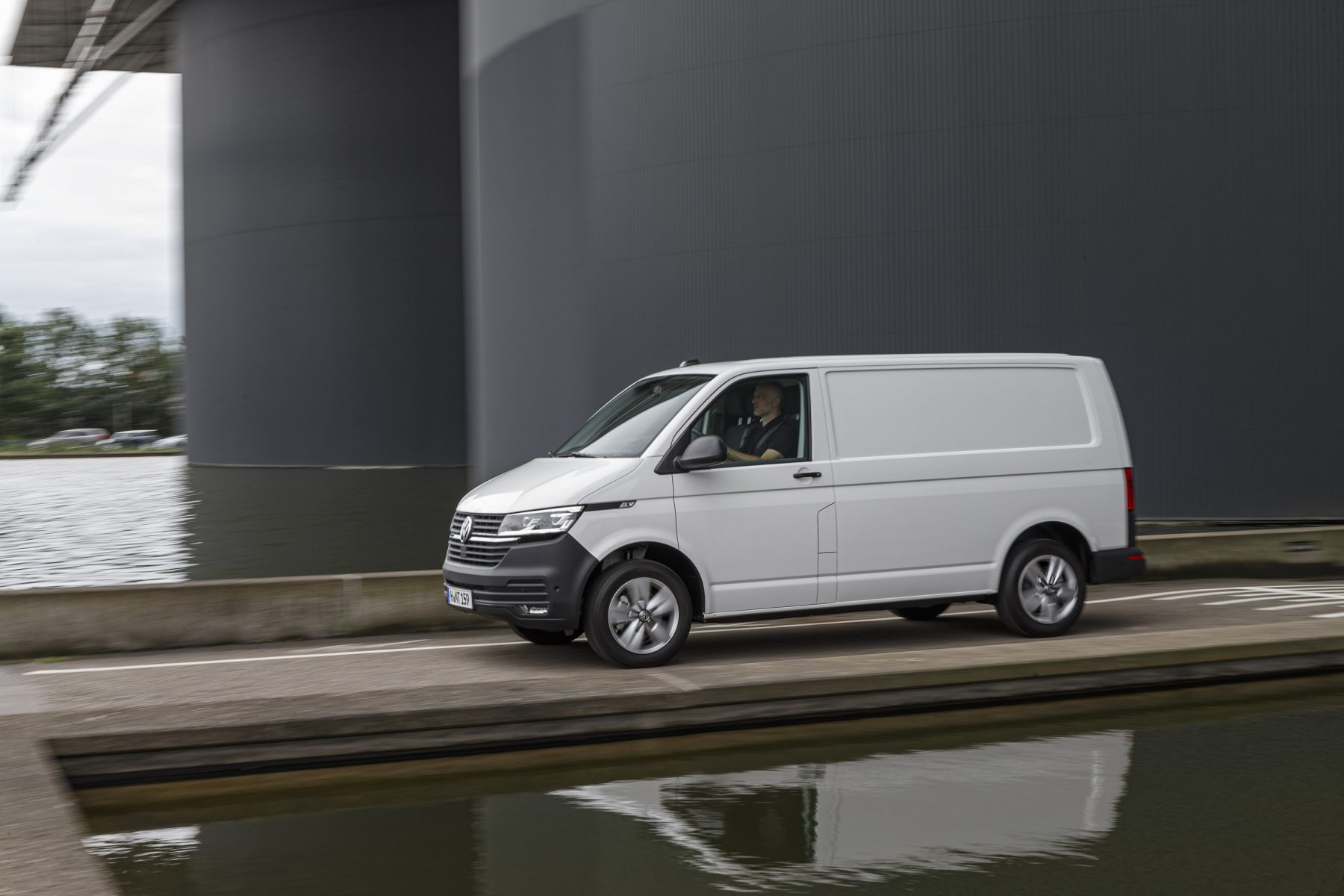
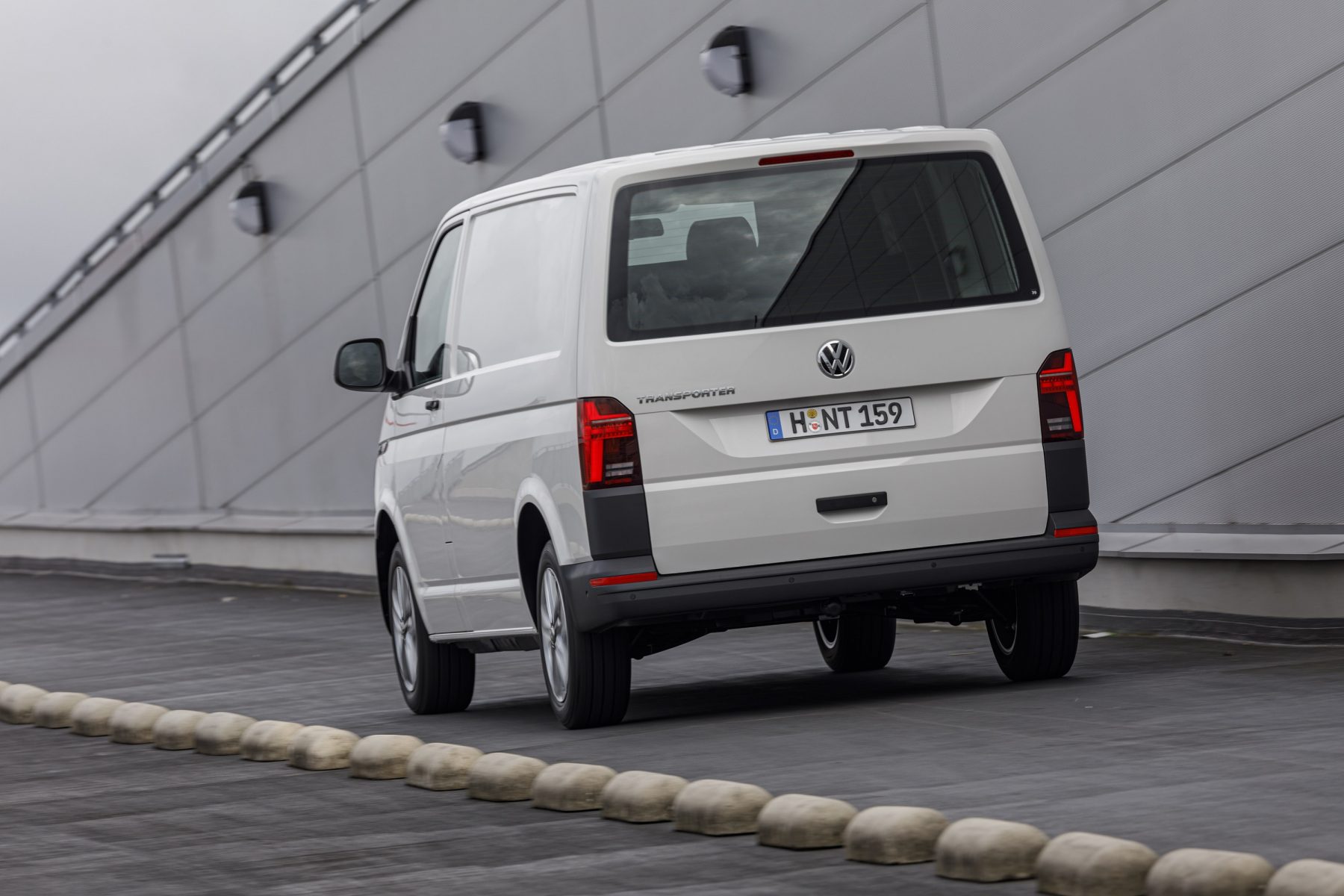
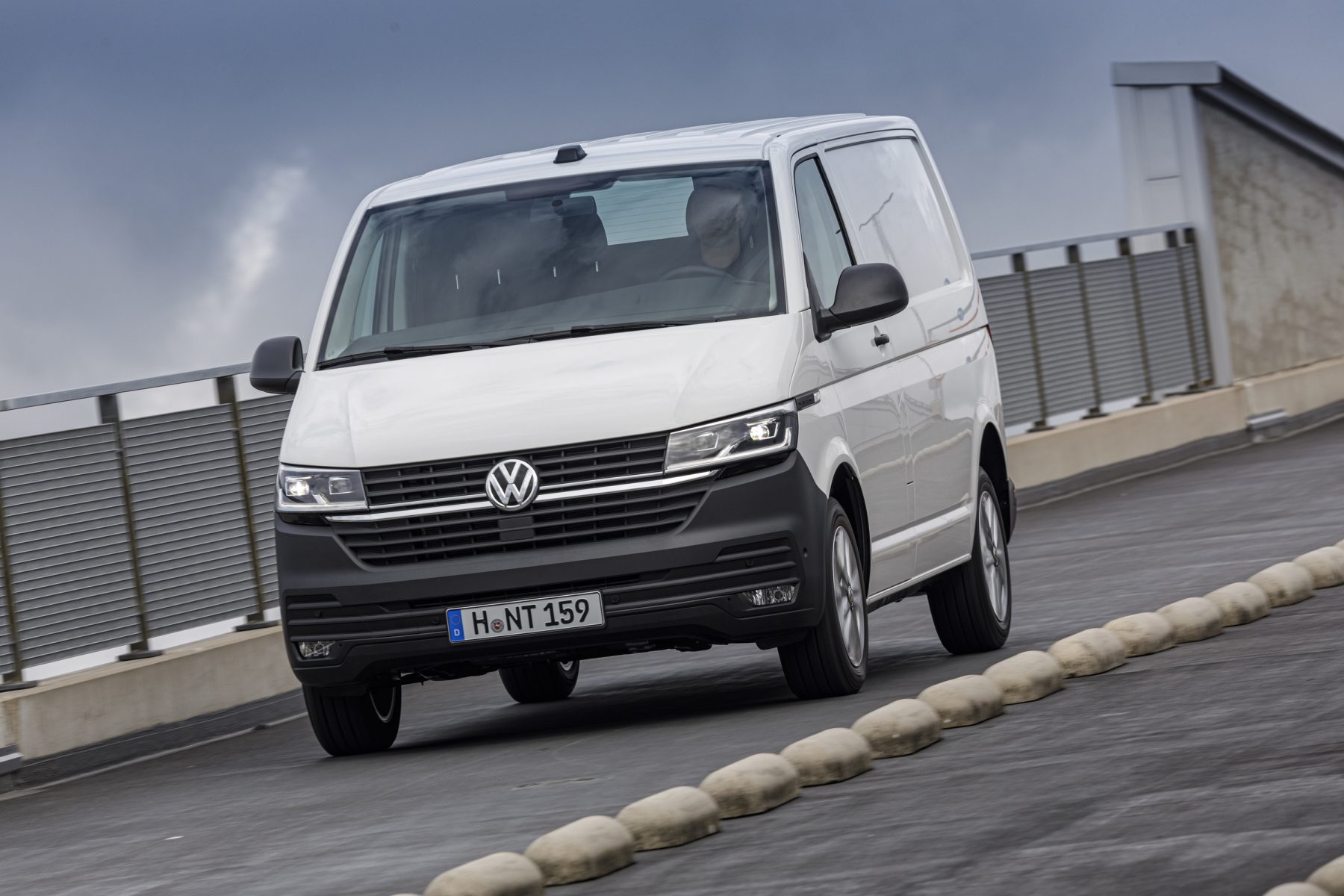
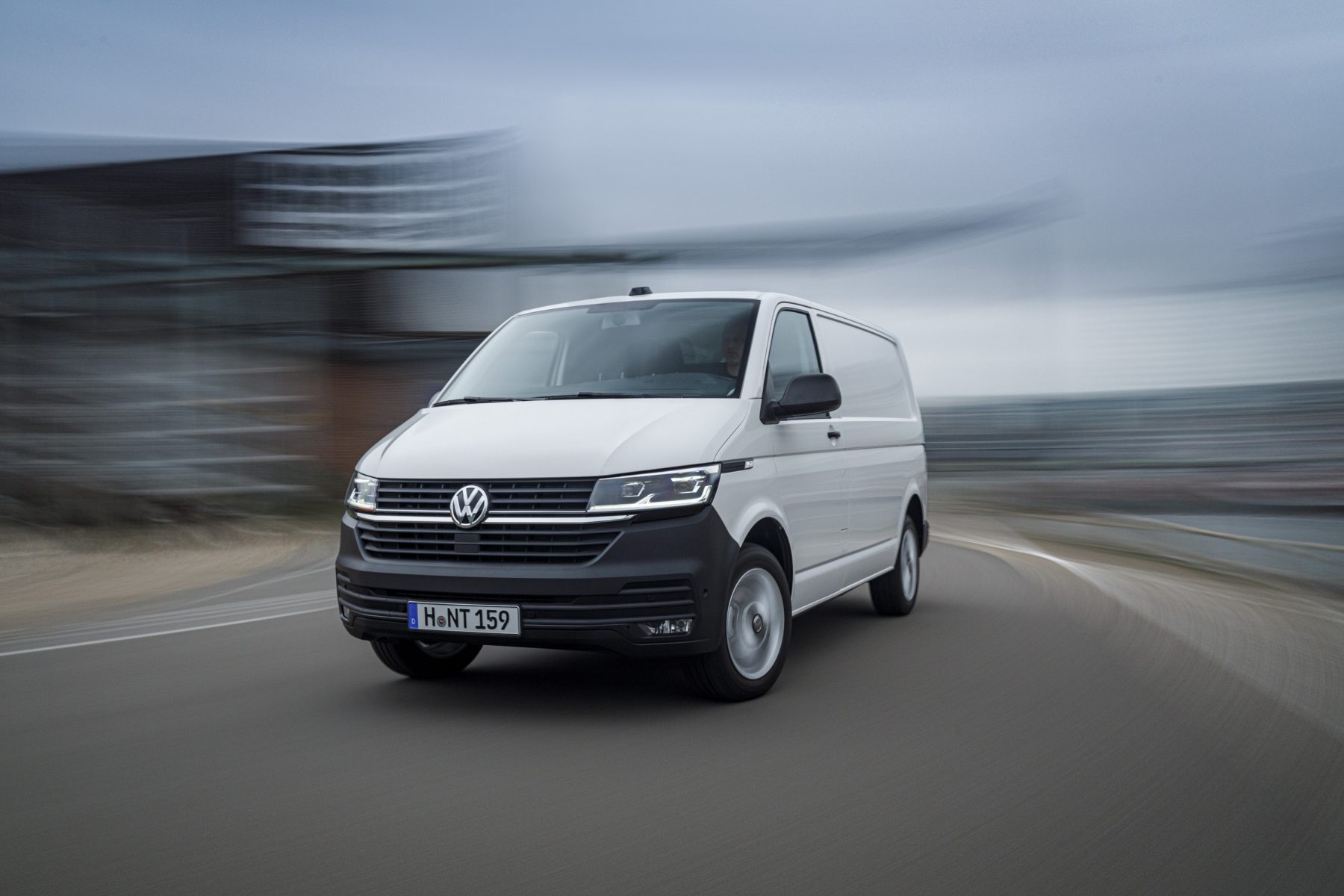
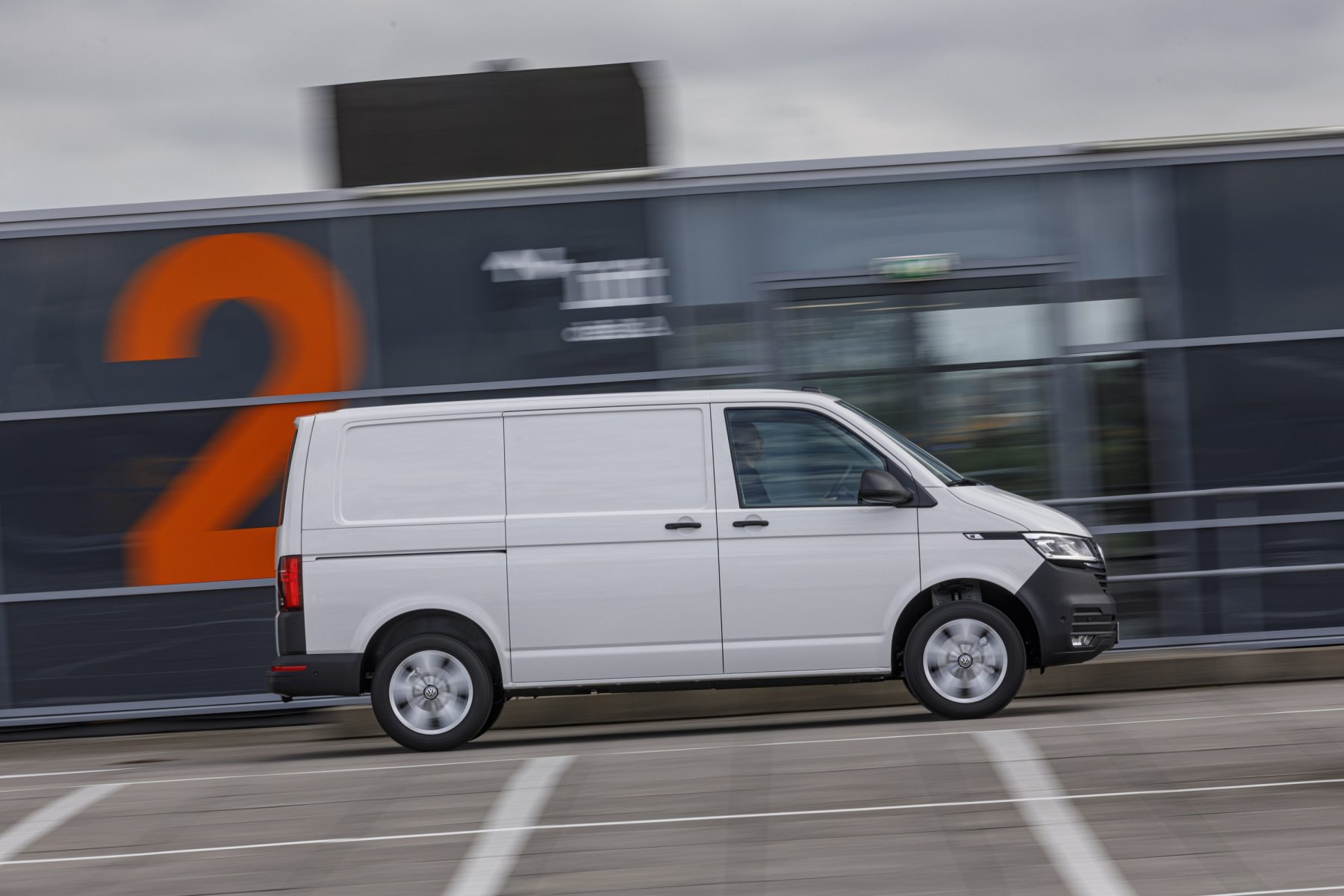
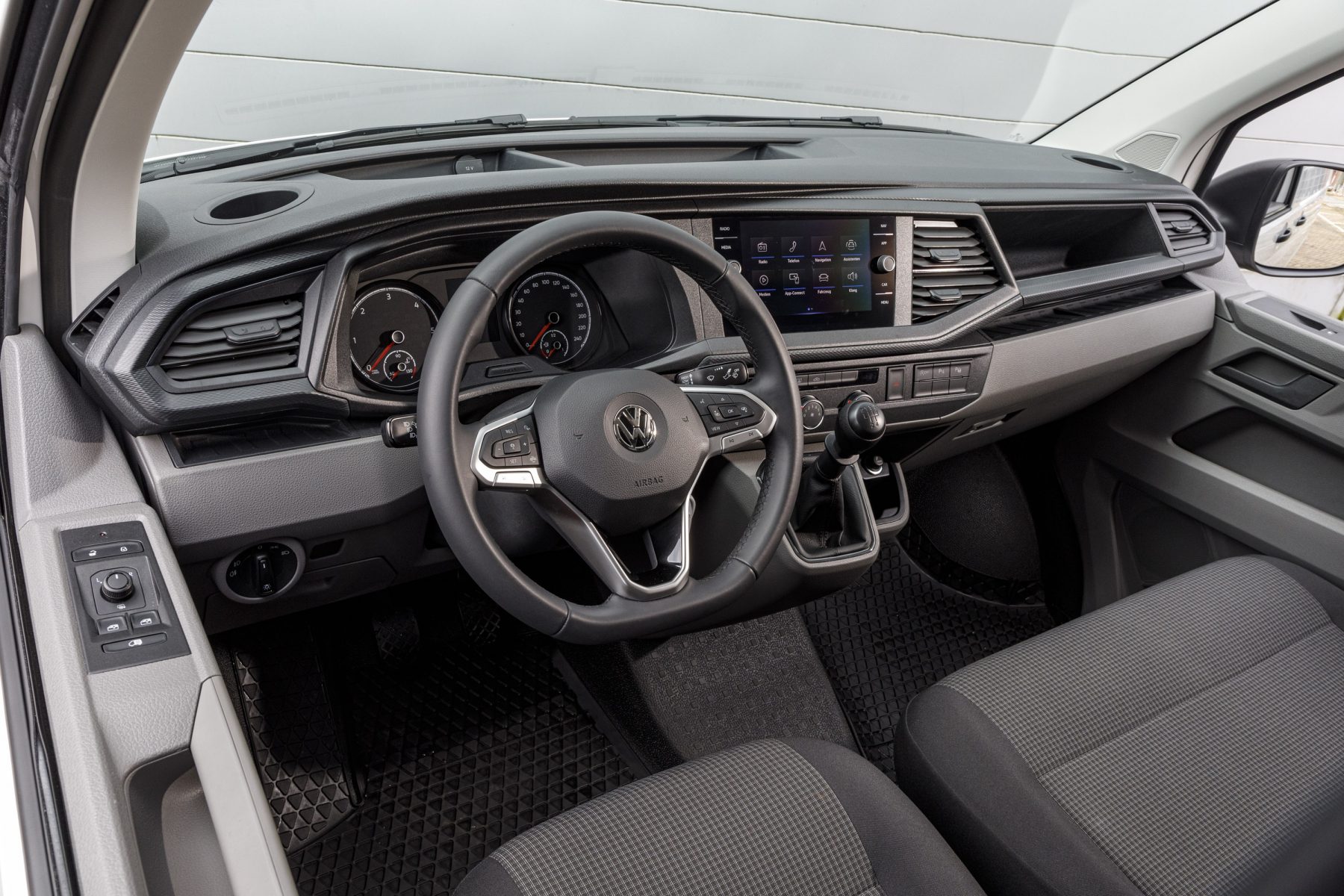
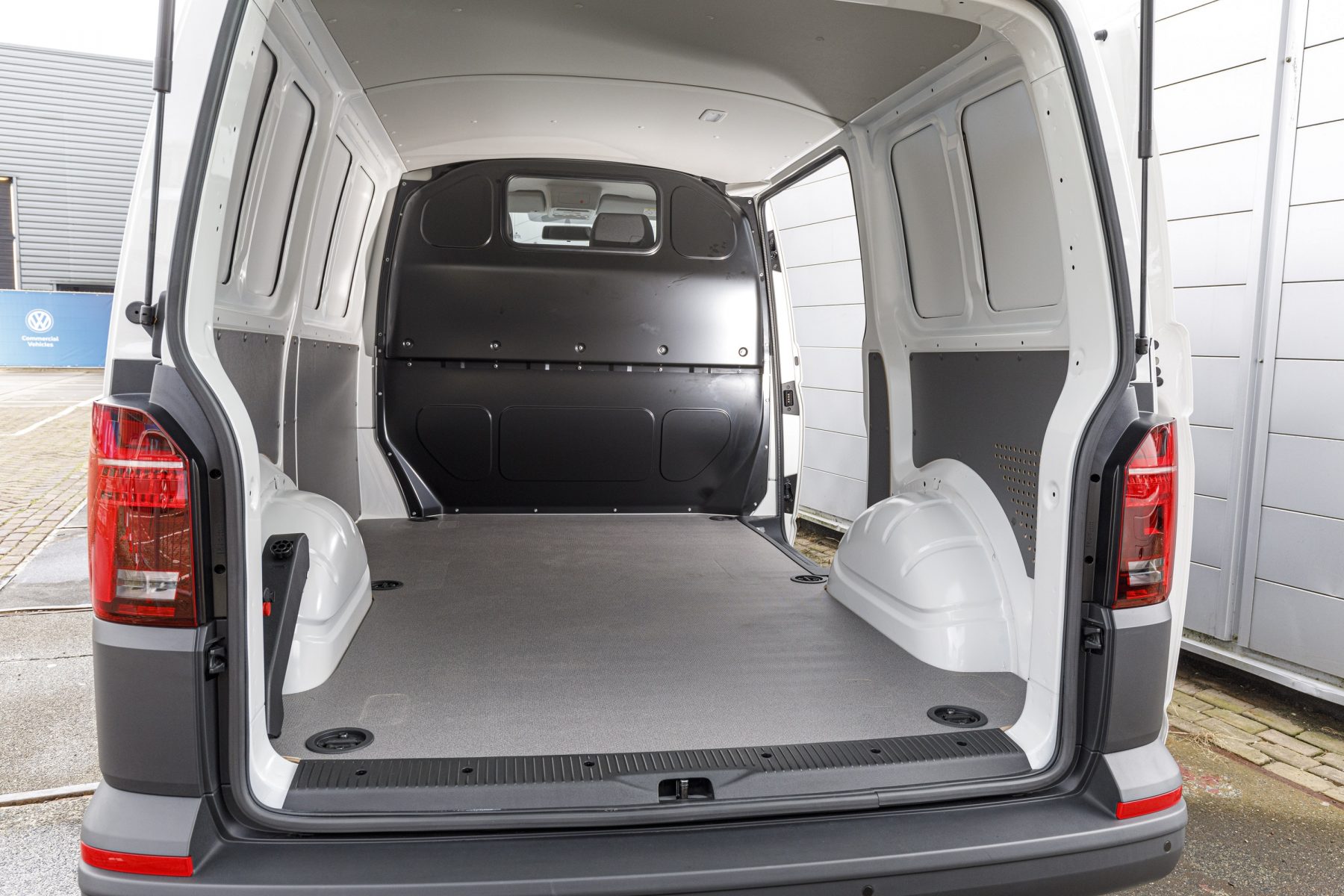
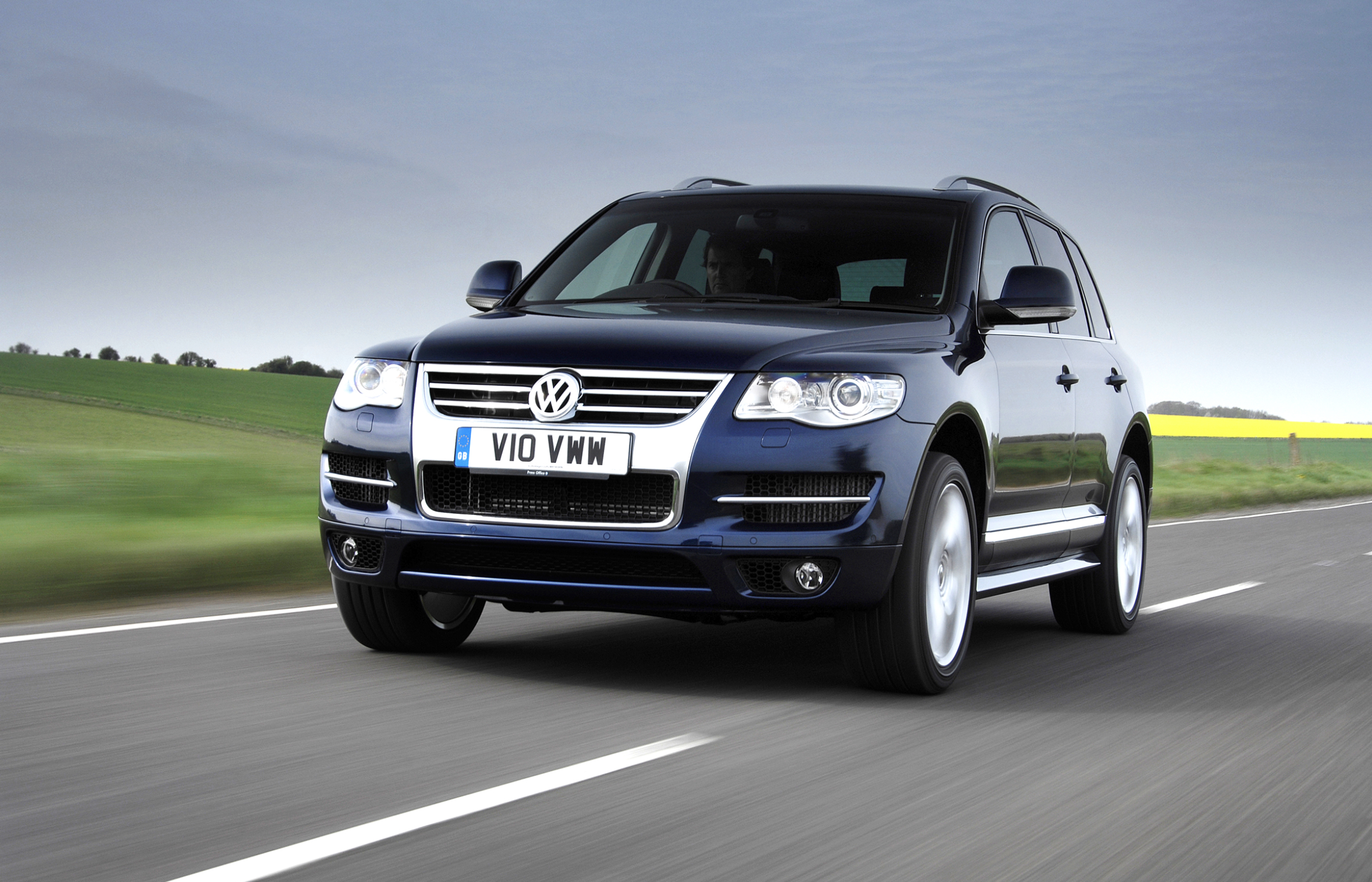
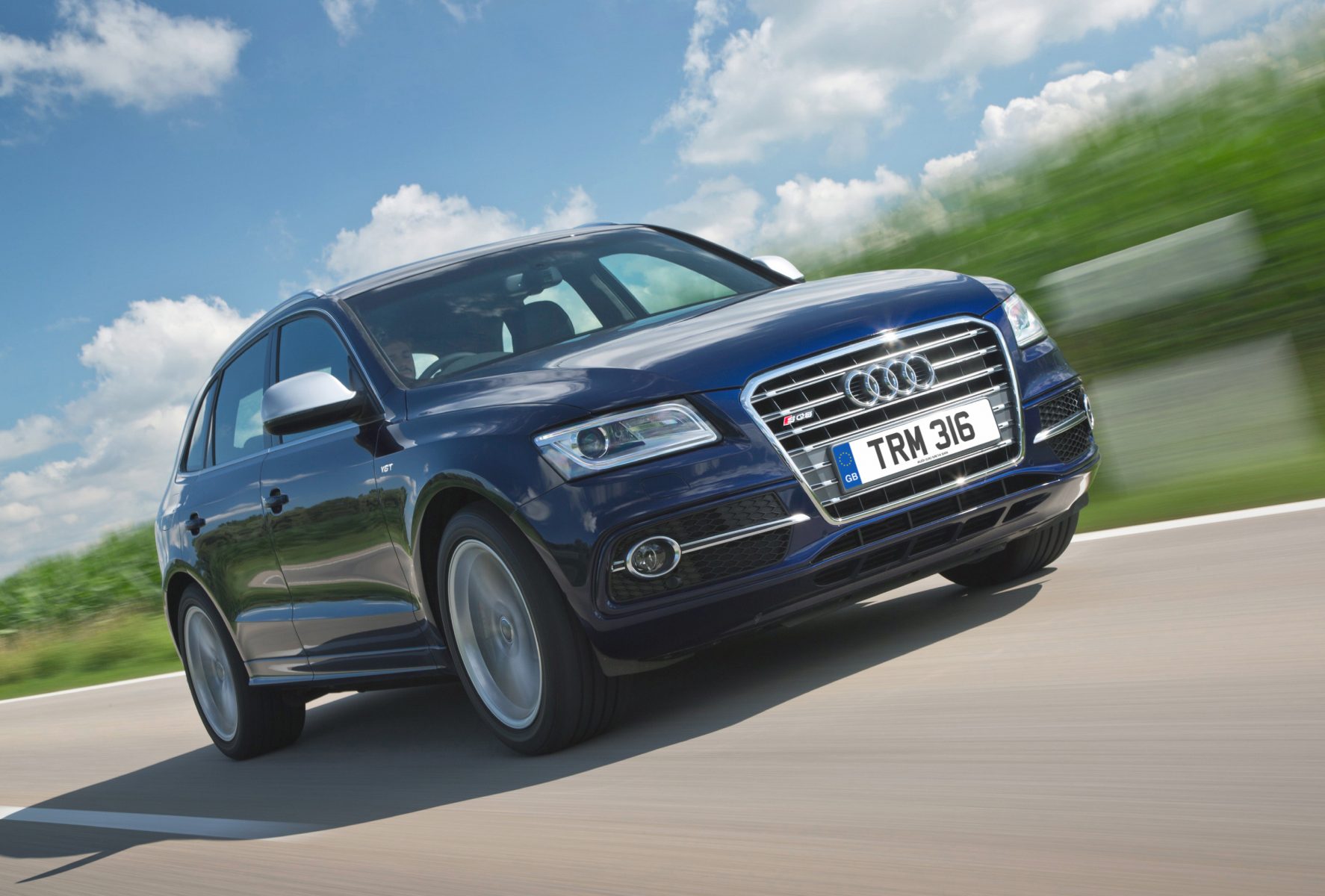
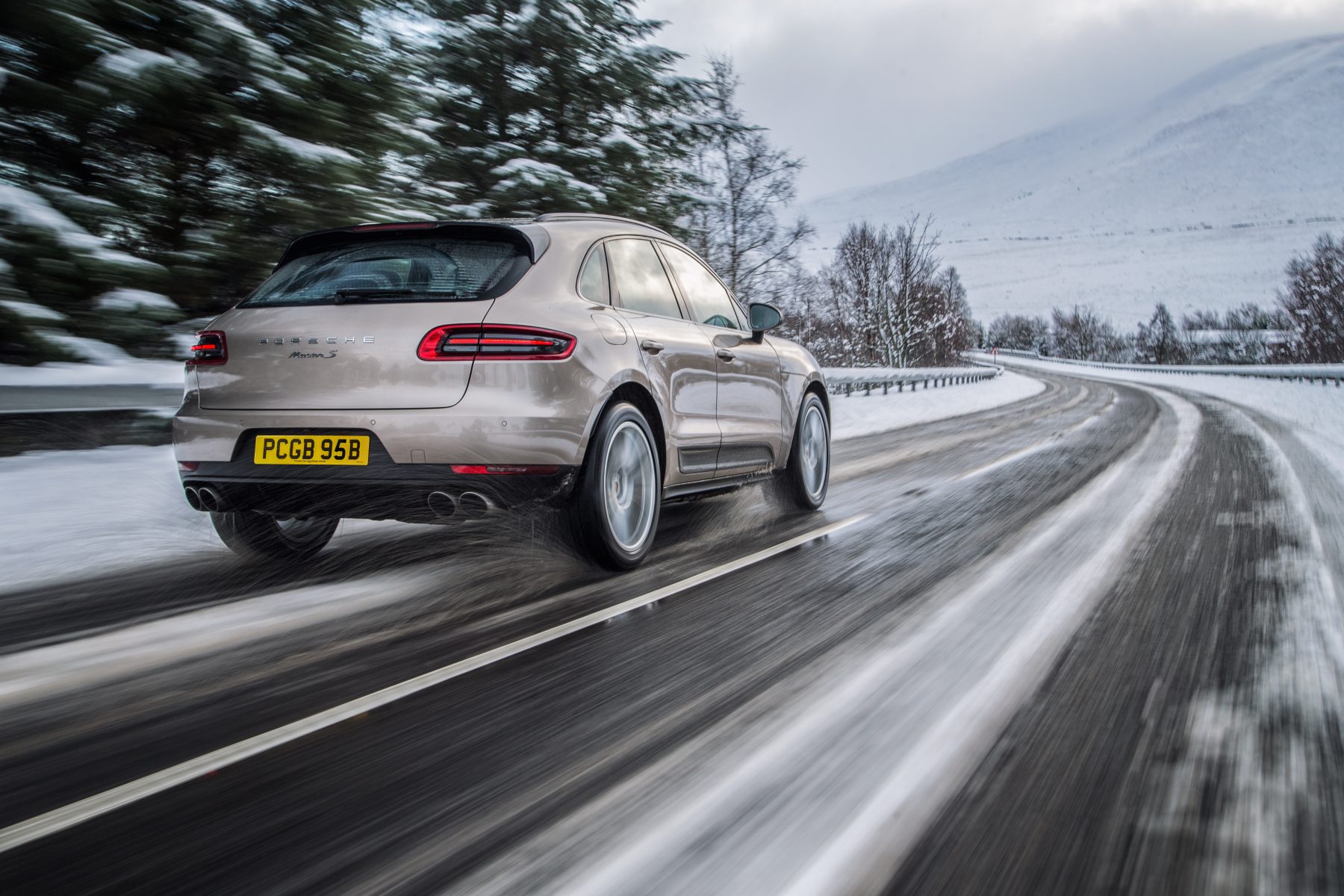
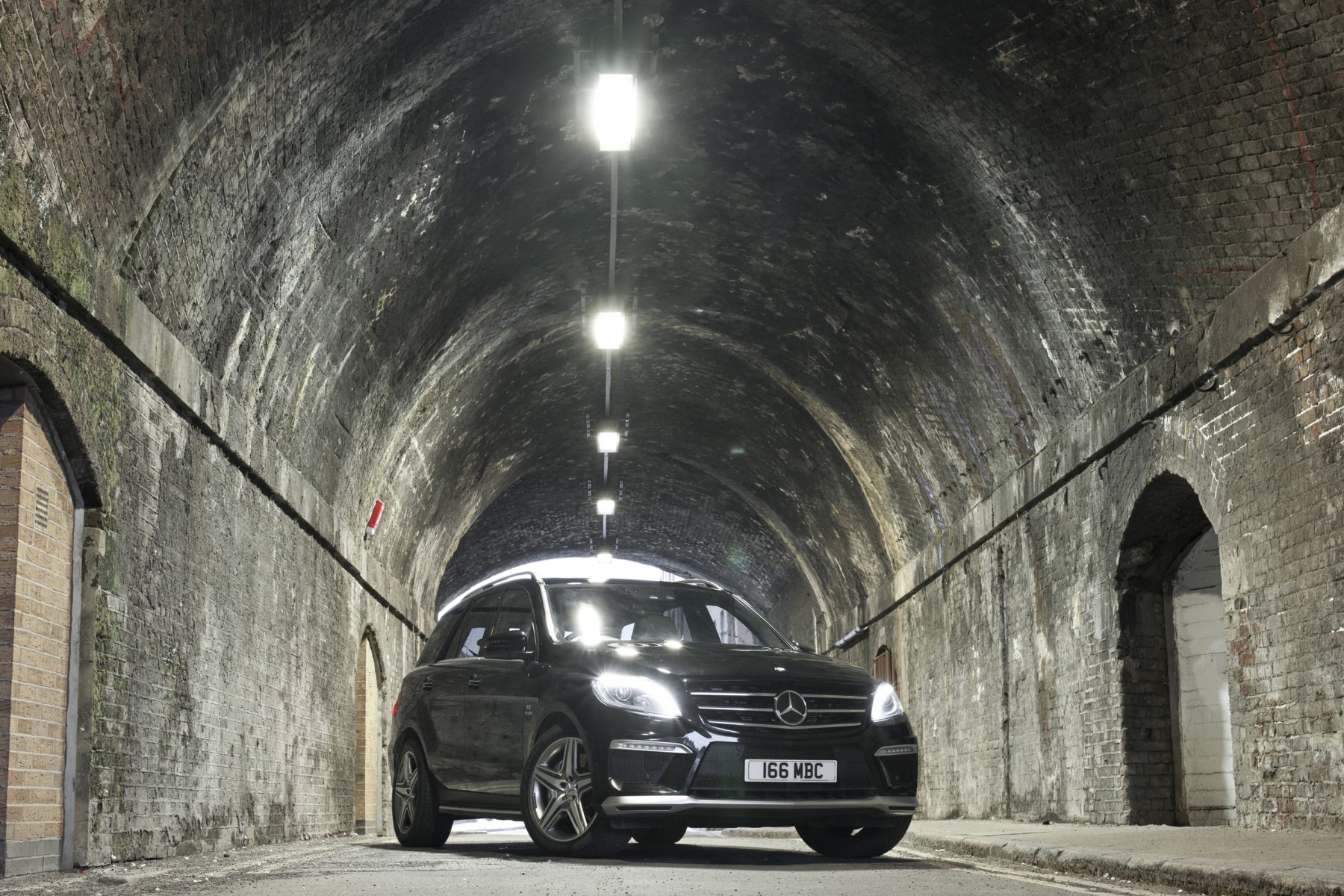
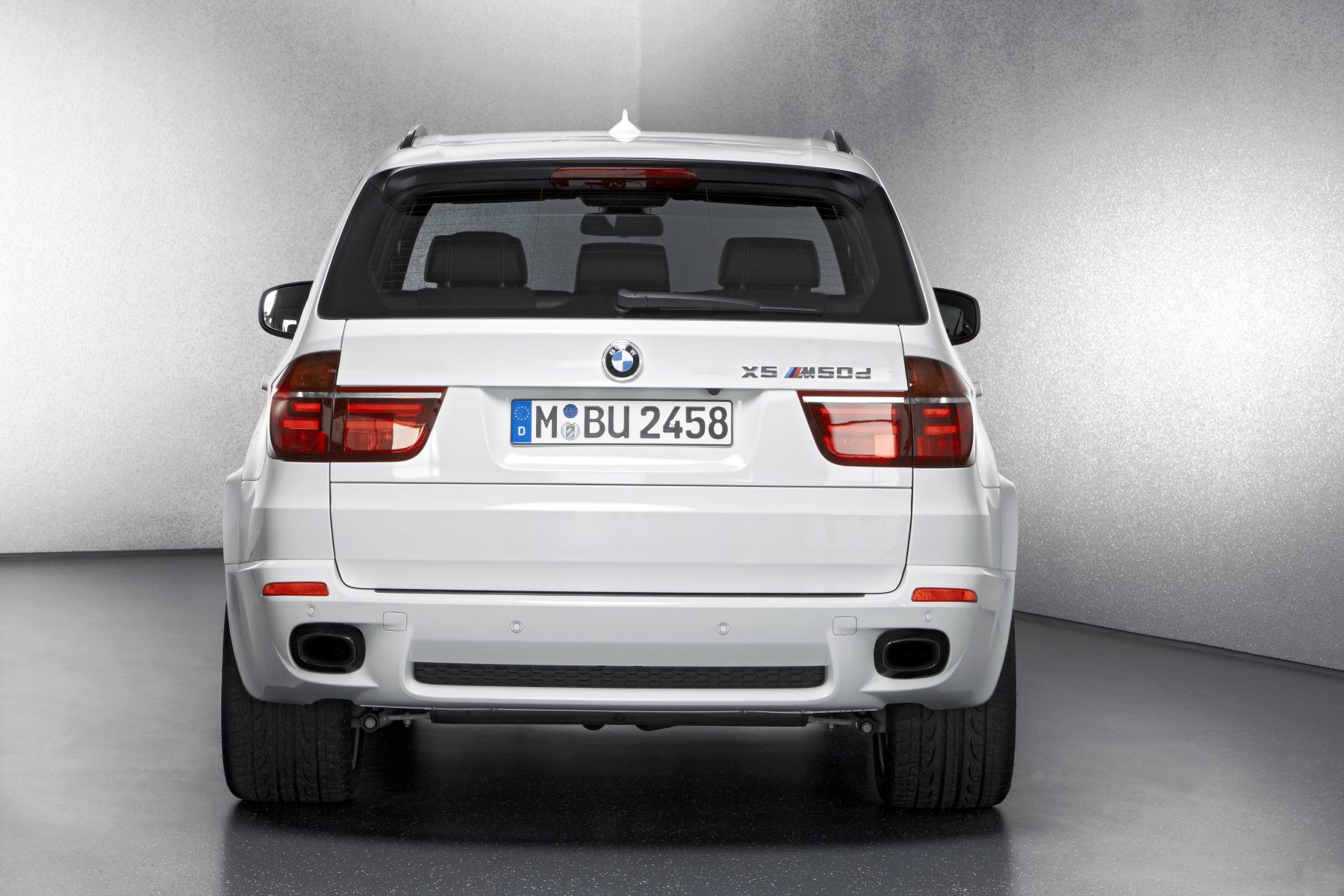
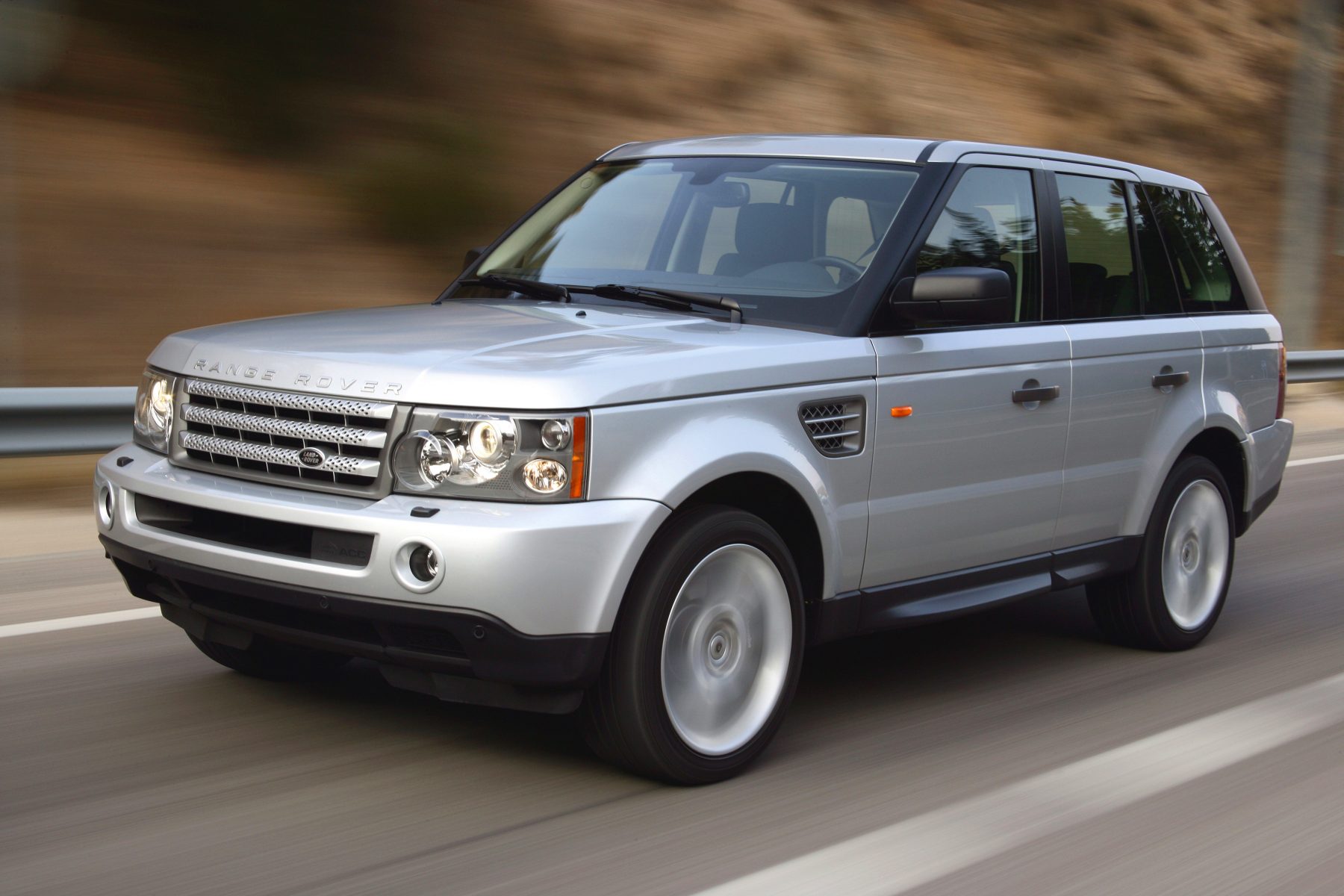
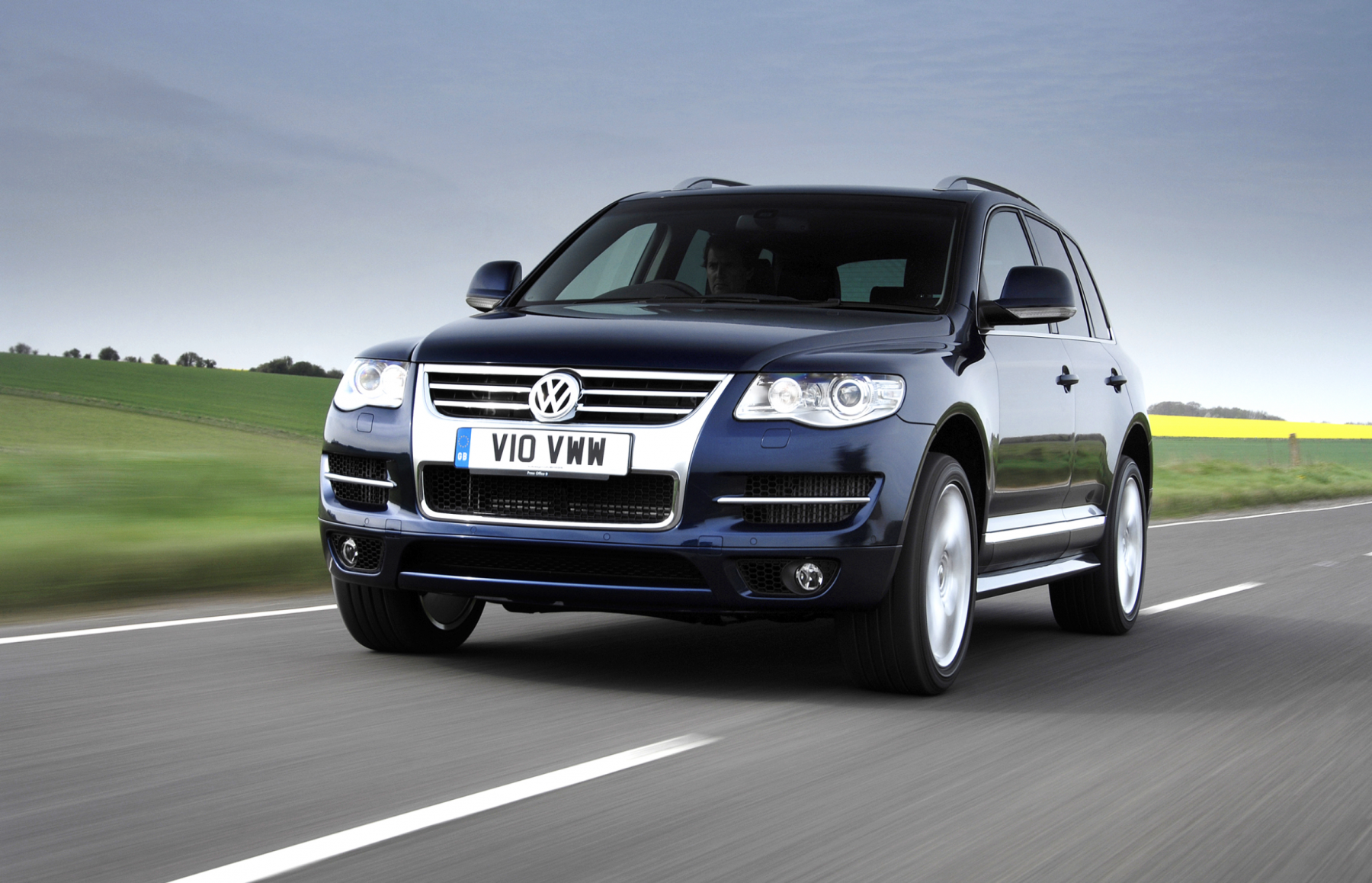
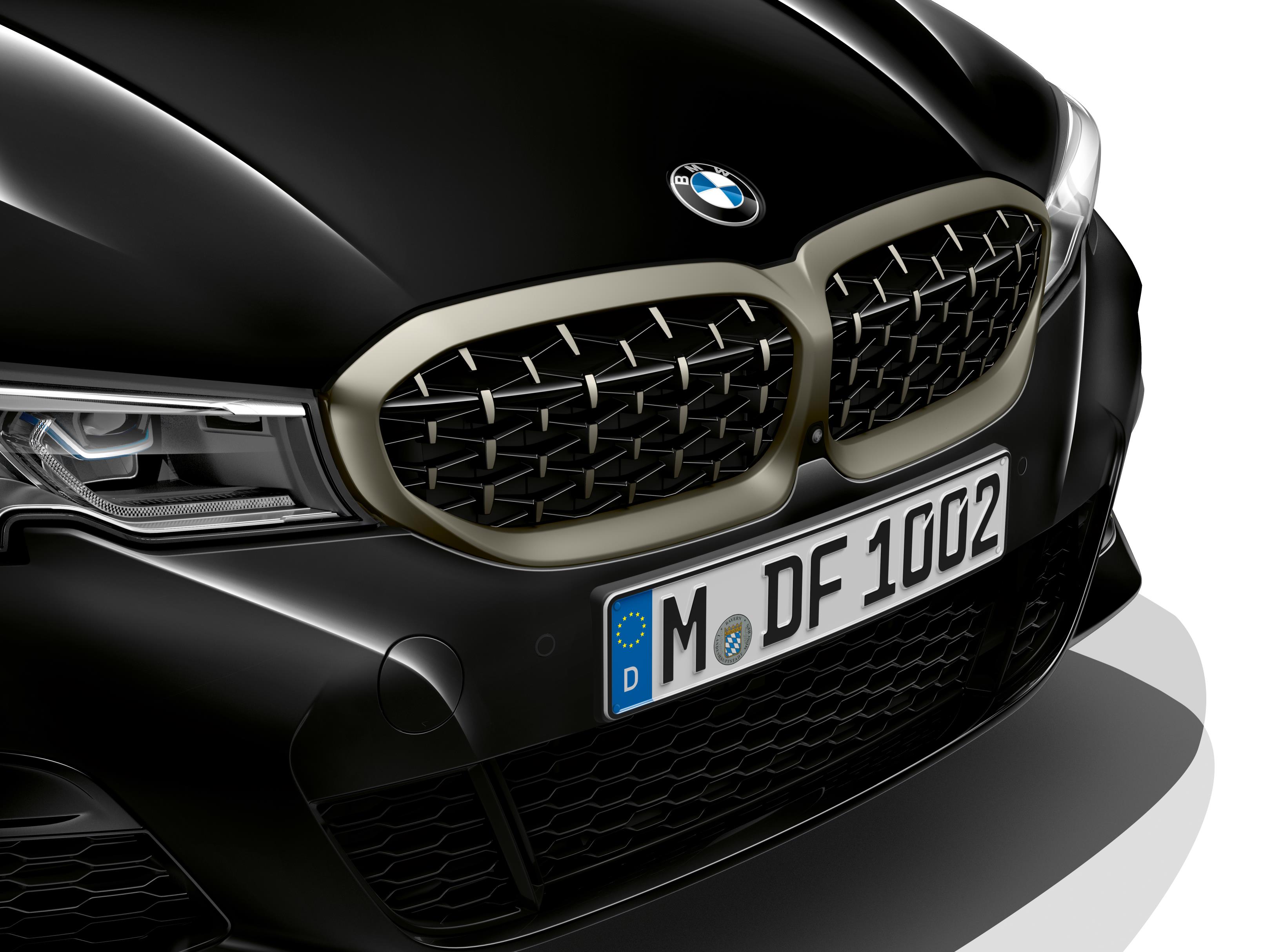
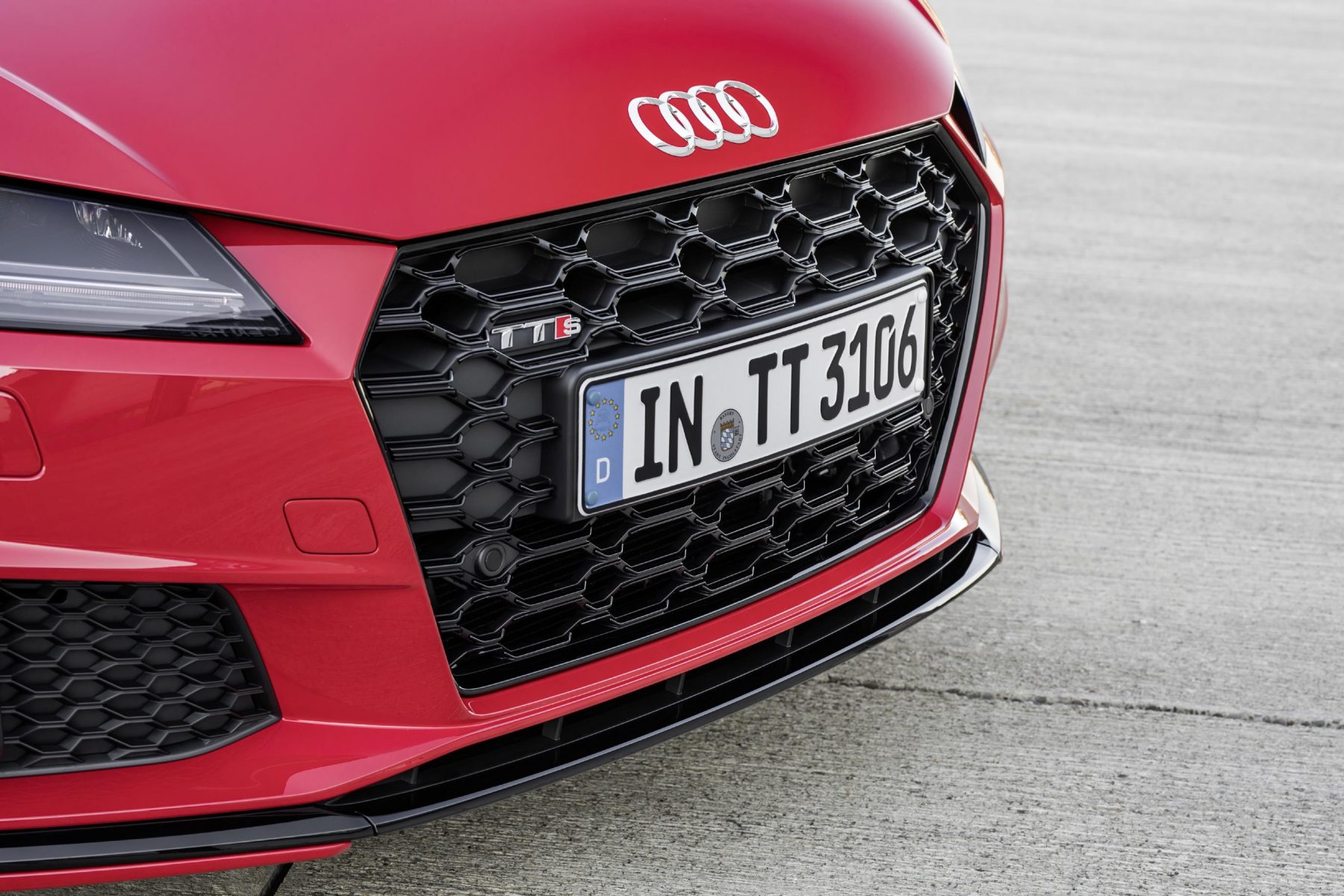
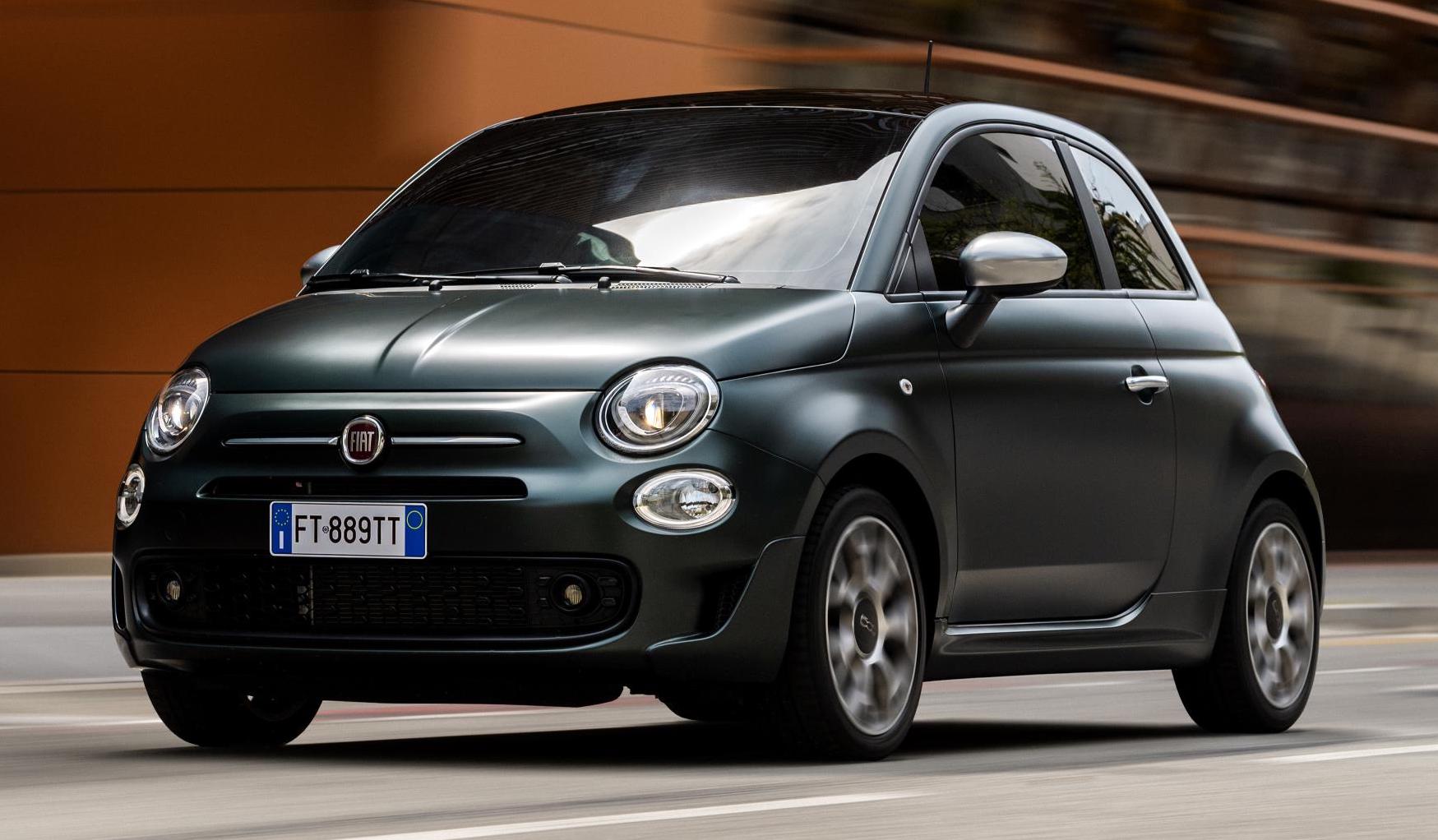
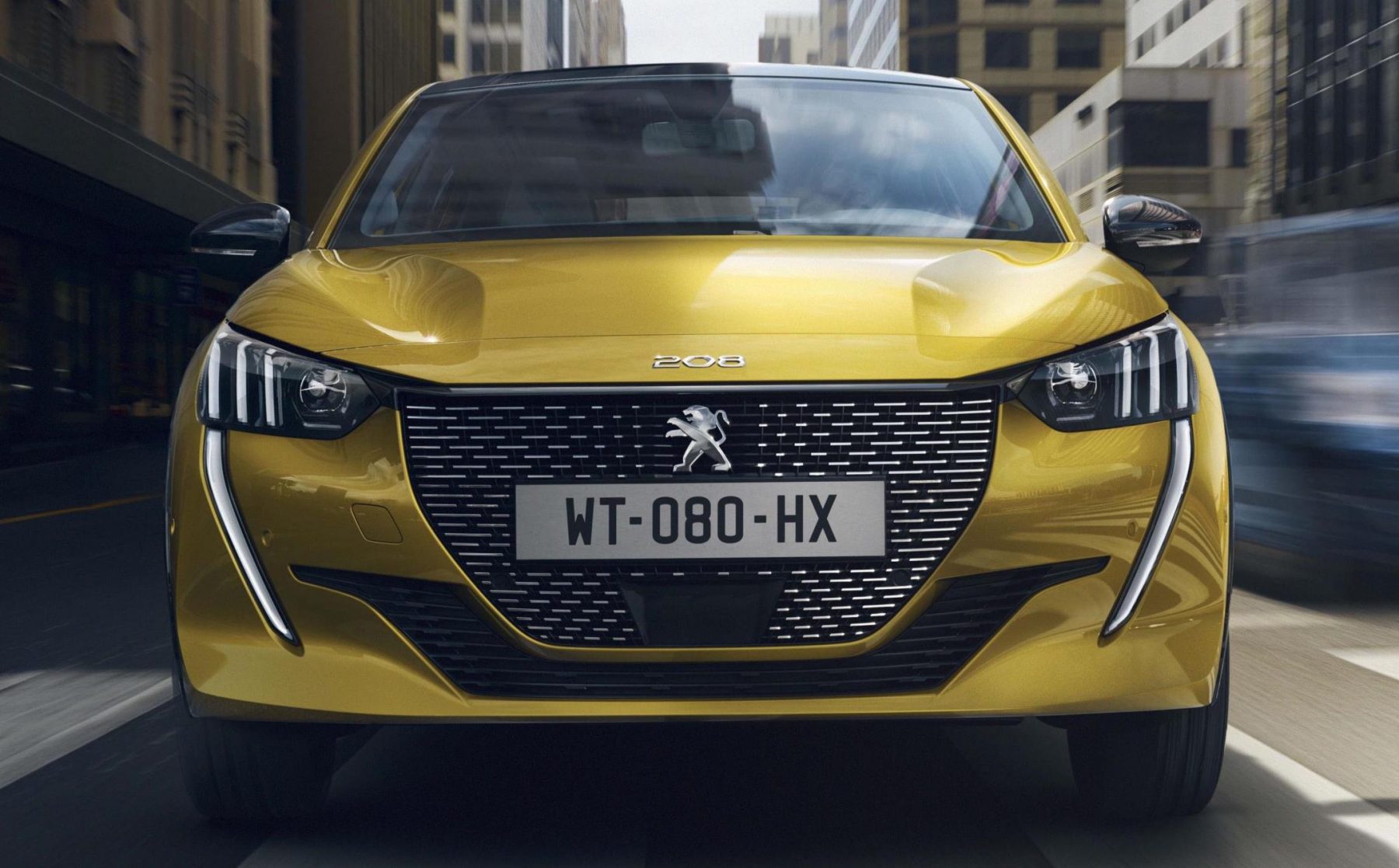
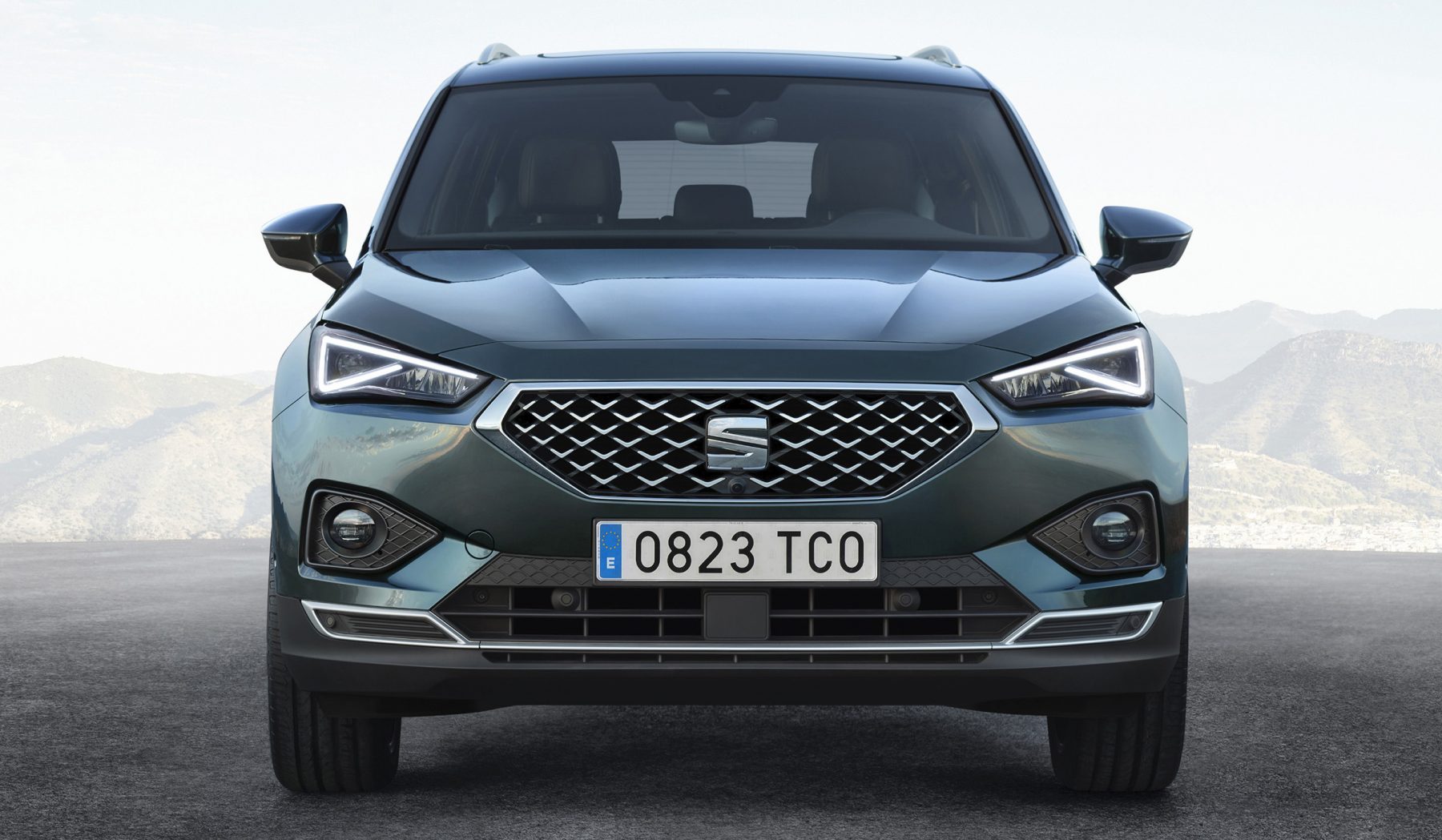
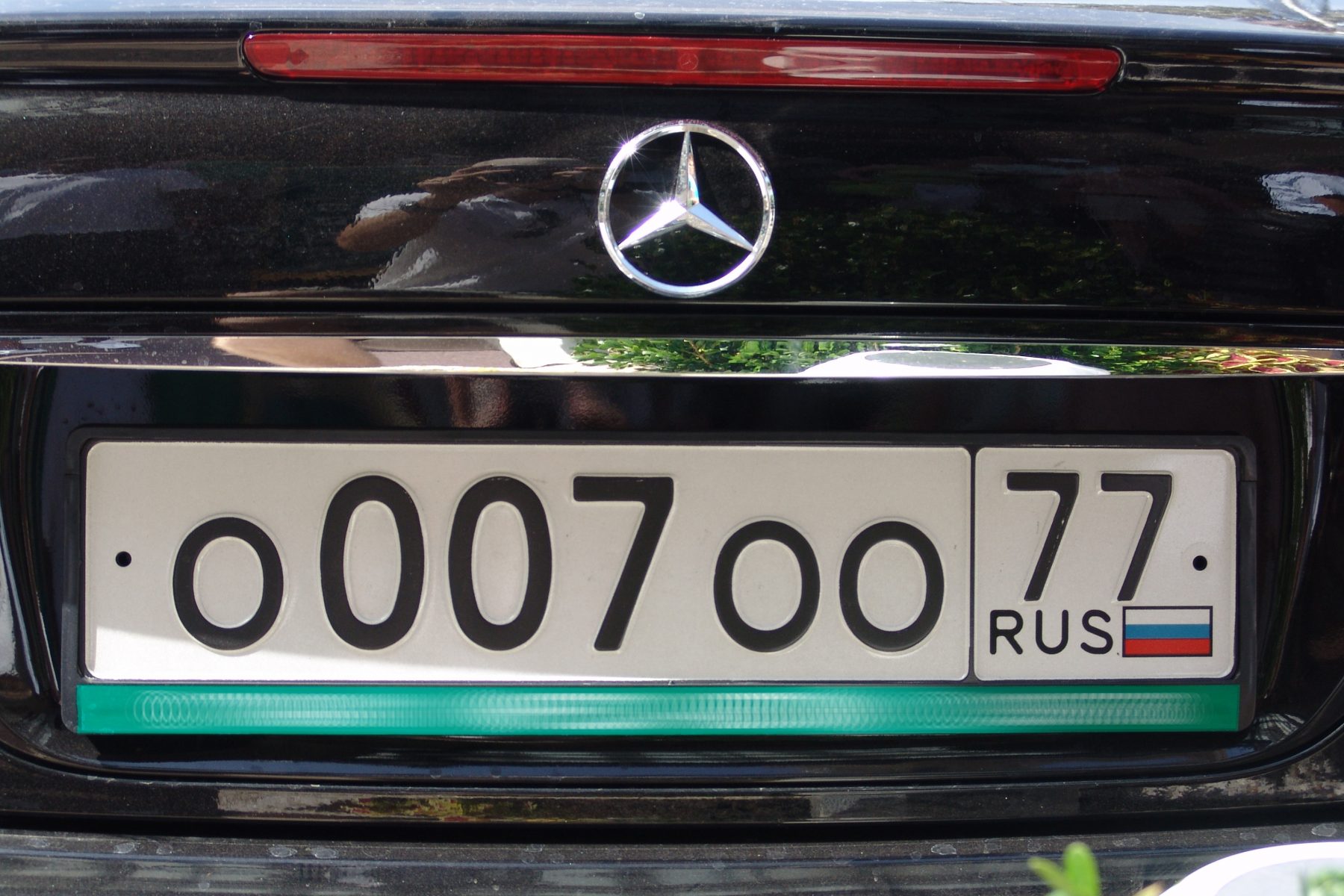

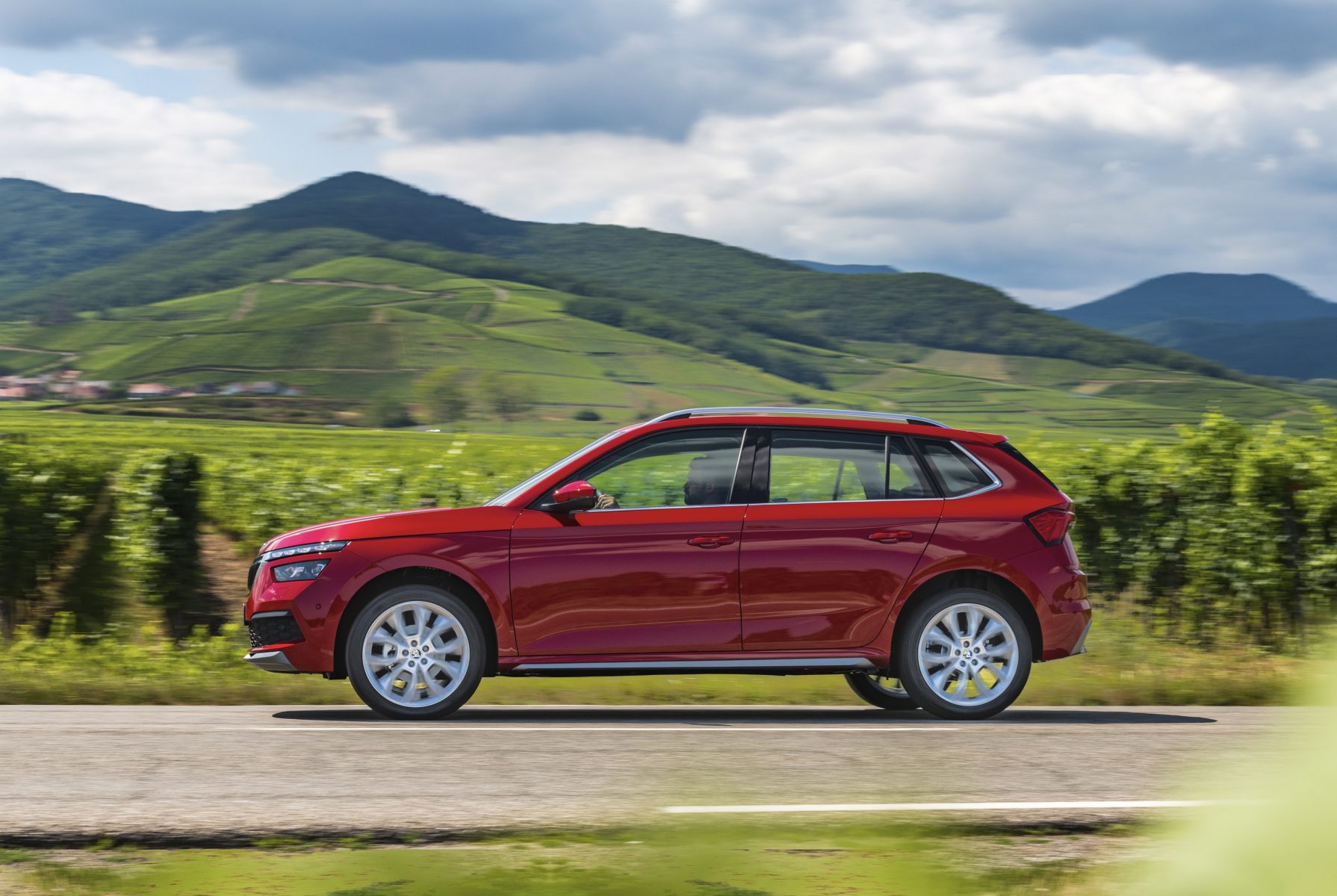
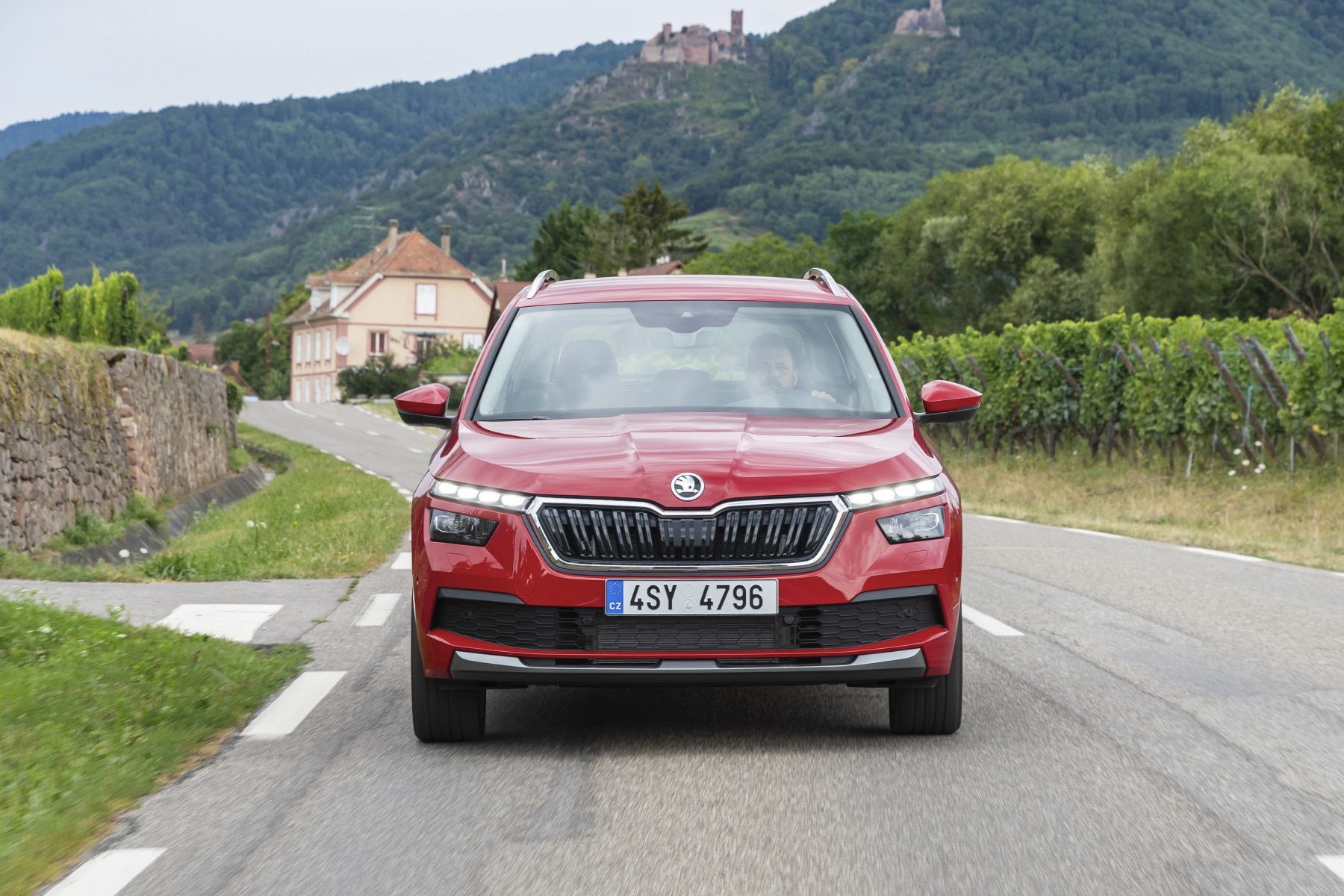
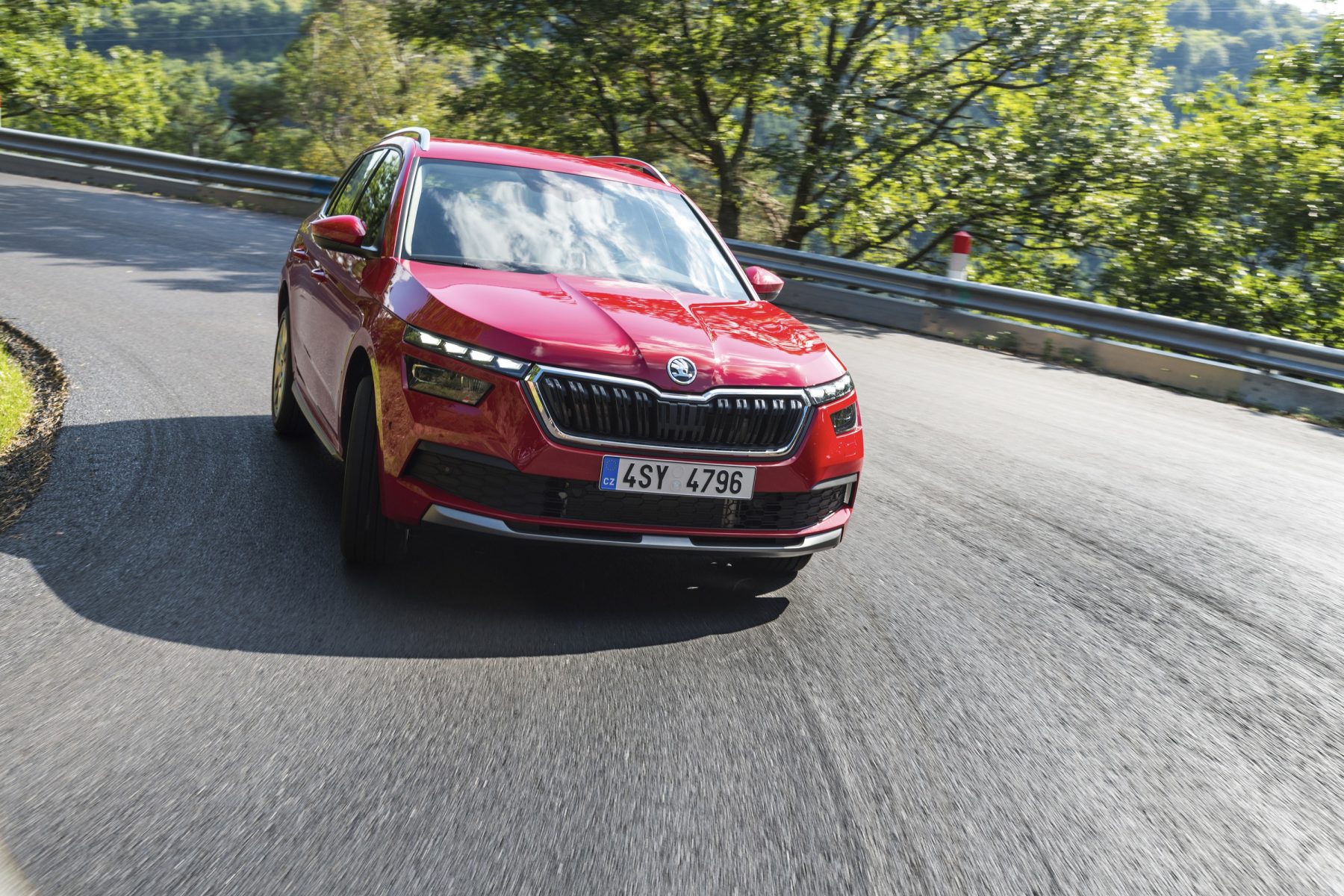
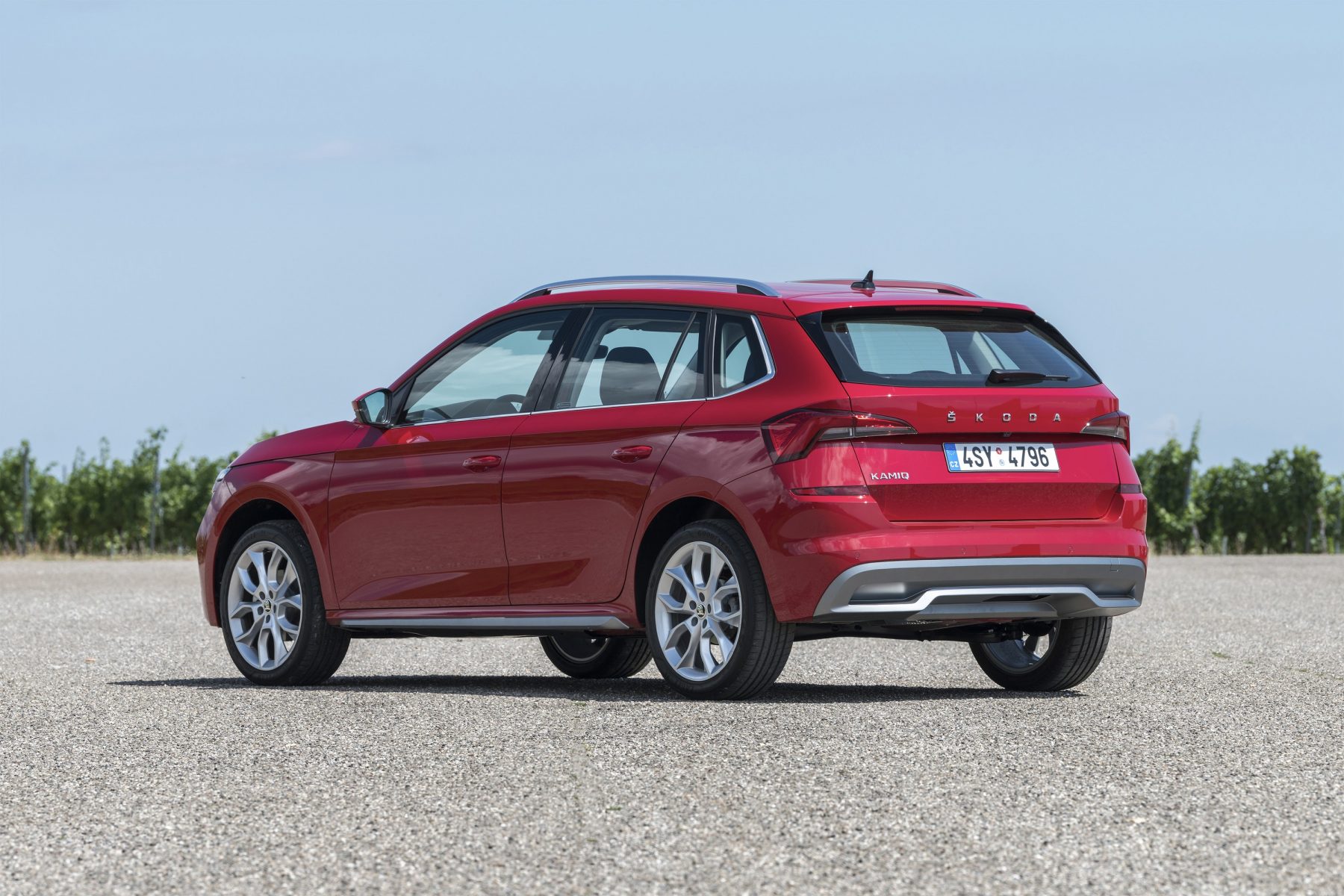
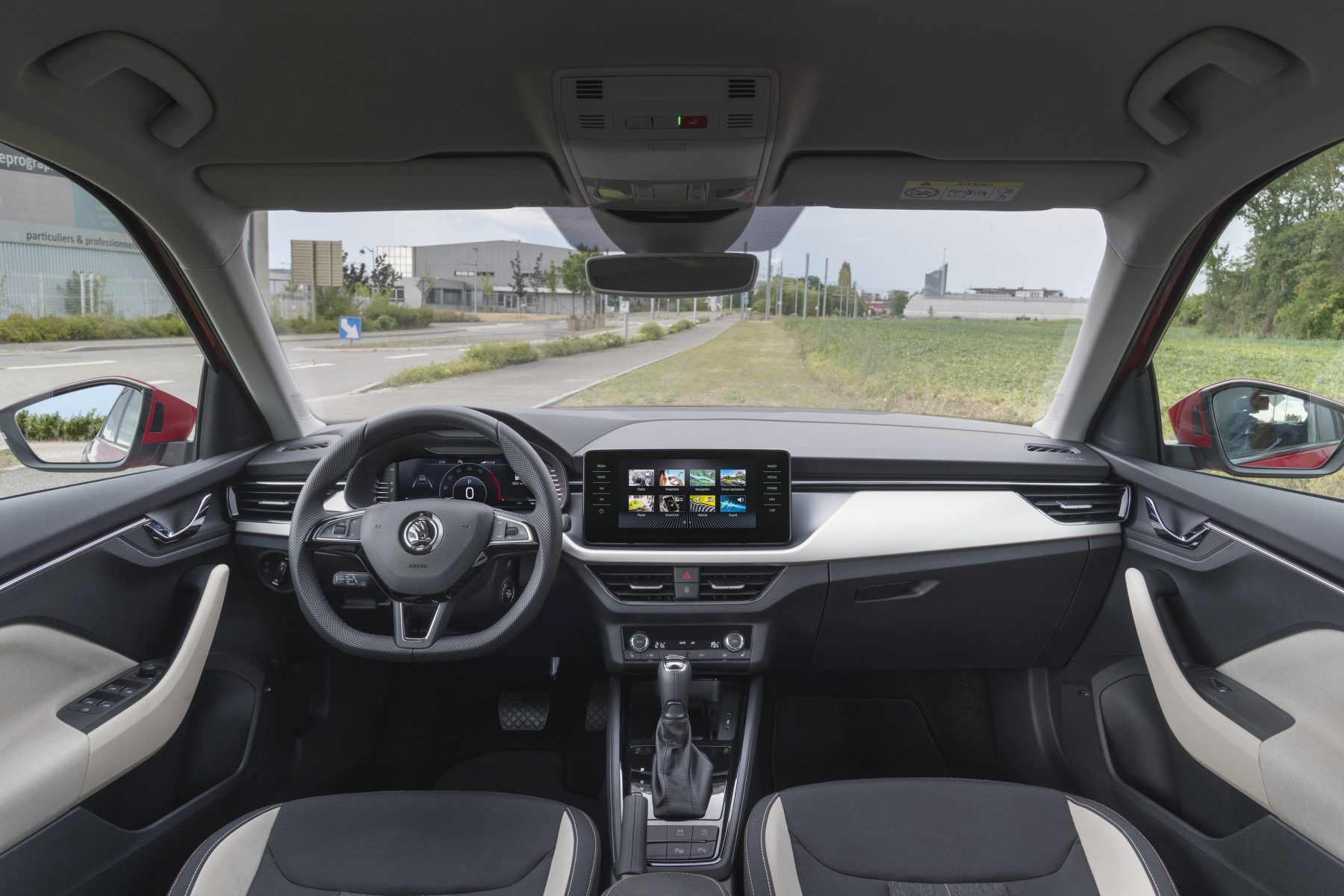

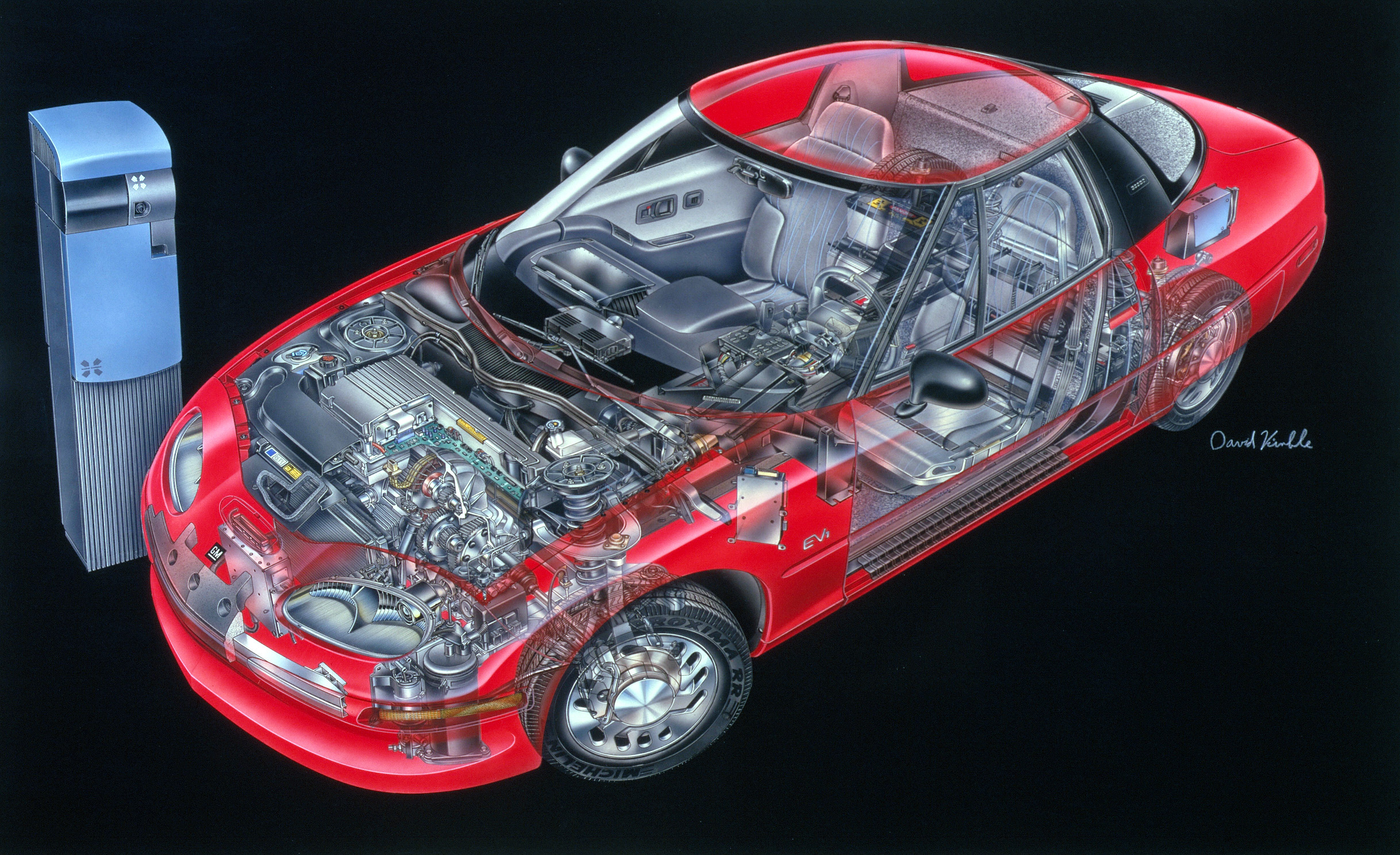
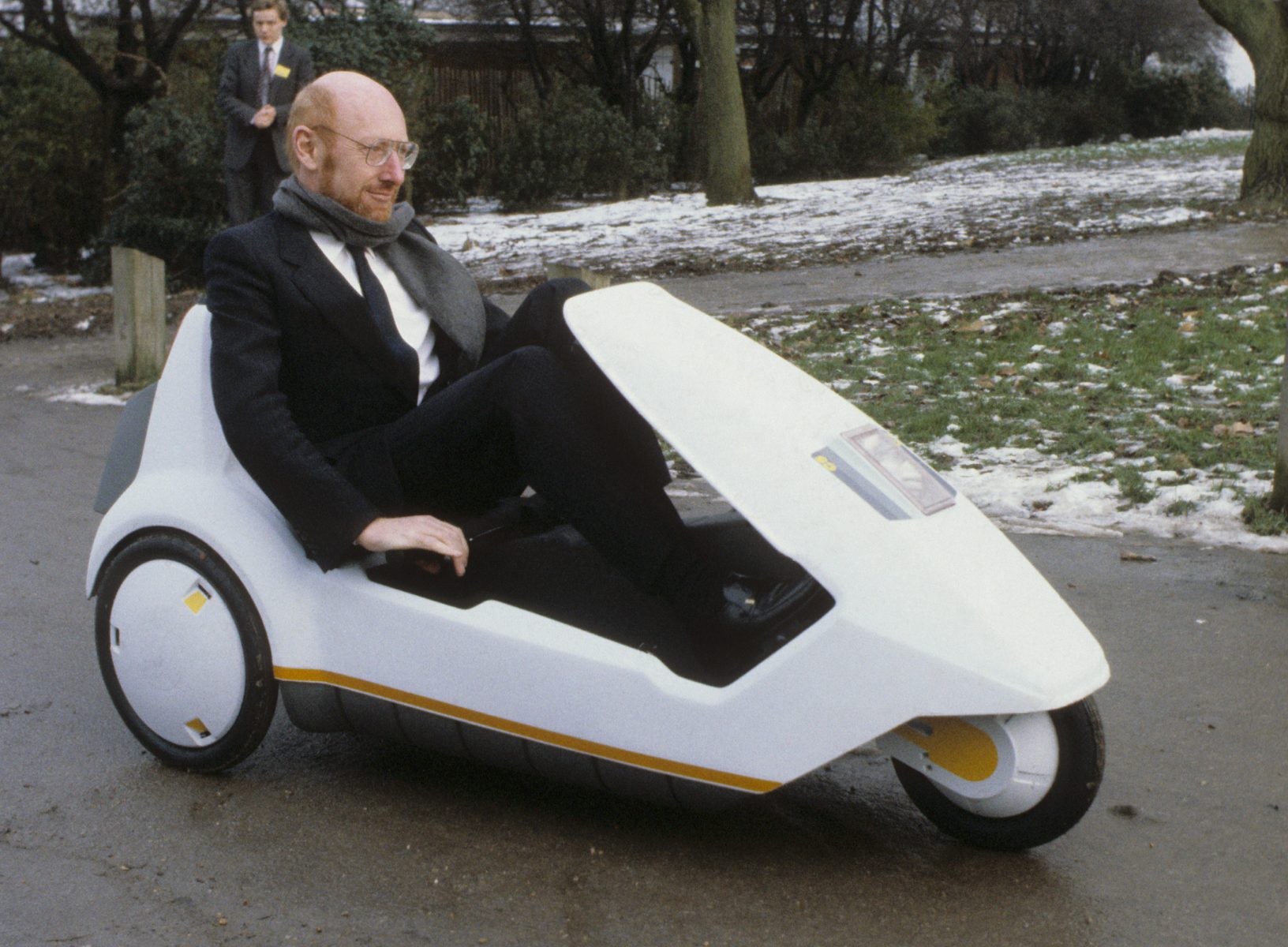 Sir Clive Sinclair made headway in the early days of computing with his eponymous company and products like the ZX Spectrum, but not all ventures equated to success for the entrepreneur.
Sir Clive Sinclair made headway in the early days of computing with his eponymous company and products like the ZX Spectrum, but not all ventures equated to success for the entrepreneur.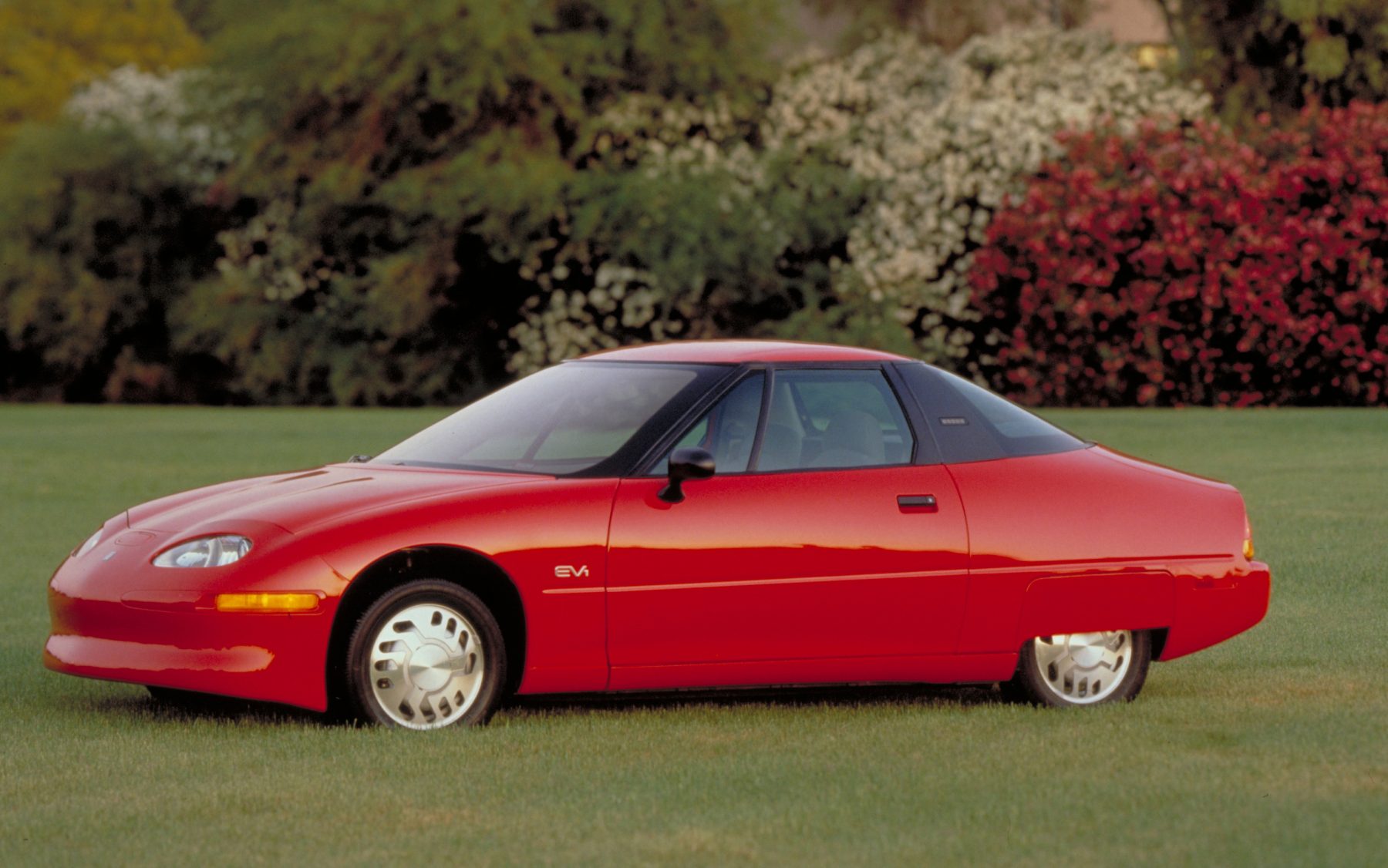 With a touted electric range as high as 160 miles (for post-1999, second-generation cars), and charging times that still don’t read terribly today, the General Motors EV 1 looked like a real leap-forward in emissions-free motoring when it debuted in 1996.
With a touted electric range as high as 160 miles (for post-1999, second-generation cars), and charging times that still don’t read terribly today, the General Motors EV 1 looked like a real leap-forward in emissions-free motoring when it debuted in 1996. It is rare that we feature racing cars in lists of this nature, but it’s equally rare for a manufacturer this big to make something this radical, and for it to go this badly wrong. Nissan was hardly coy with the project, either; the GT-R LM Nismo even played a starring role in a Super Bowl advert in 2015.
It is rare that we feature racing cars in lists of this nature, but it’s equally rare for a manufacturer this big to make something this radical, and for it to go this badly wrong. Nissan was hardly coy with the project, either; the GT-R LM Nismo even played a starring role in a Super Bowl advert in 2015.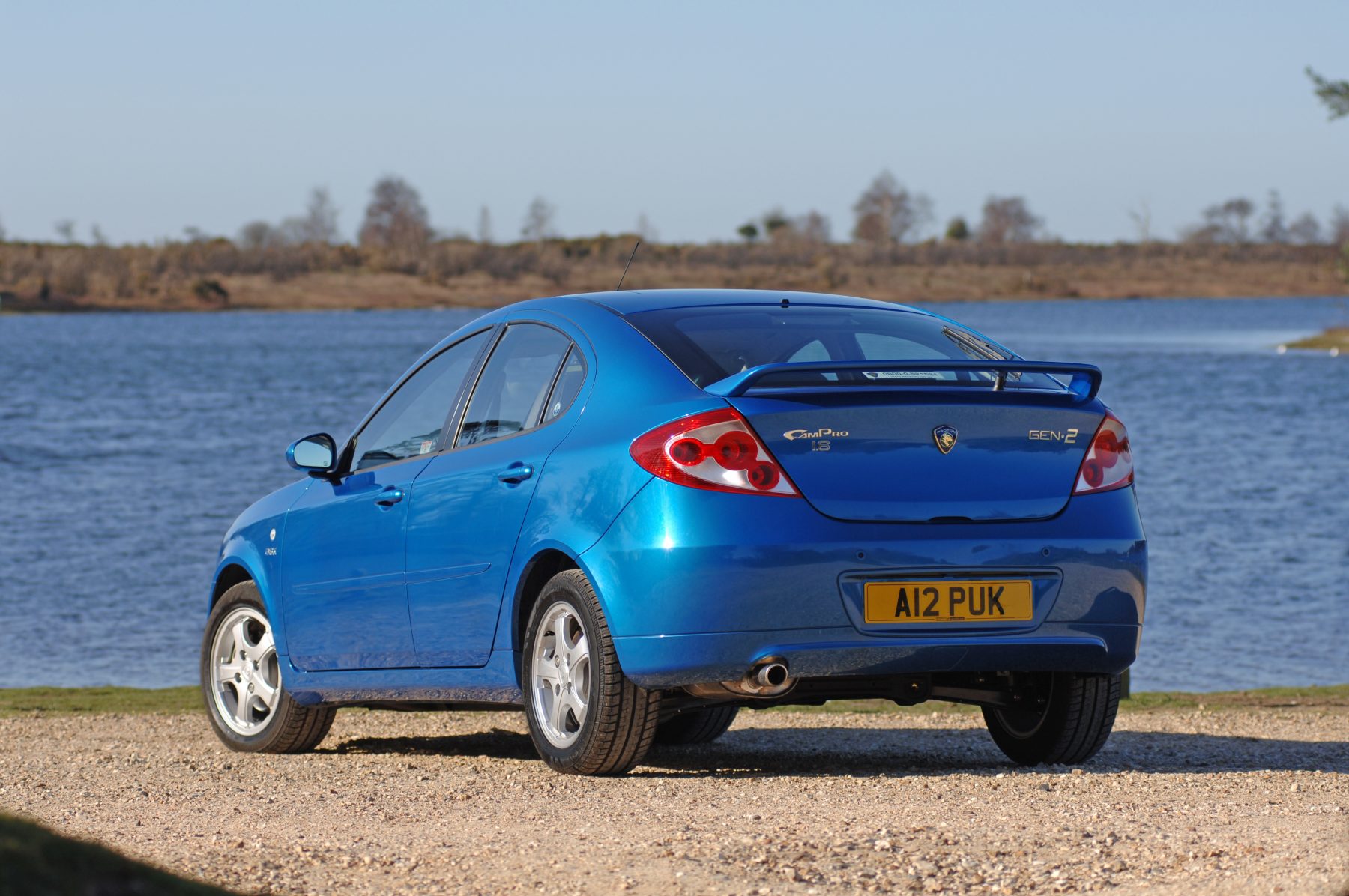 Sold in the UK as a unique ‘dual-fuel’ car, the Gen-2 could accept either petrol or LPG. The fact that it could be fuelled on the latter was touted as the main selling point for the Proton, which was a problem for two reasons.
Sold in the UK as a unique ‘dual-fuel’ car, the Gen-2 could accept either petrol or LPG. The fact that it could be fuelled on the latter was touted as the main selling point for the Proton, which was a problem for two reasons.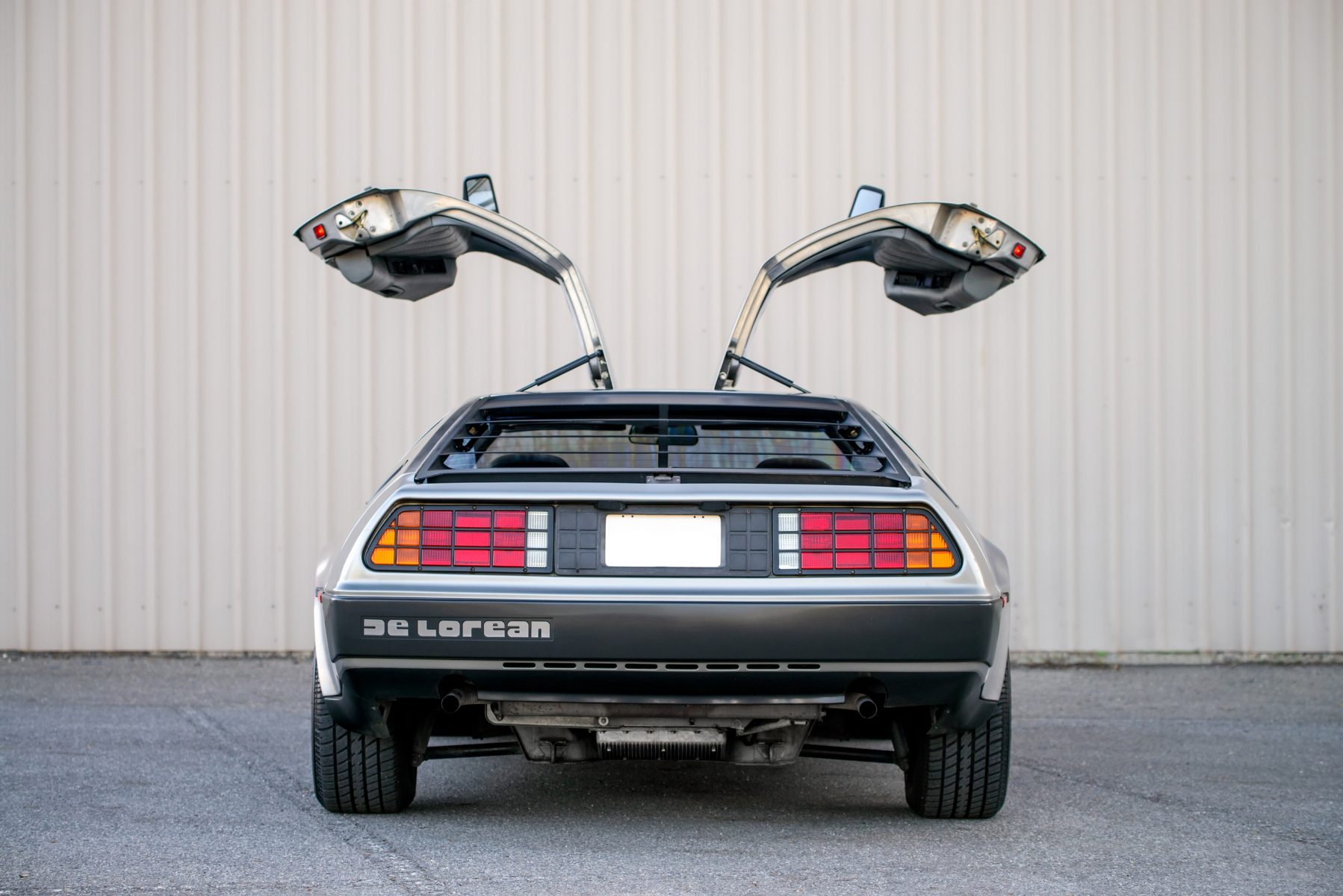 The worst thing a manufacturer can do is yell from the rooftops about proposed innovations, and then fail to deliver.
The worst thing a manufacturer can do is yell from the rooftops about proposed innovations, and then fail to deliver.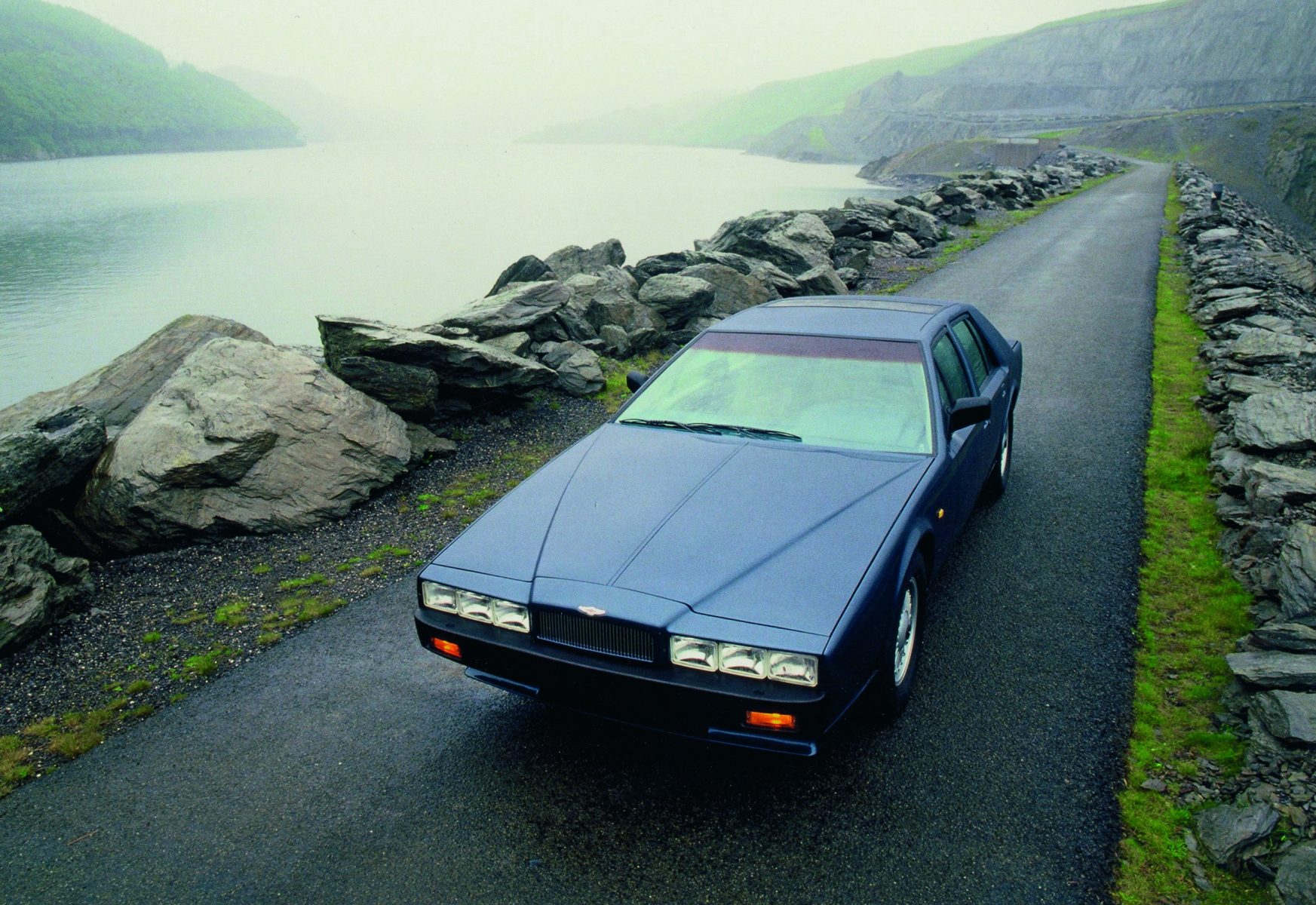 With a look that can generously be described as bold, the Lagonda really owed it to itself to be as radical as its design would have you believe. And to Aston Martin’s credit, it certainly tried.
With a look that can generously be described as bold, the Lagonda really owed it to itself to be as radical as its design would have you believe. And to Aston Martin’s credit, it certainly tried.